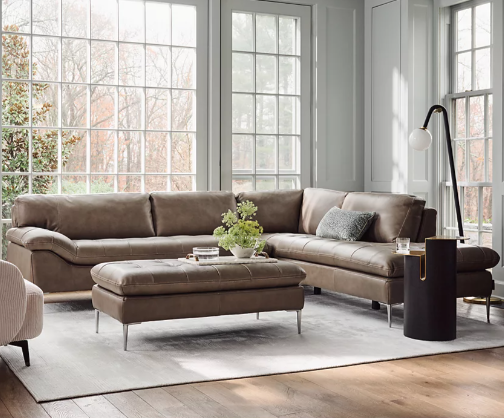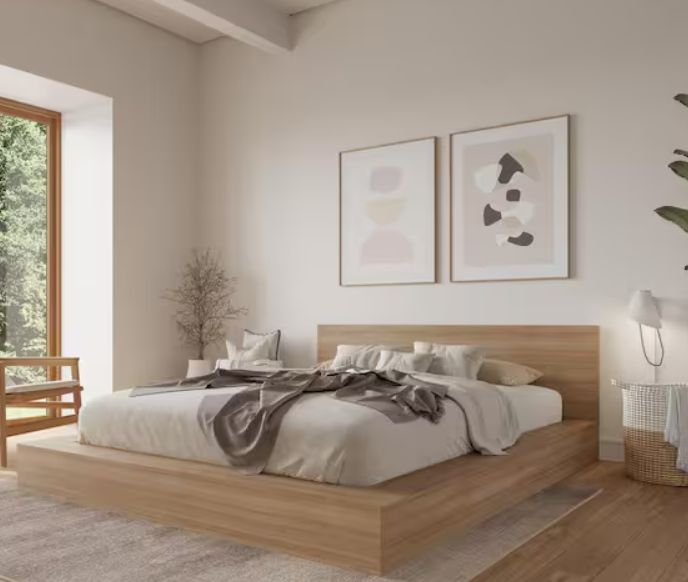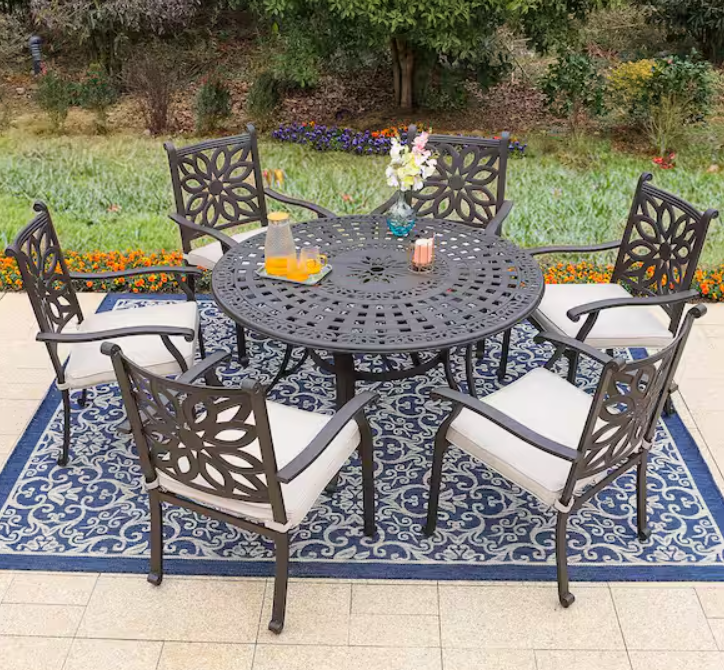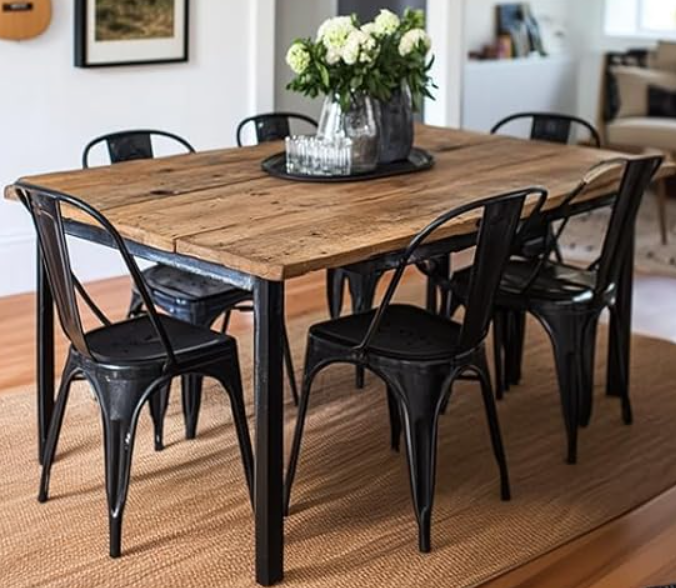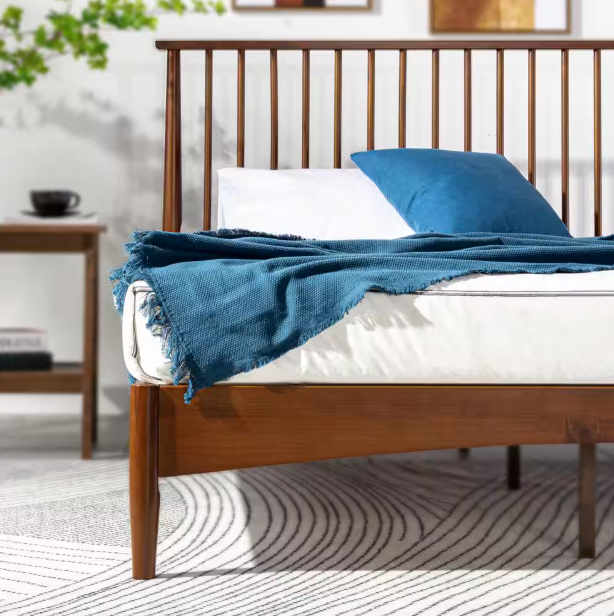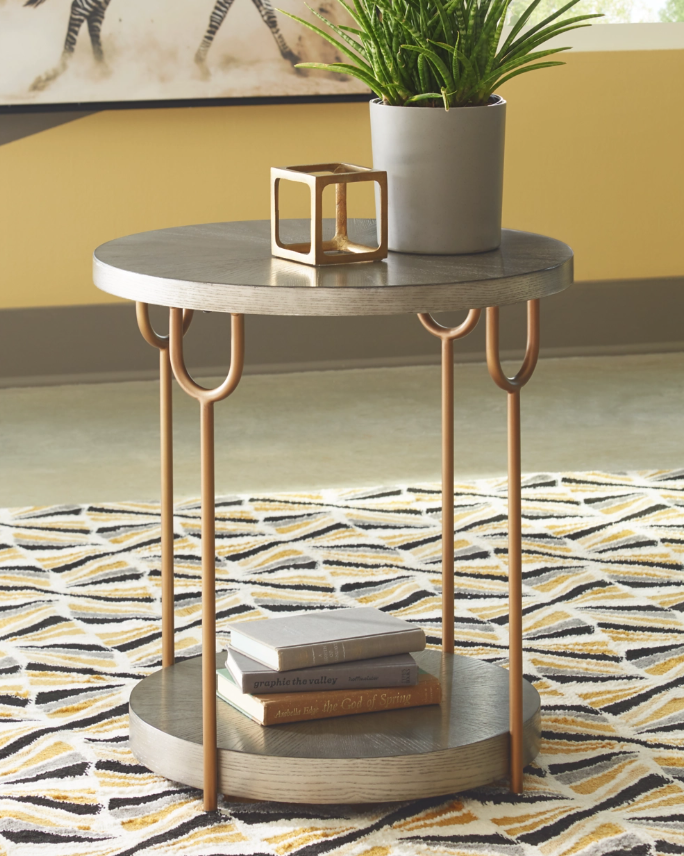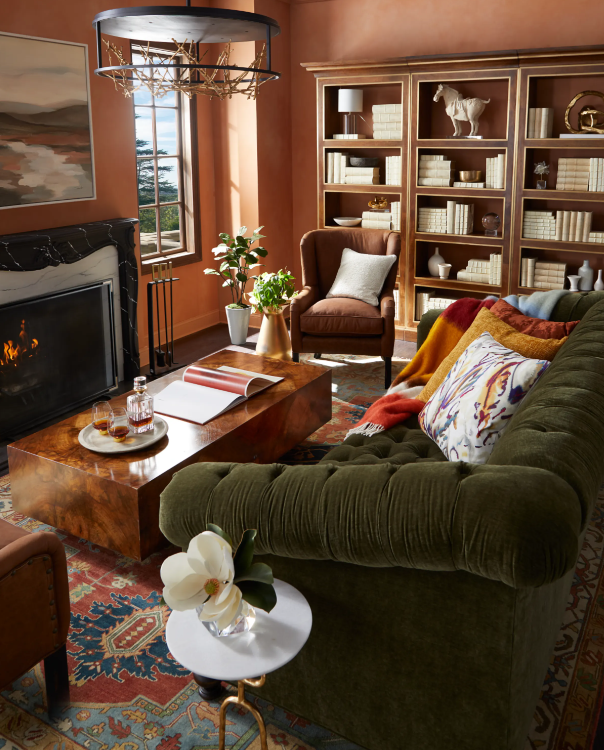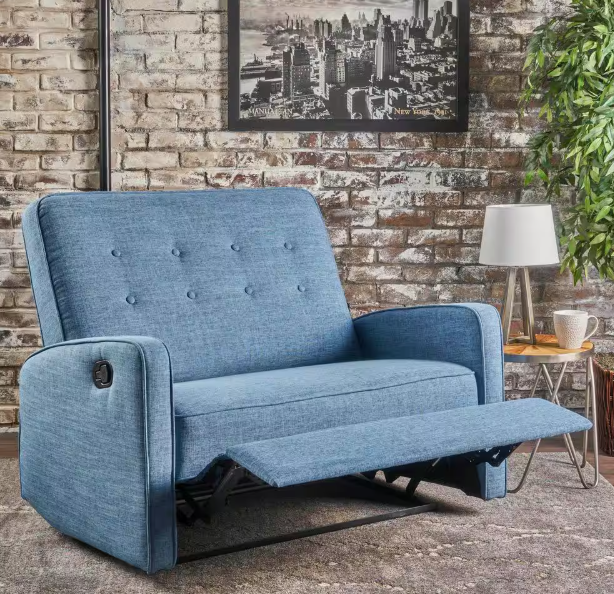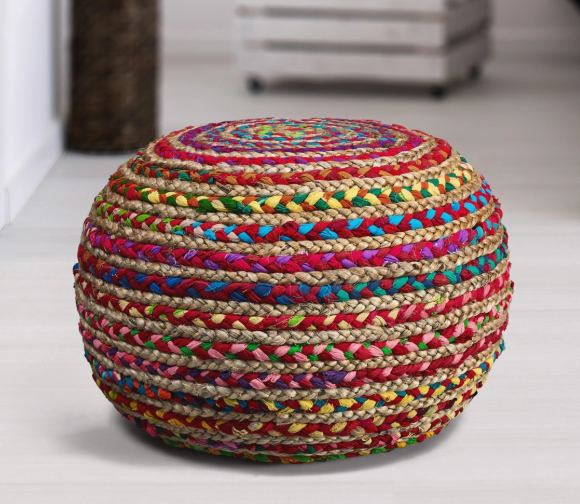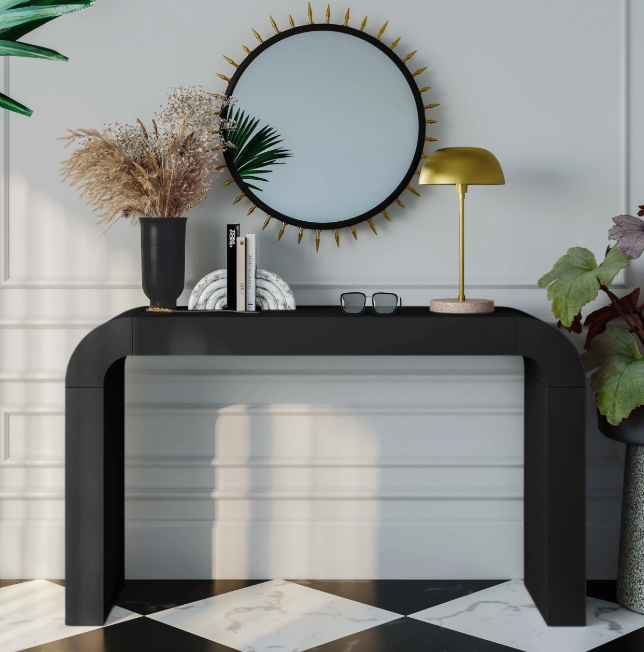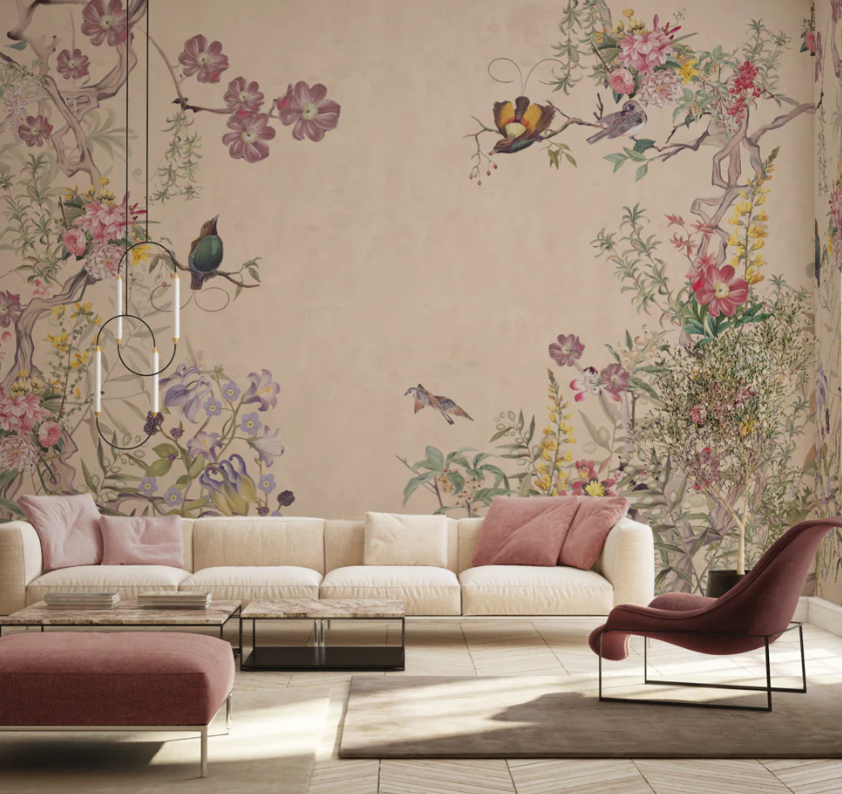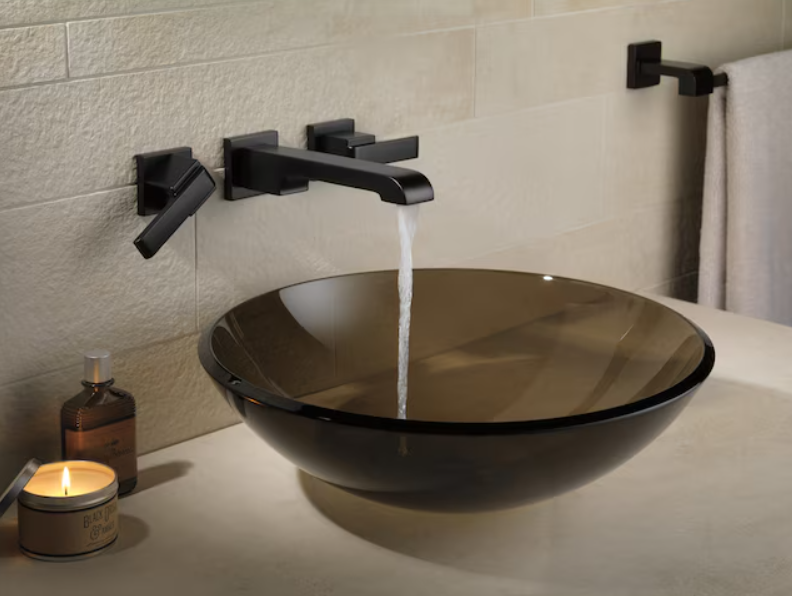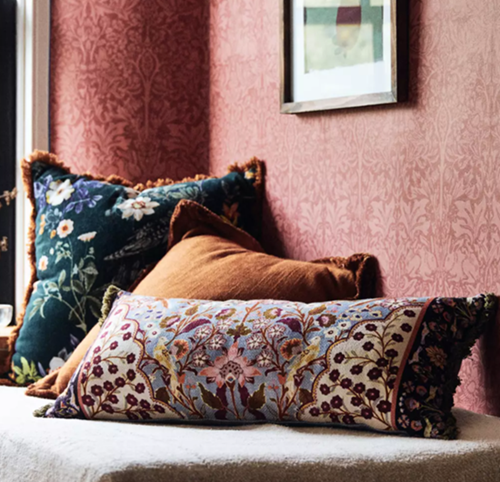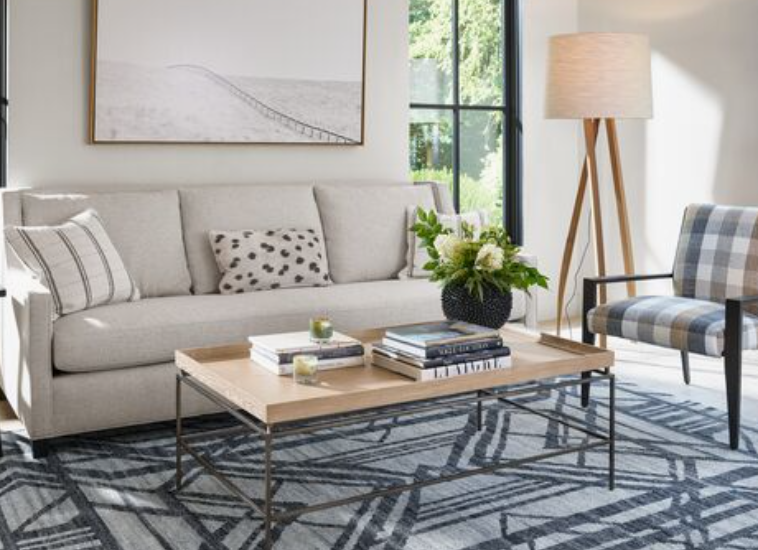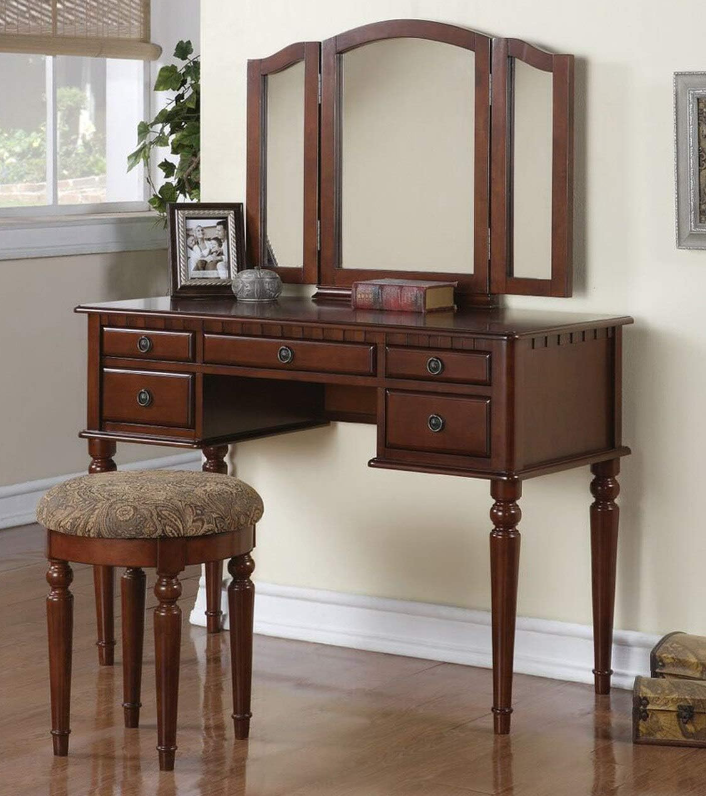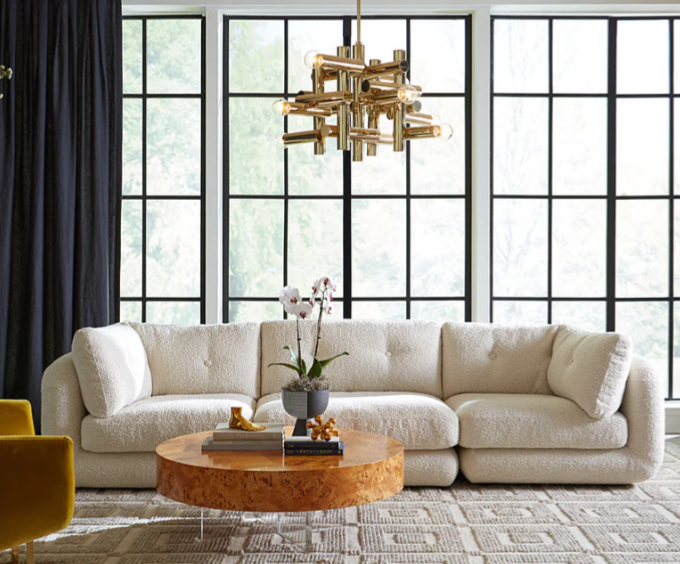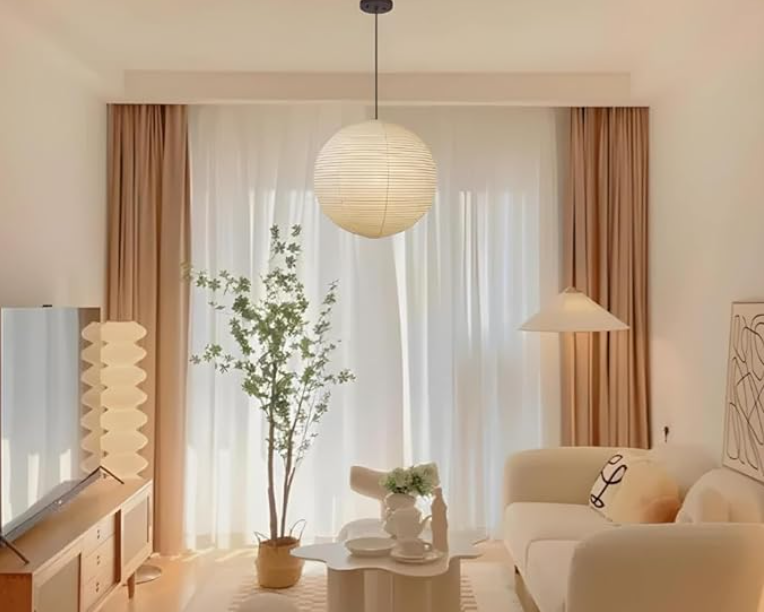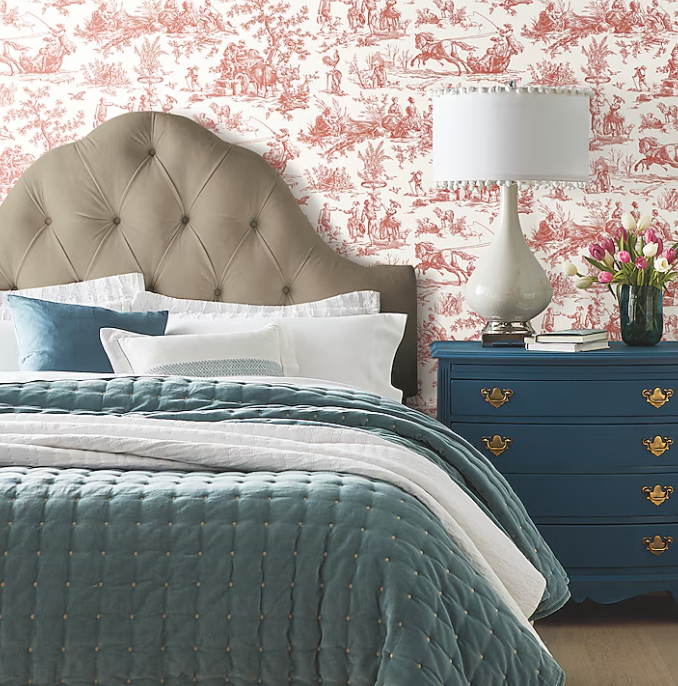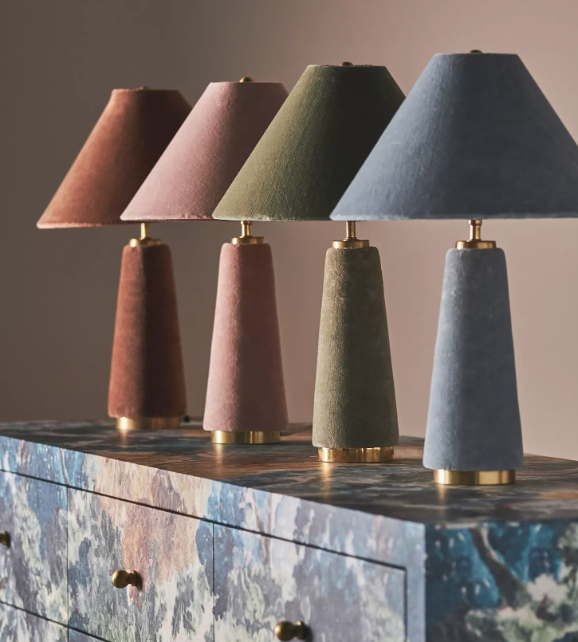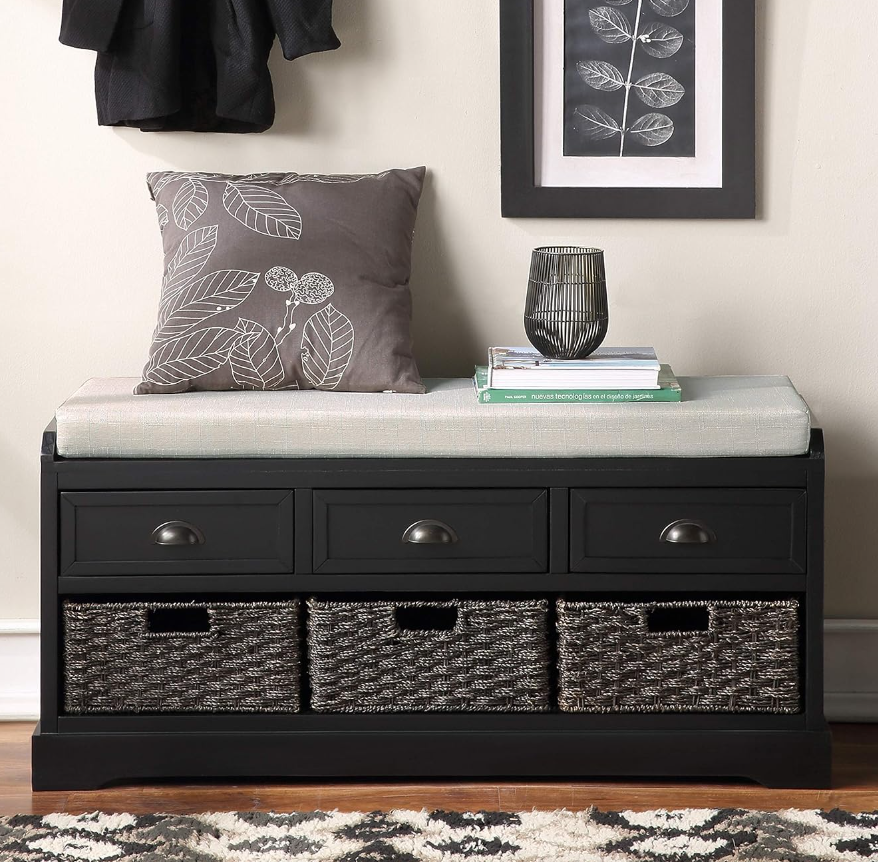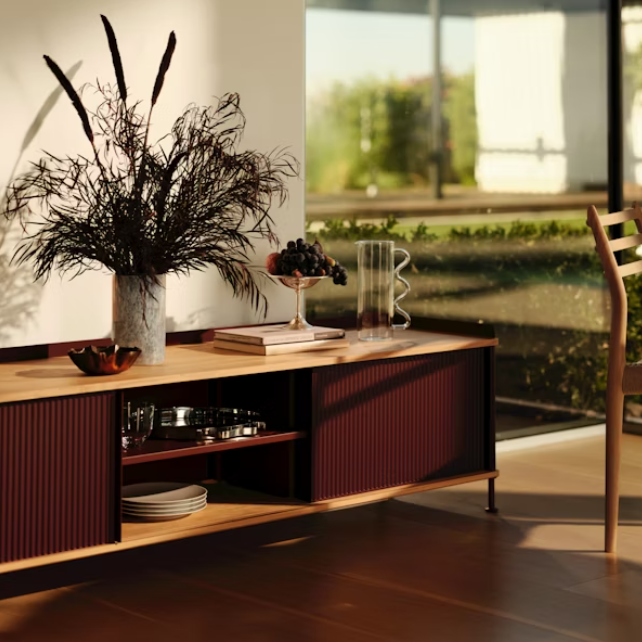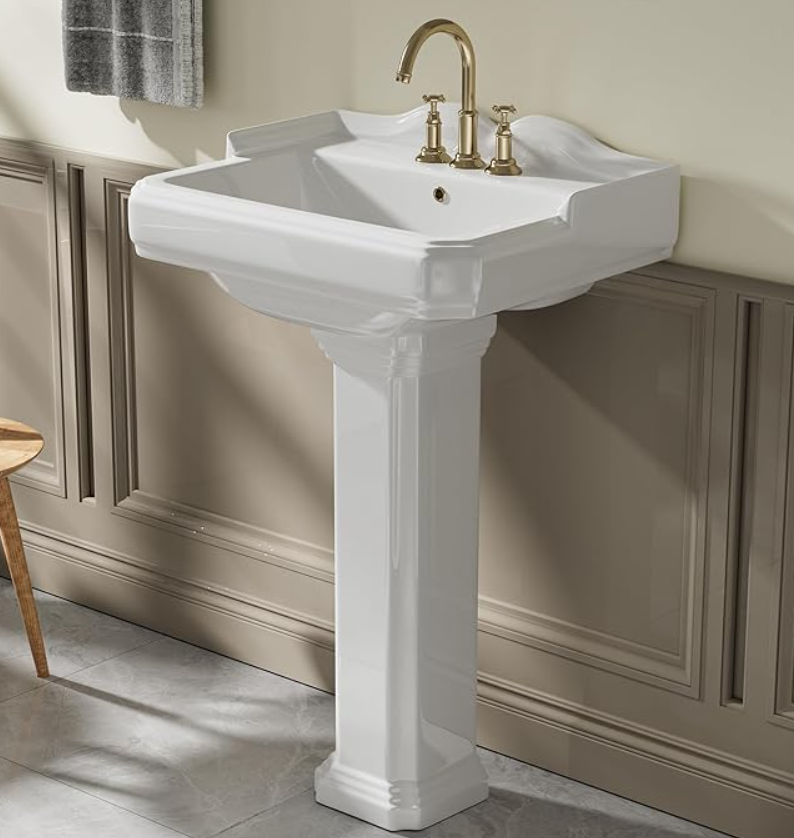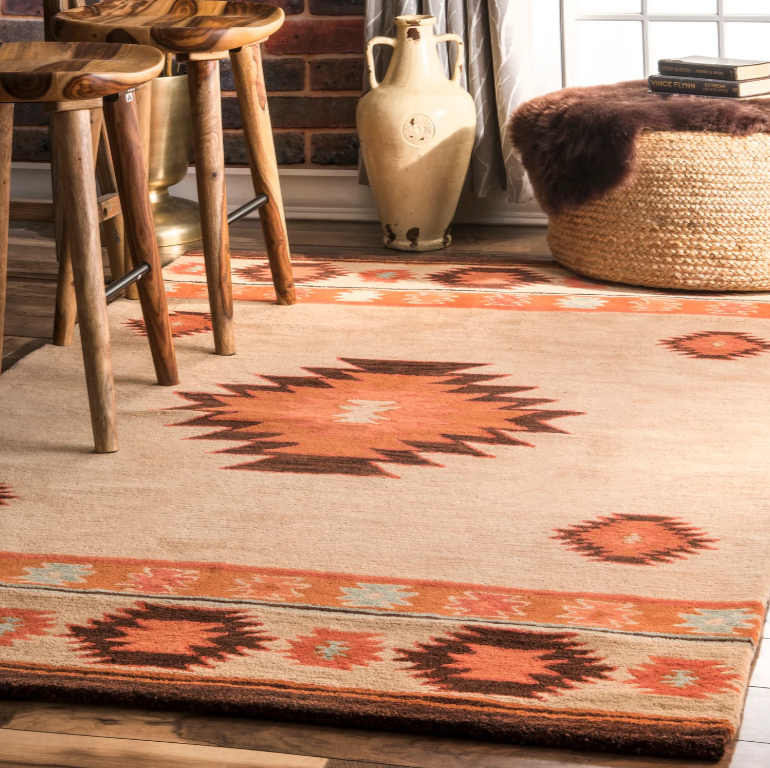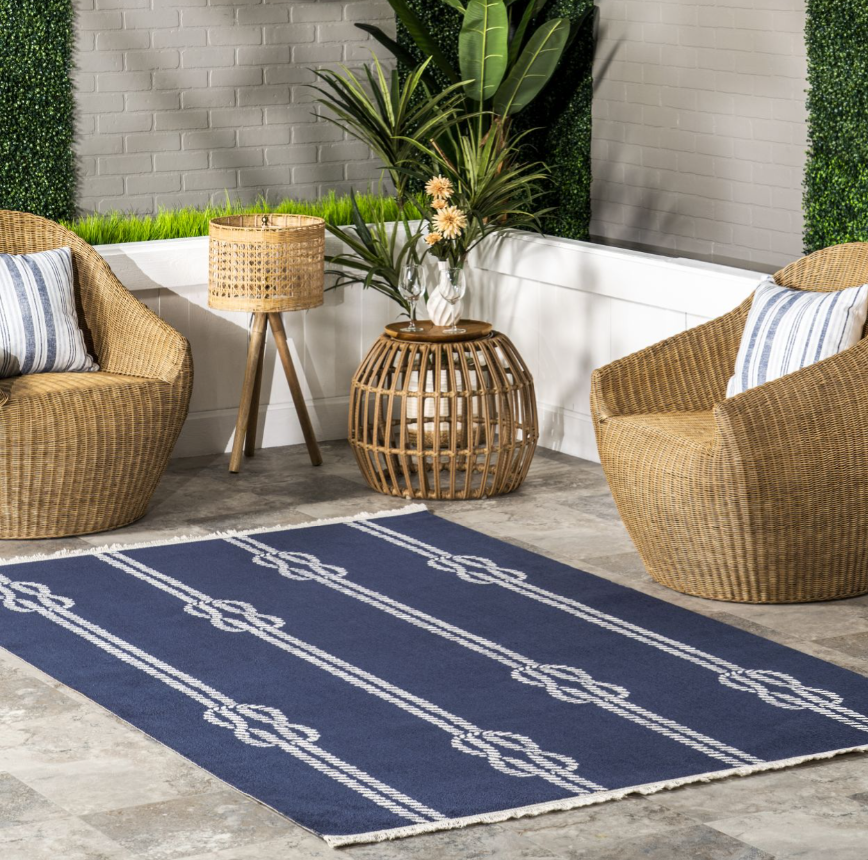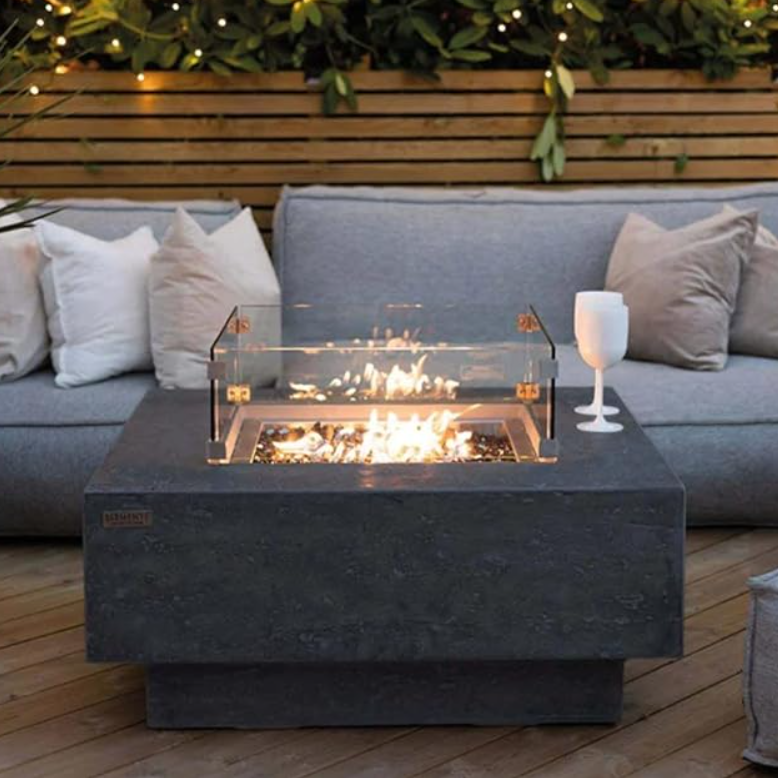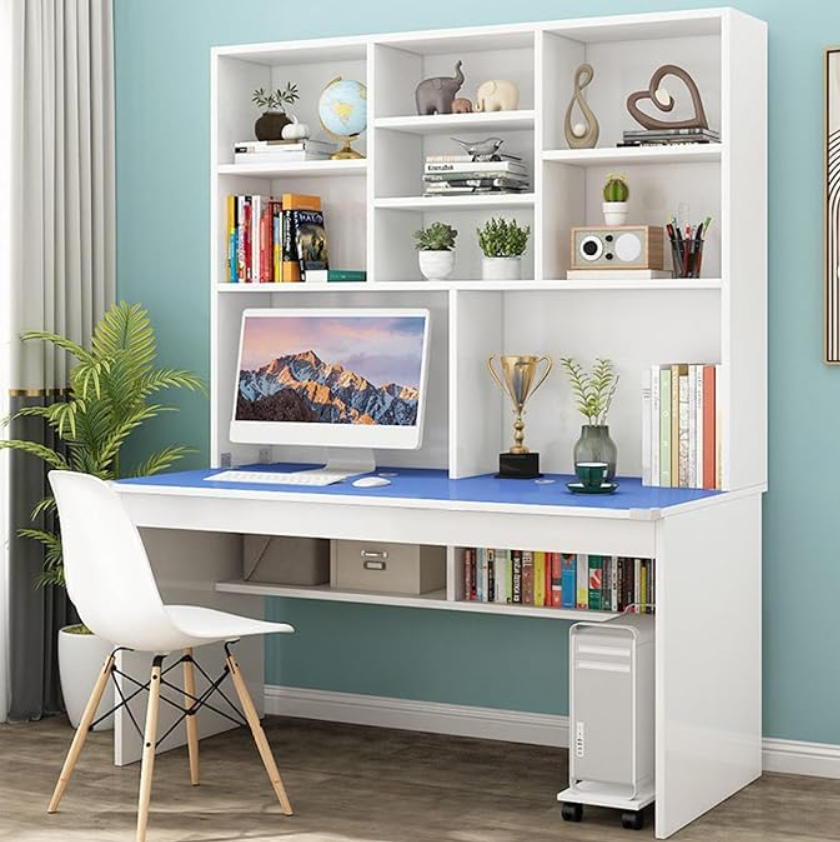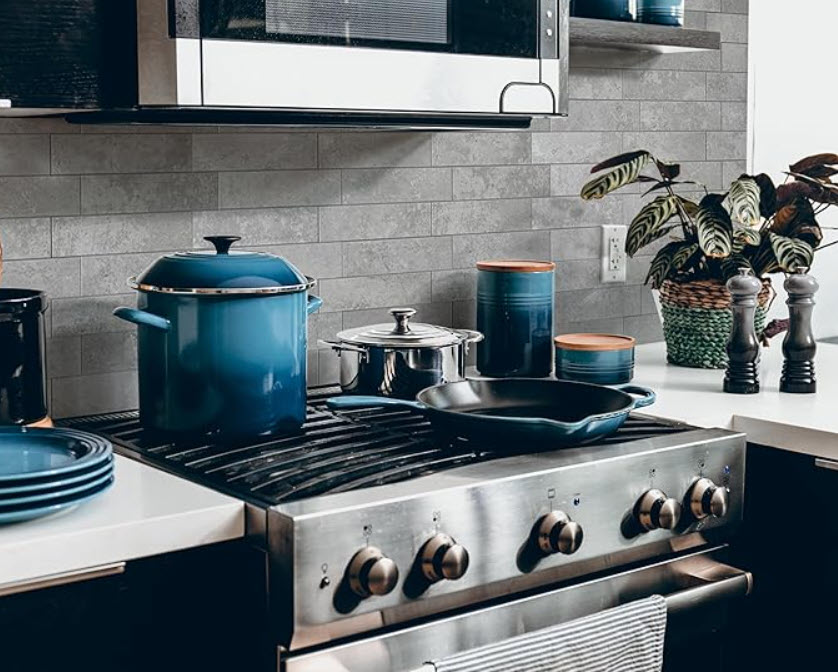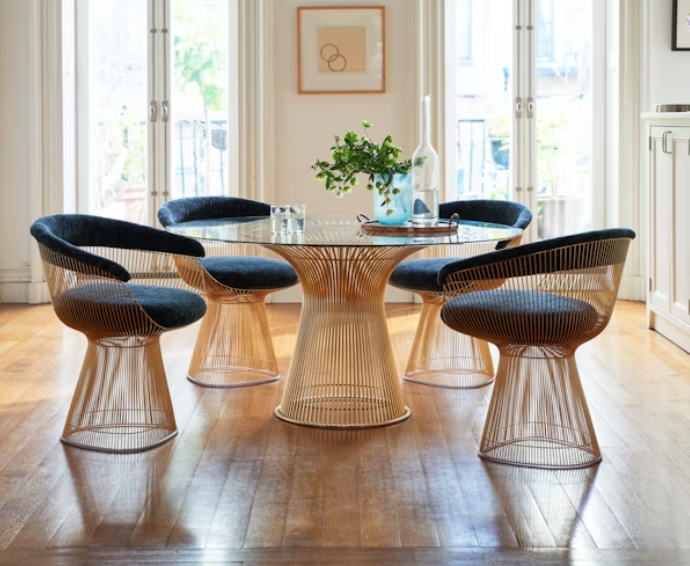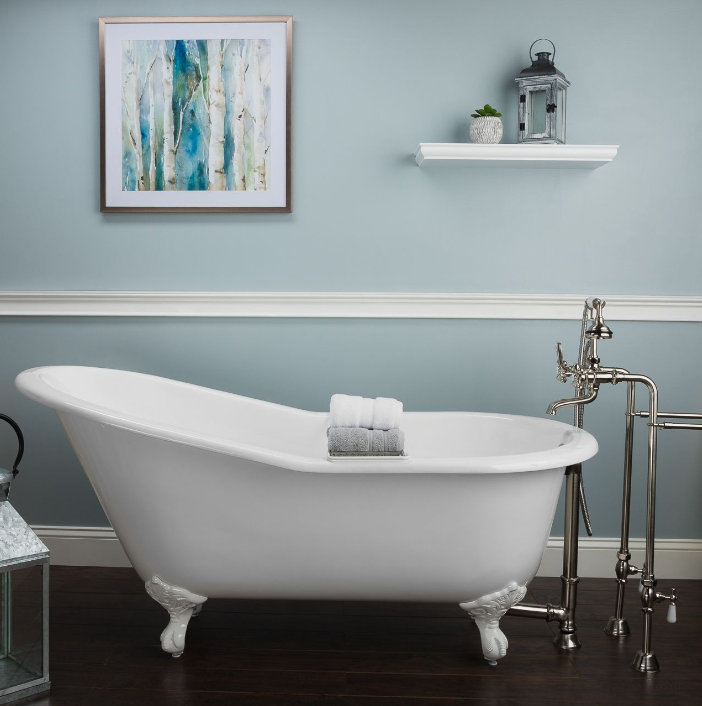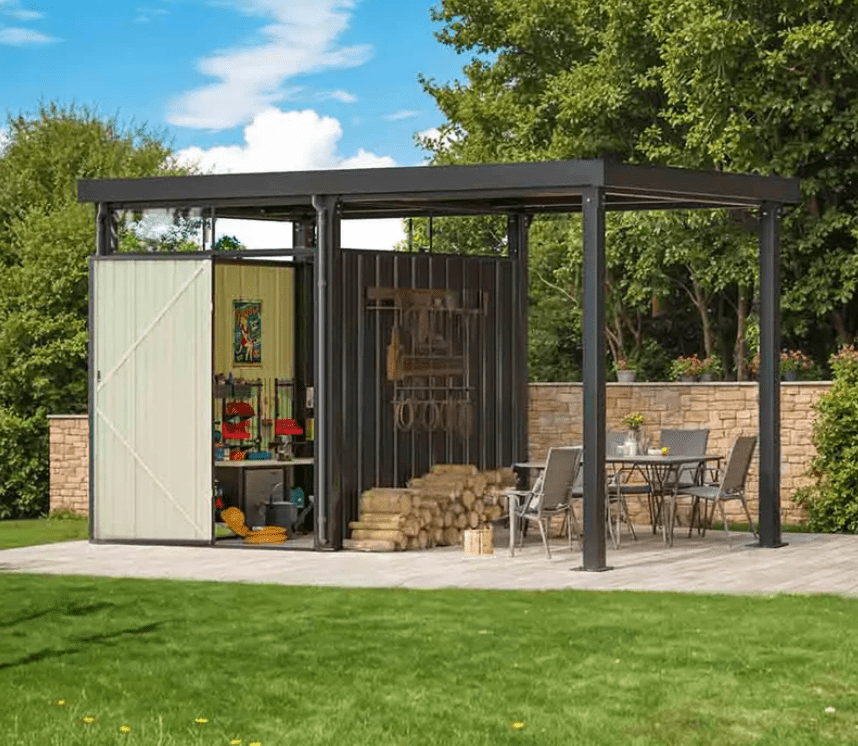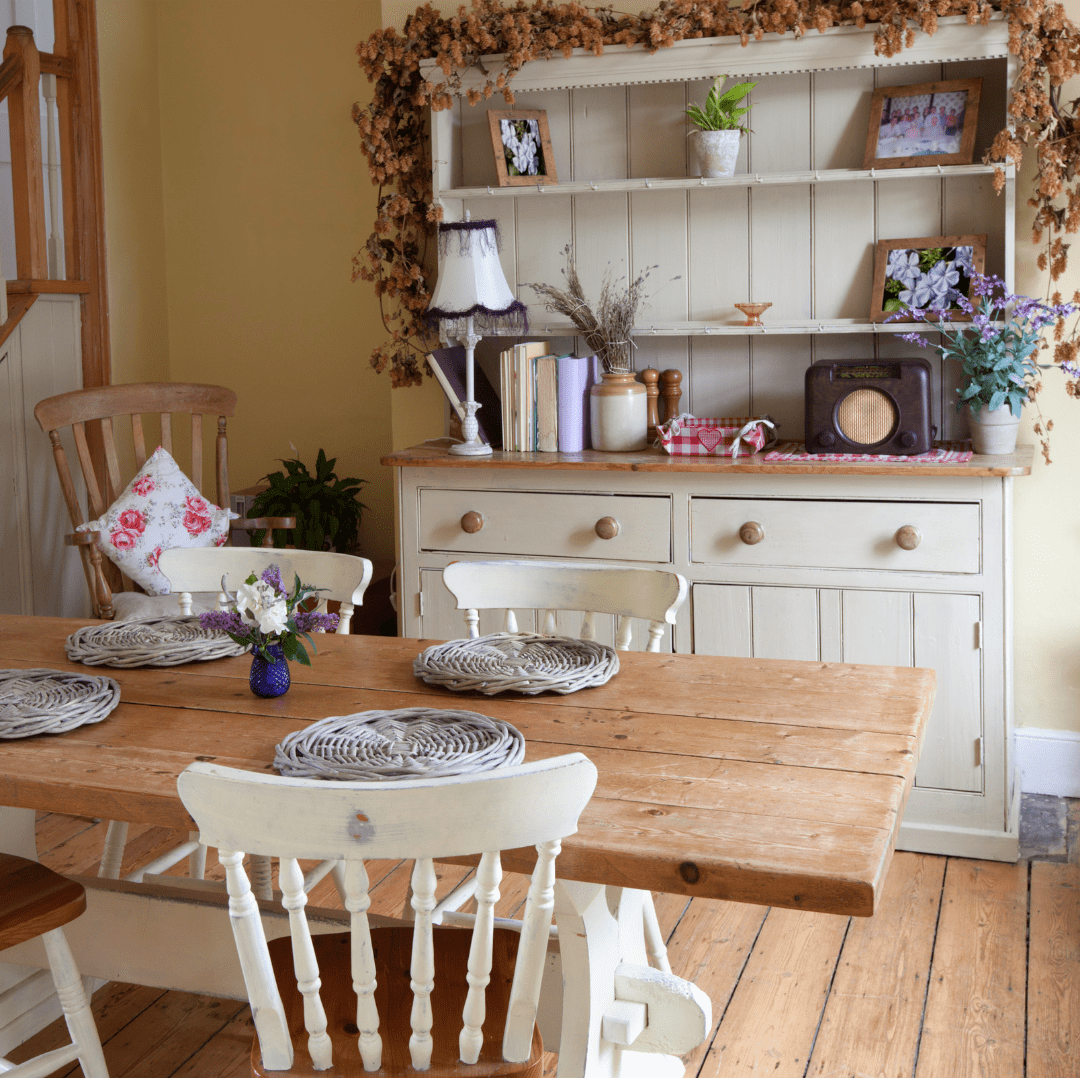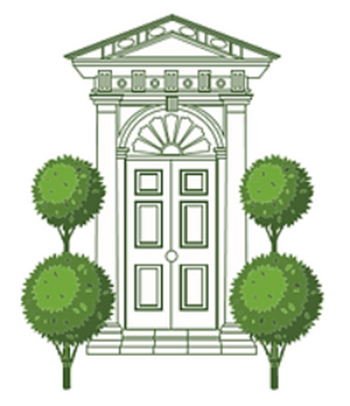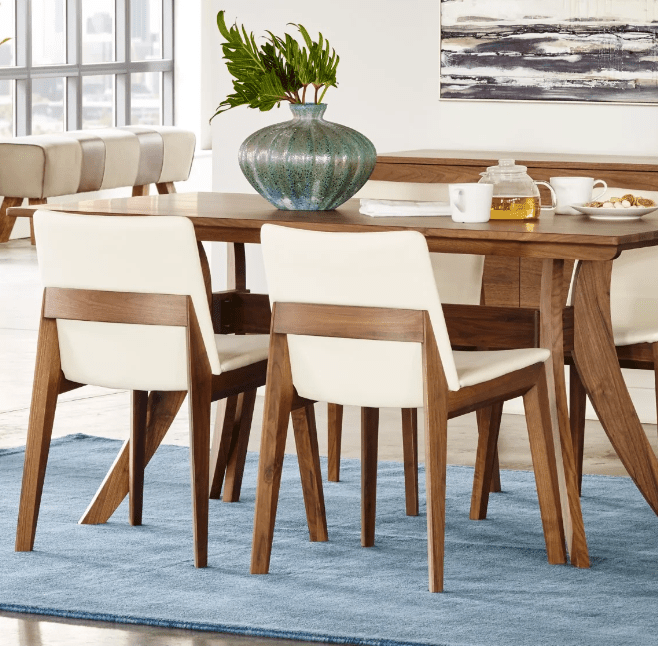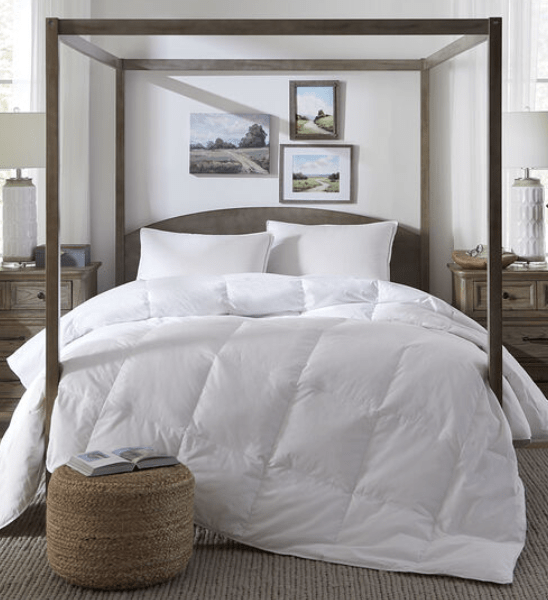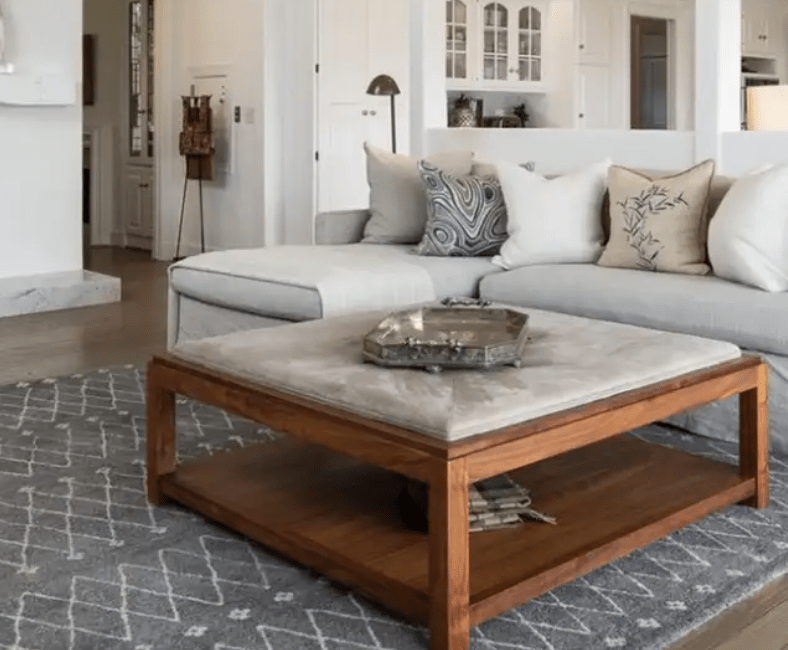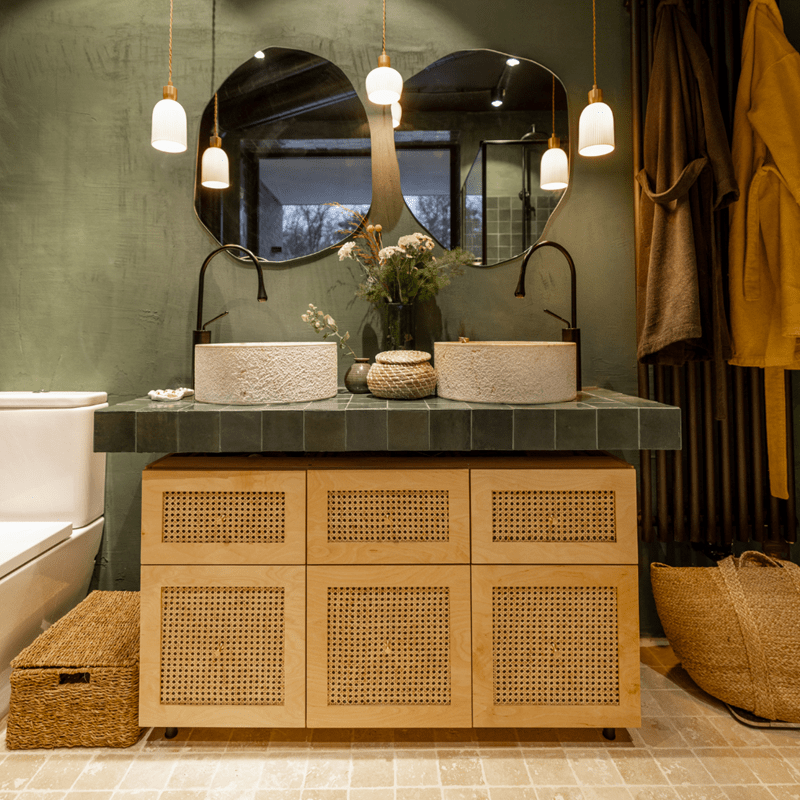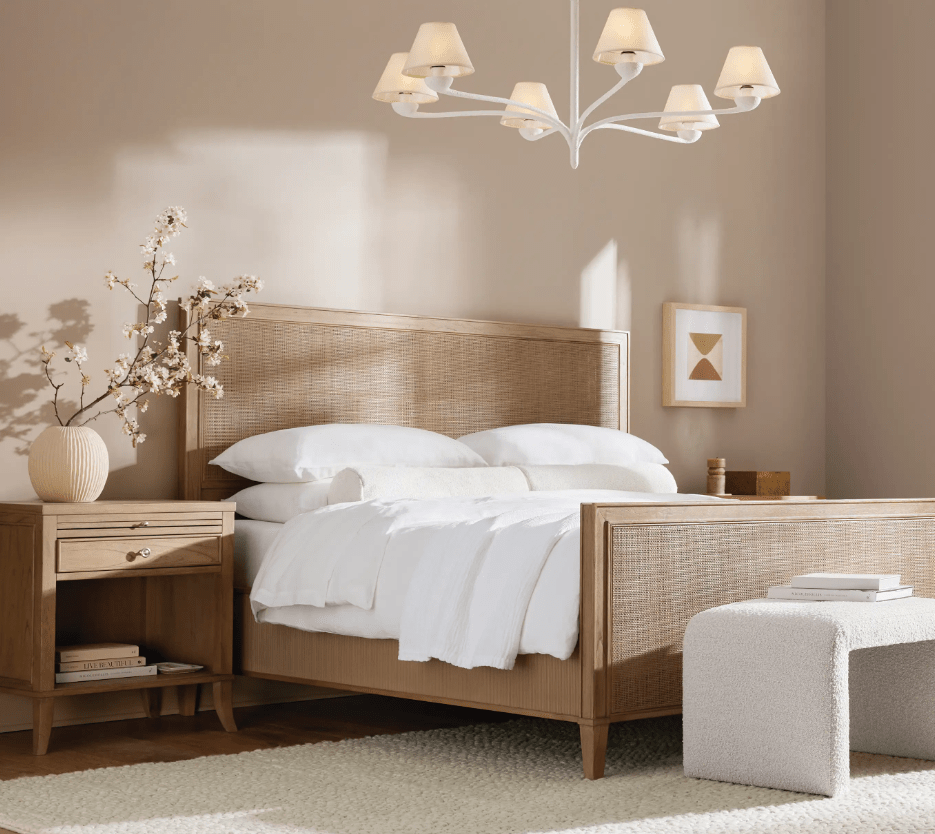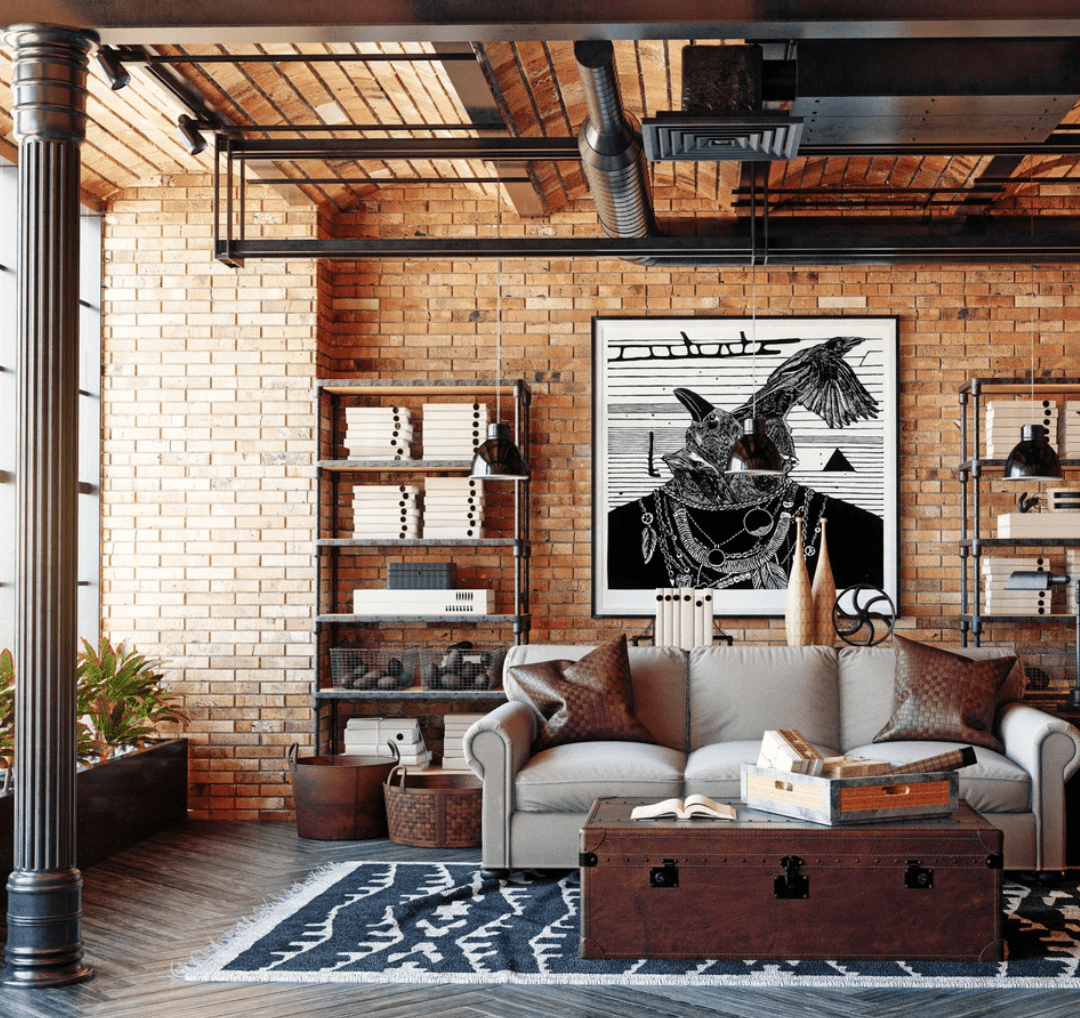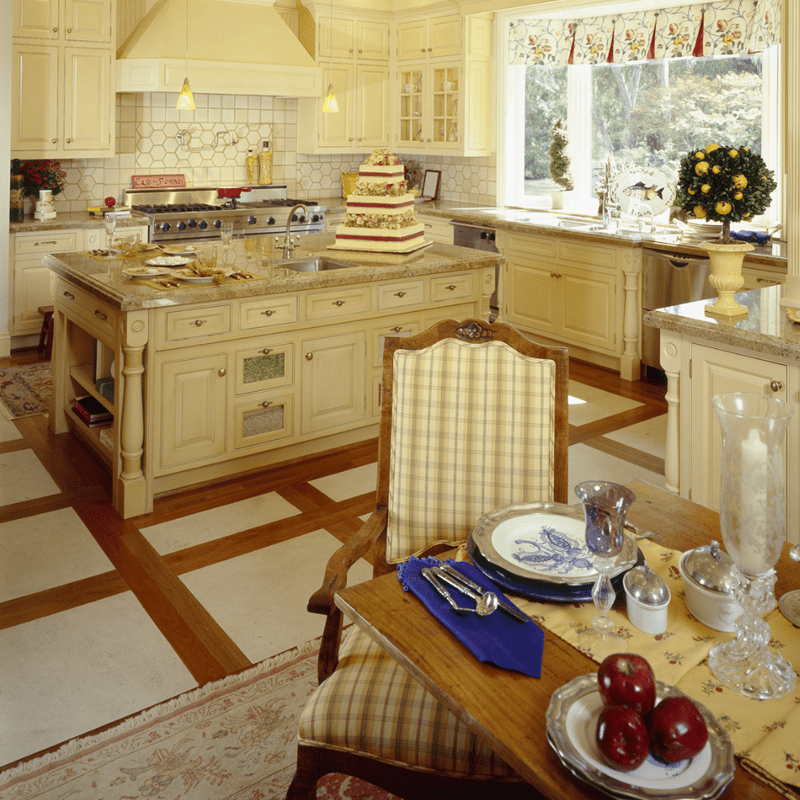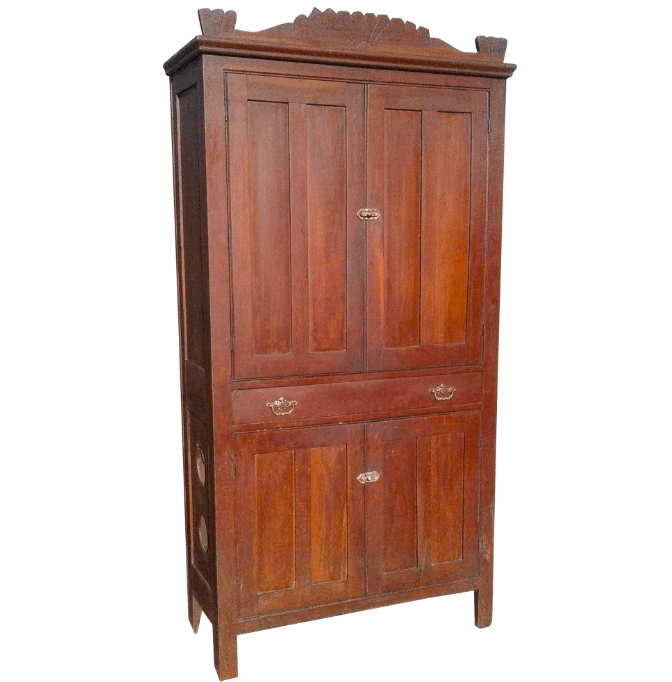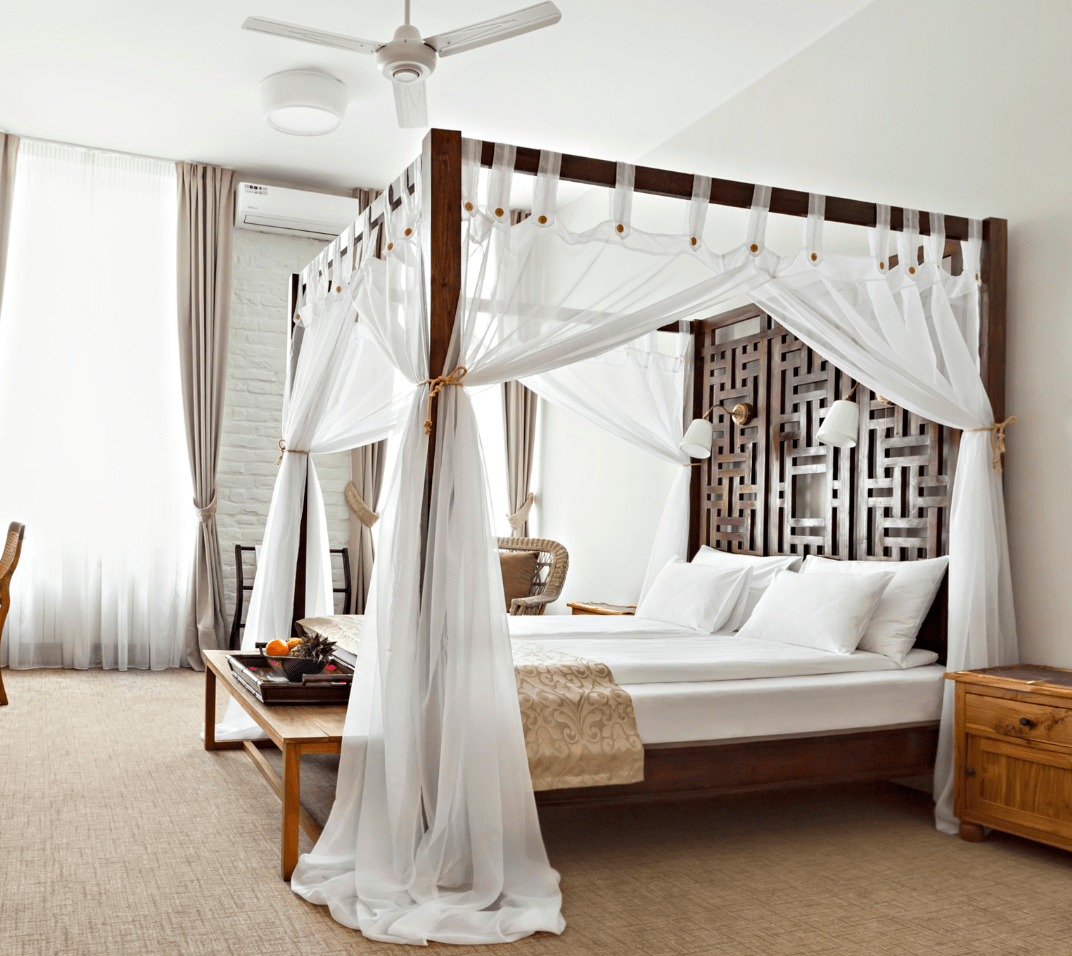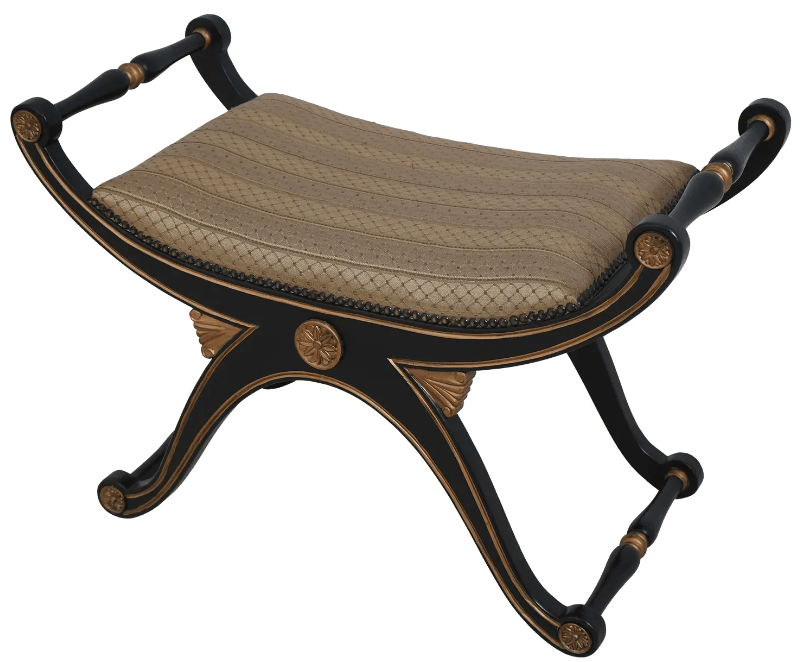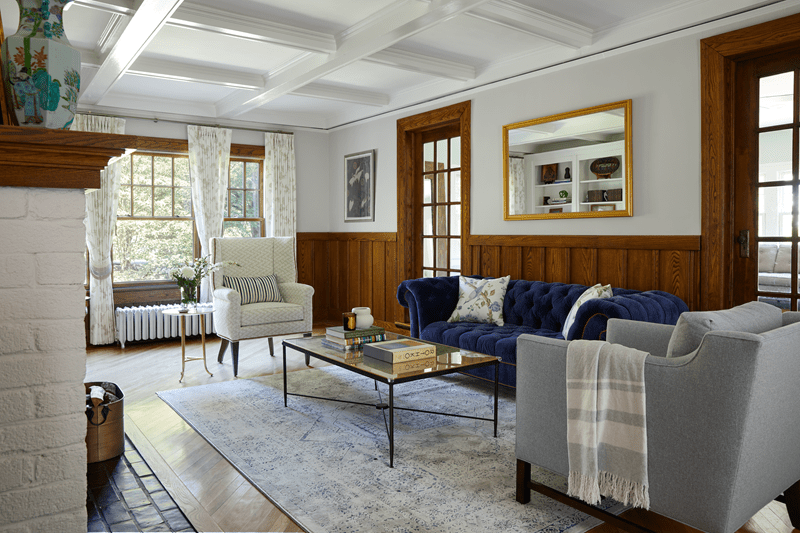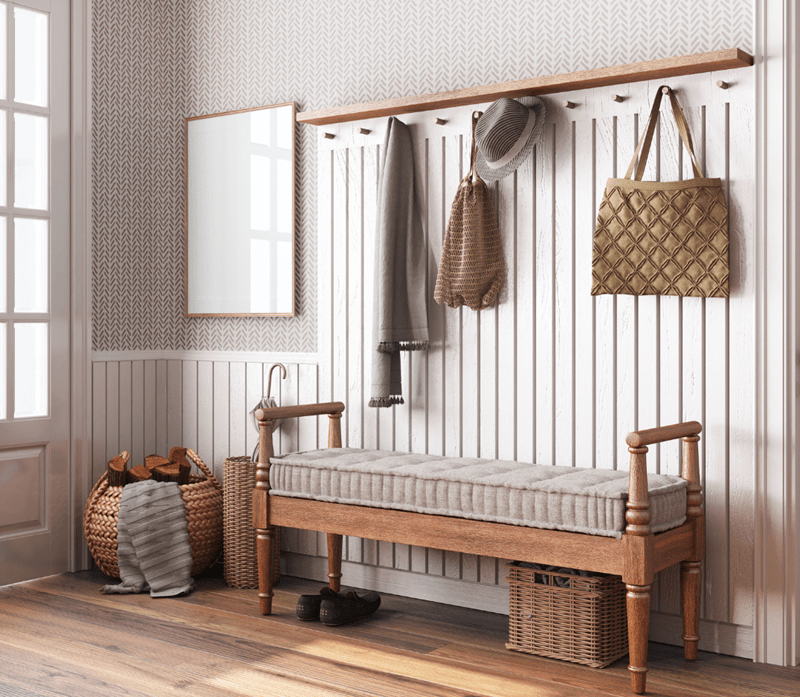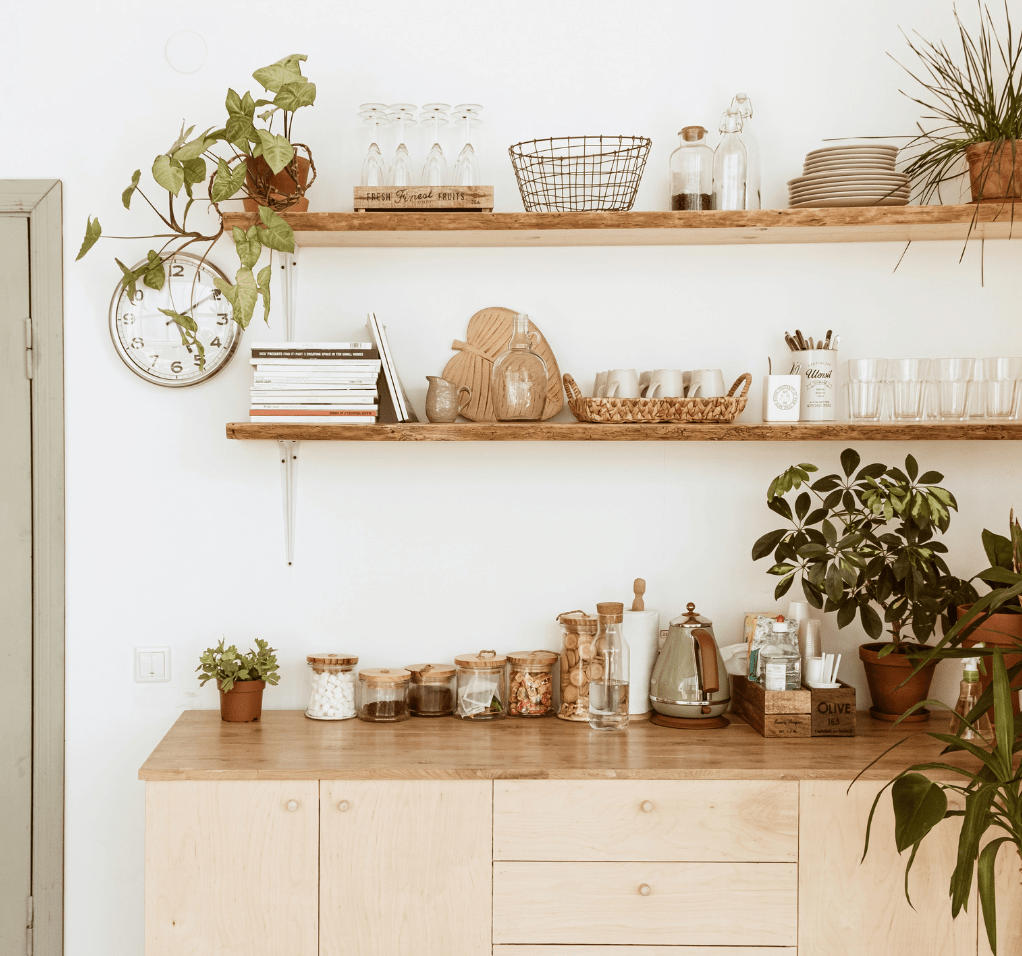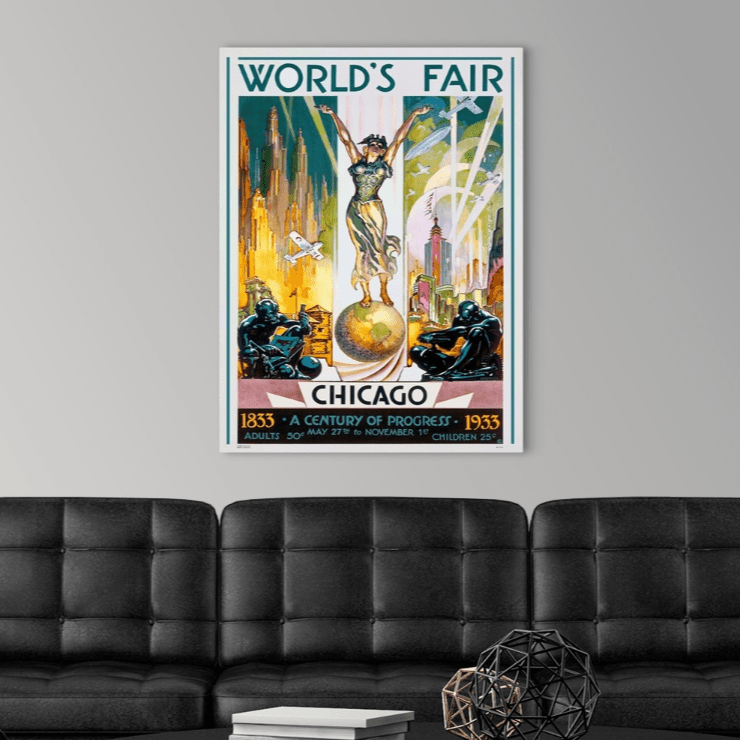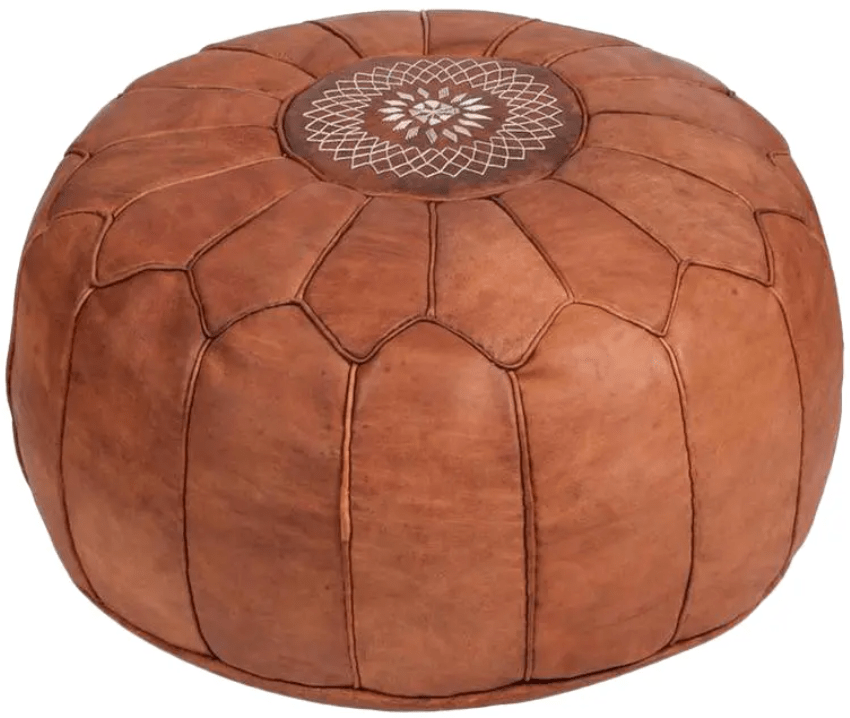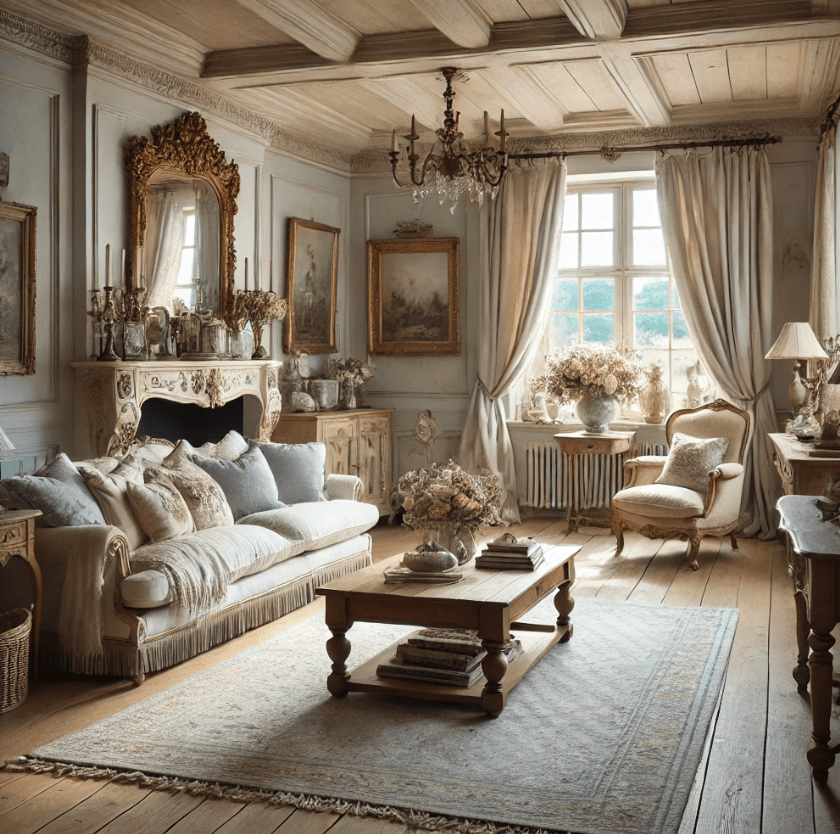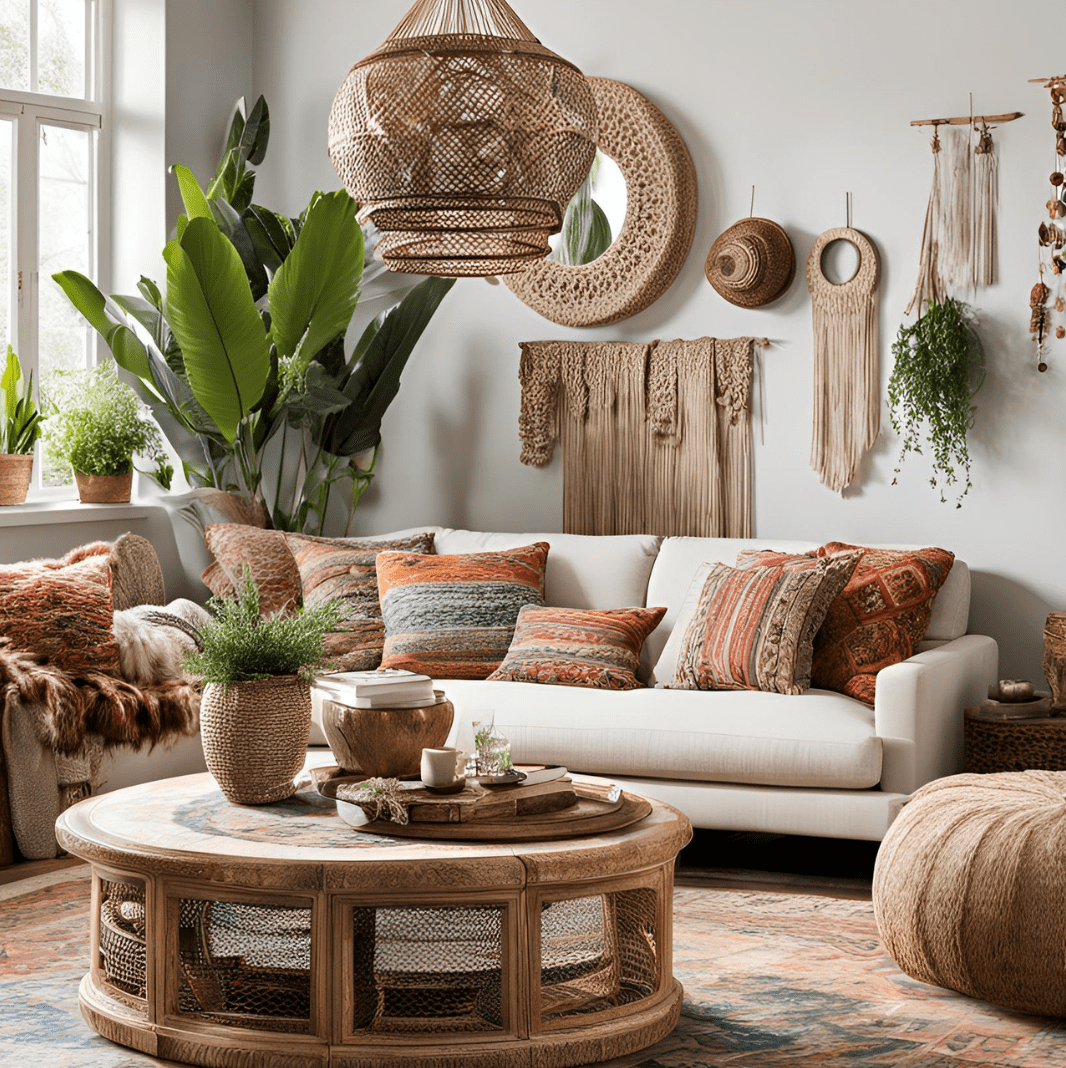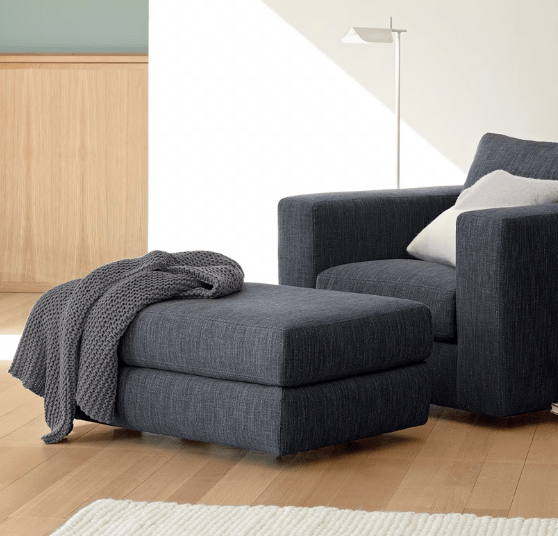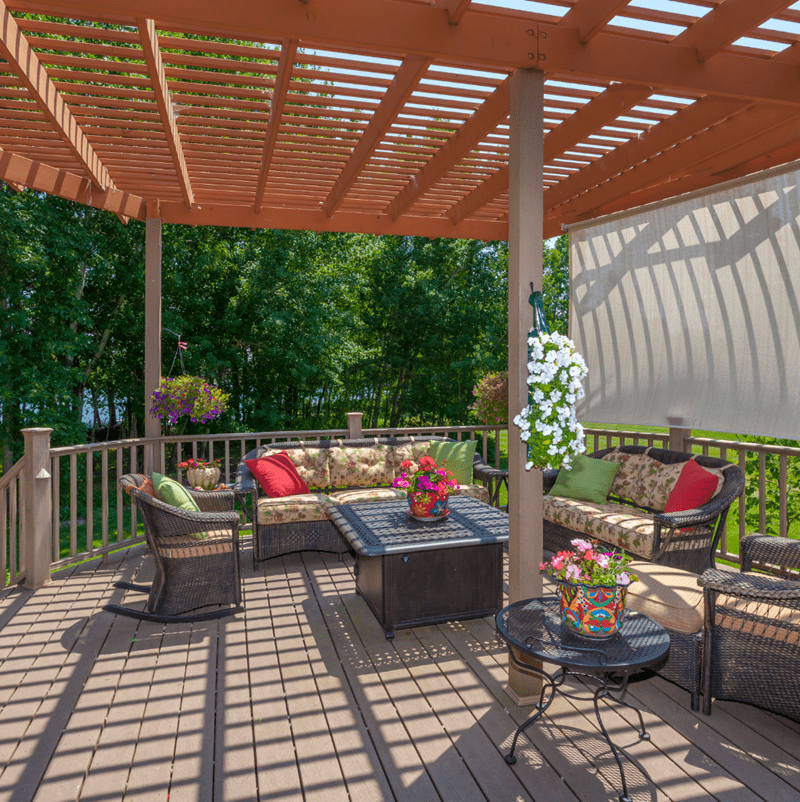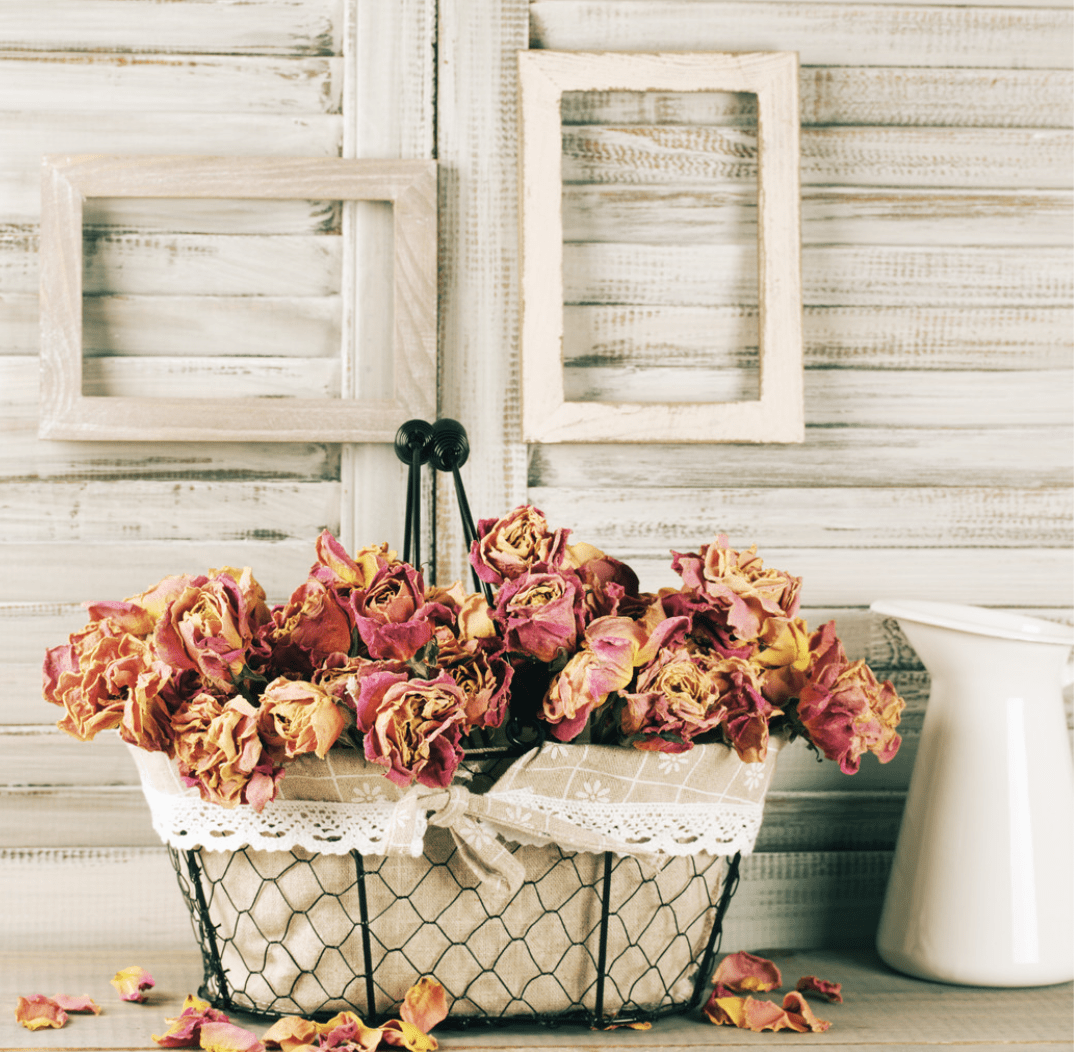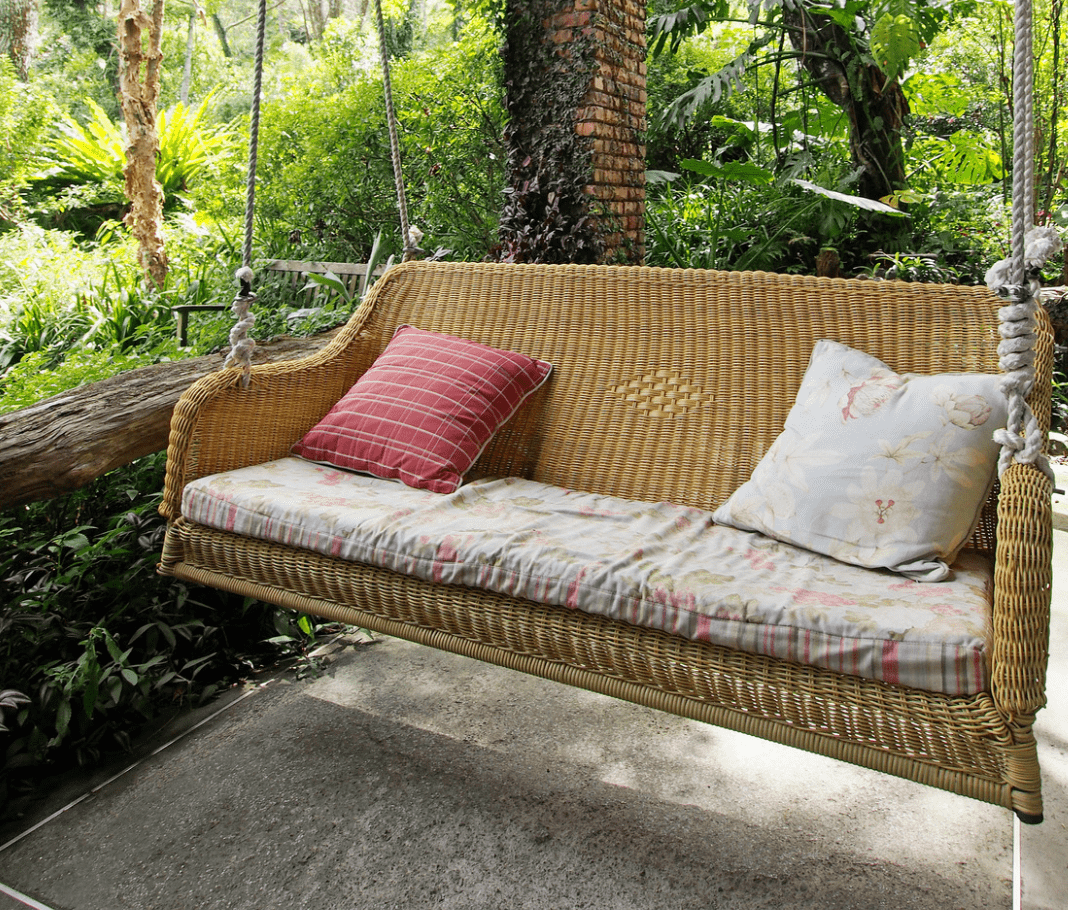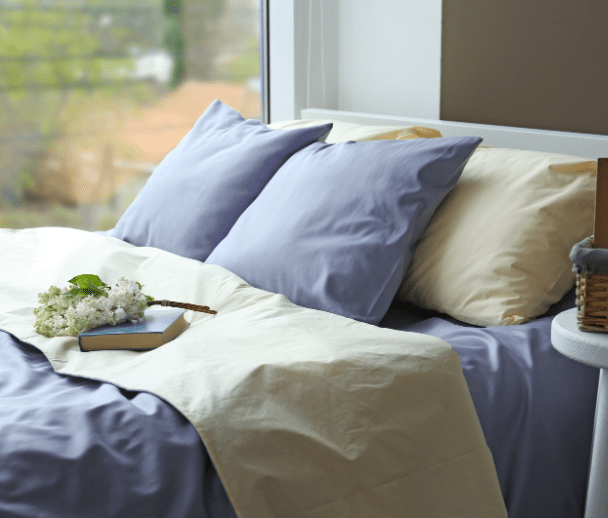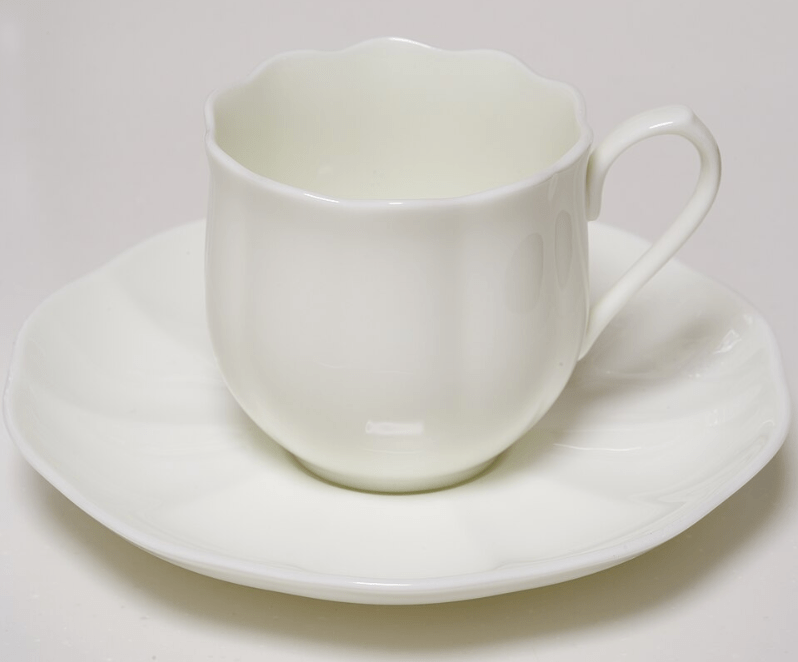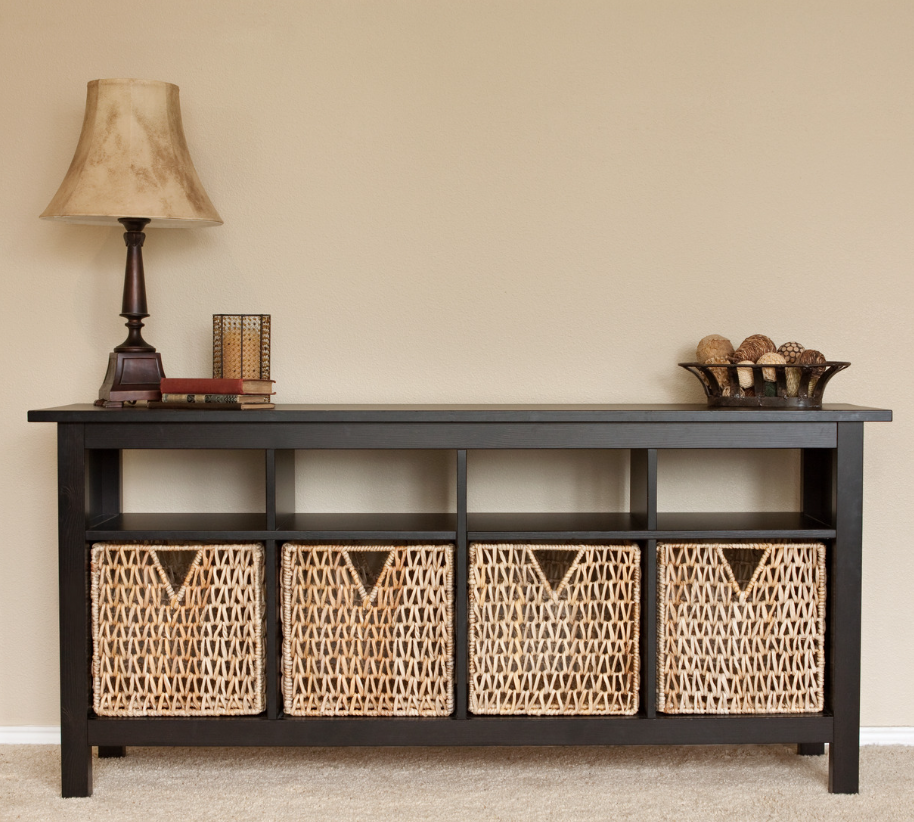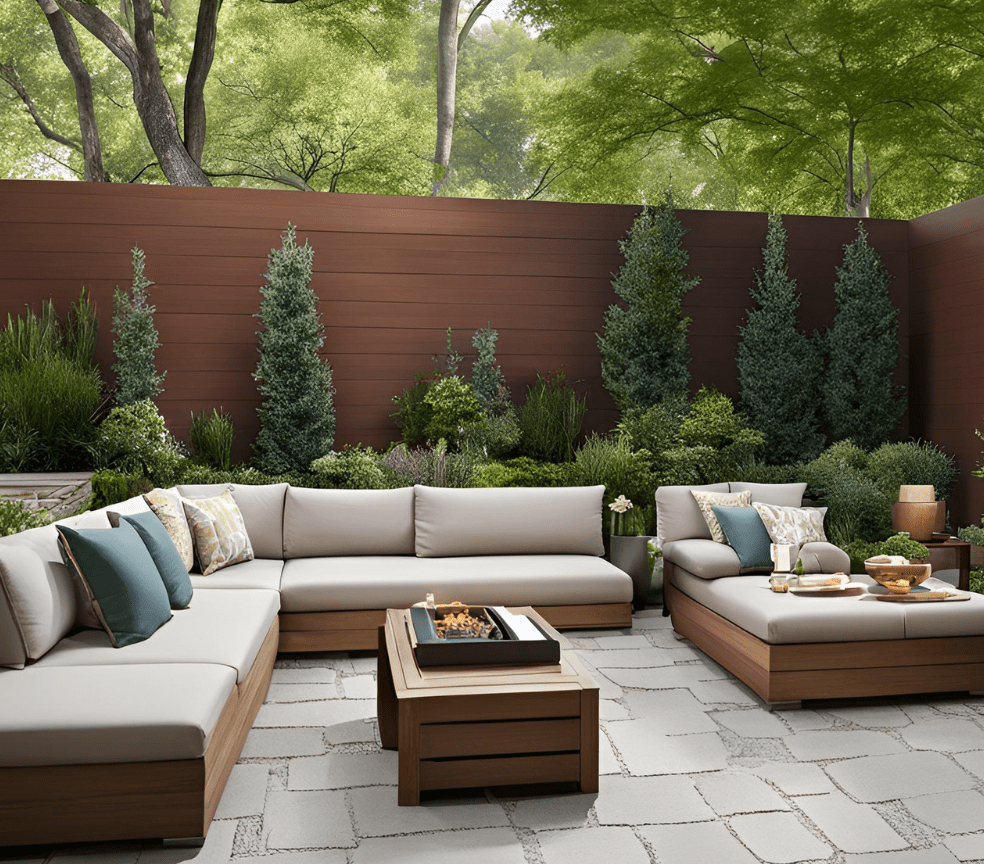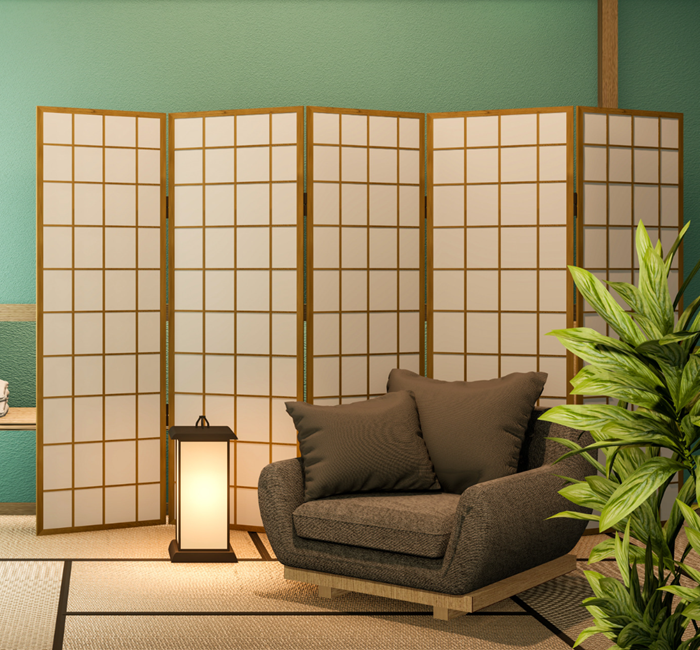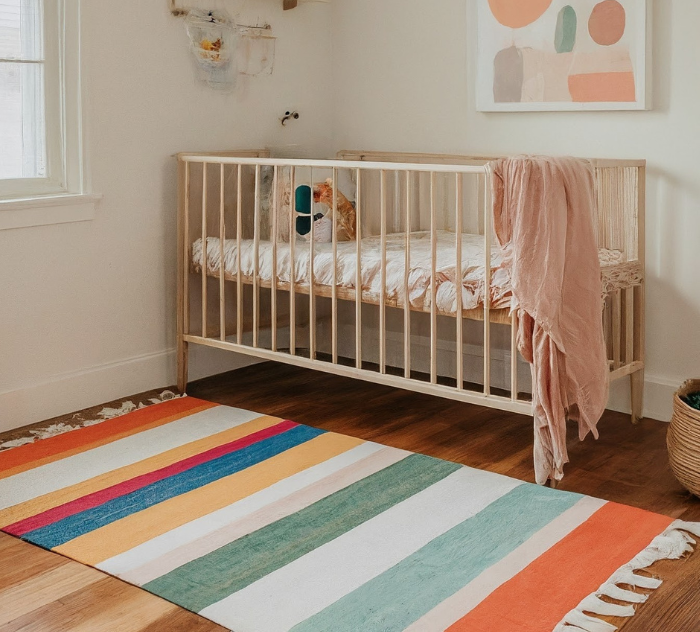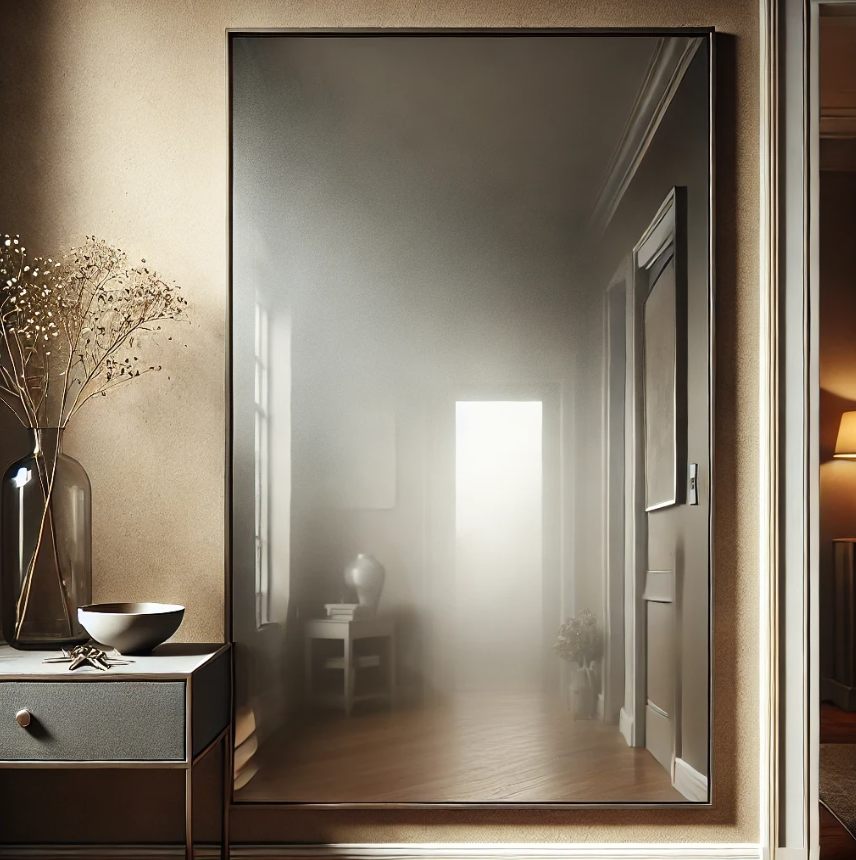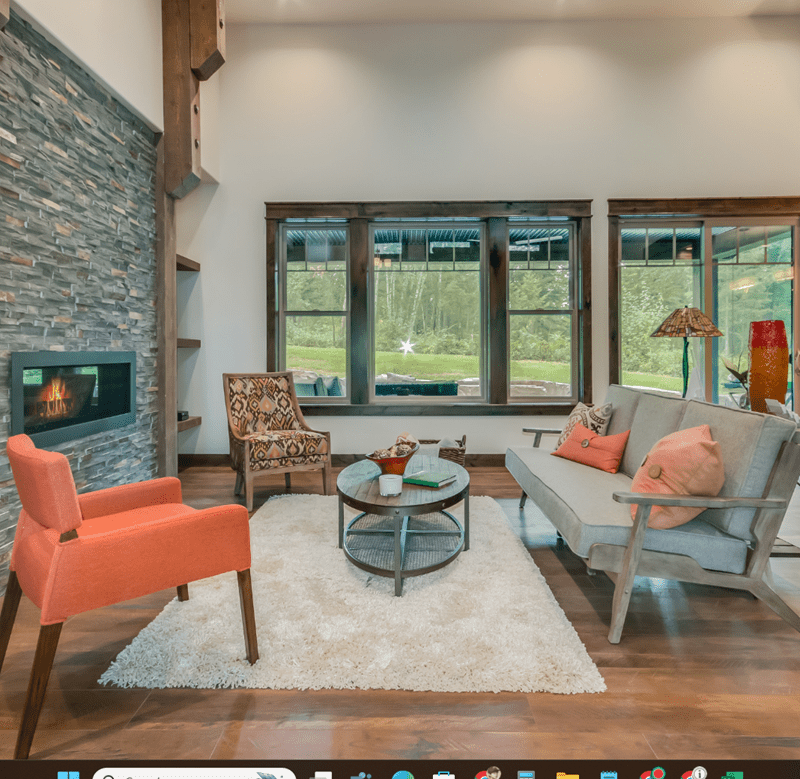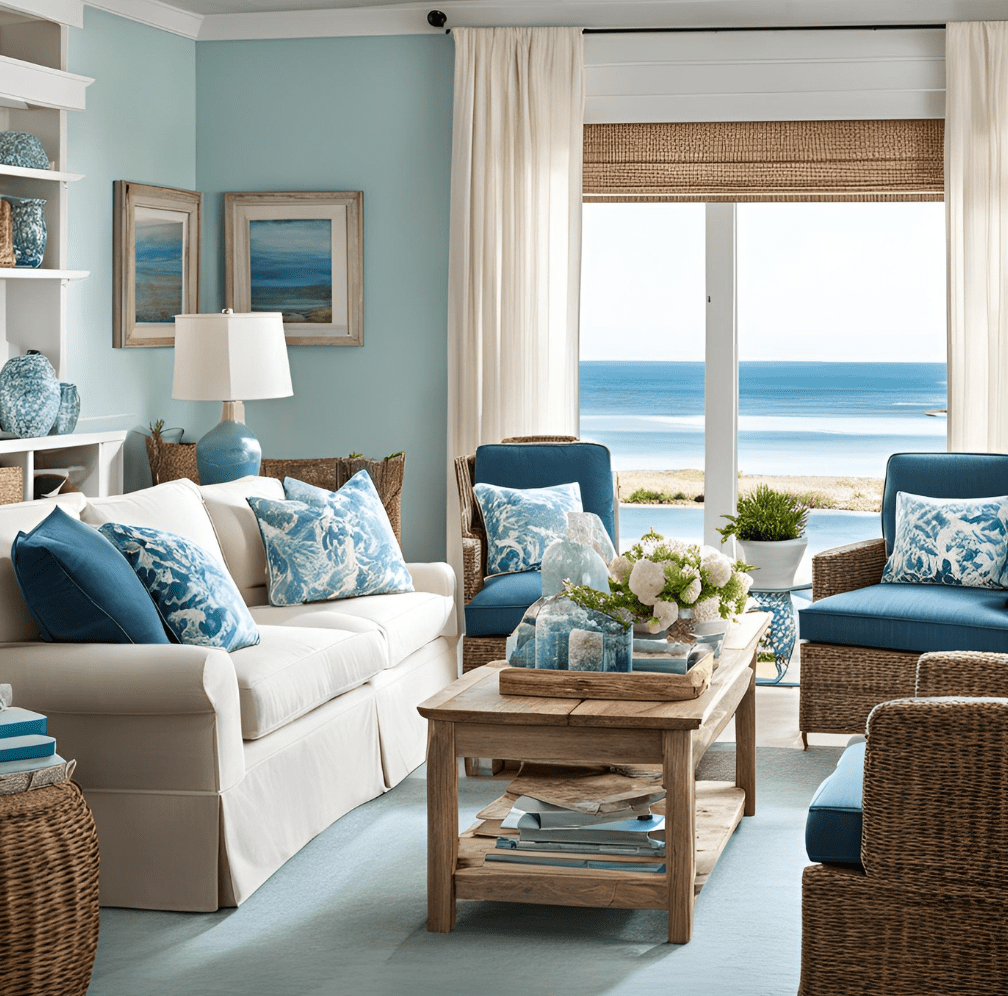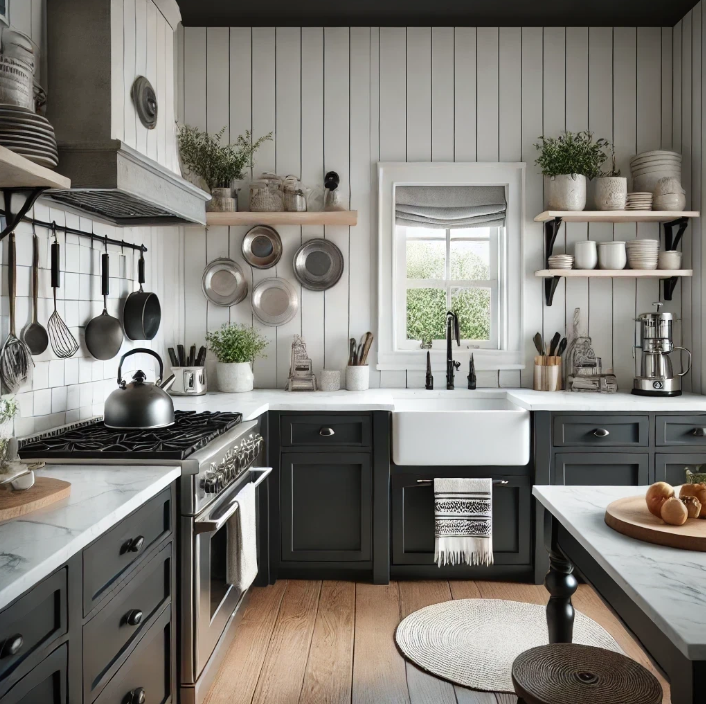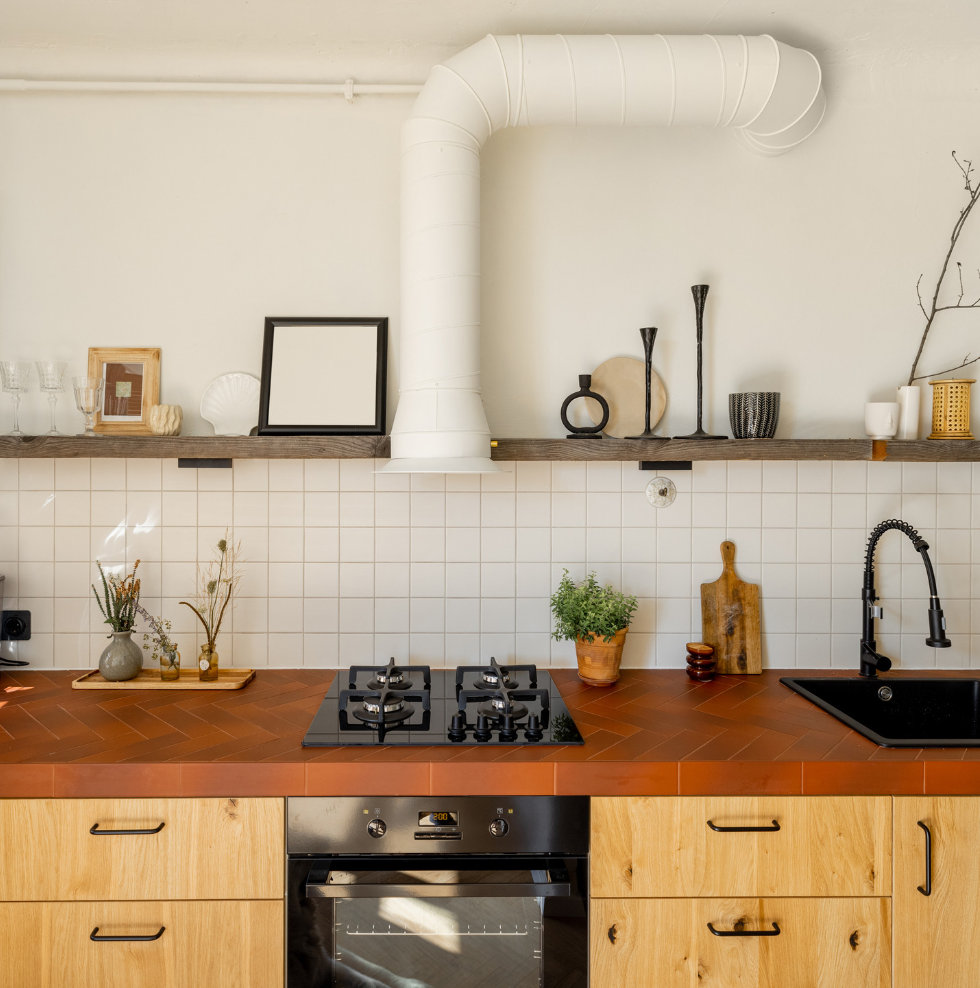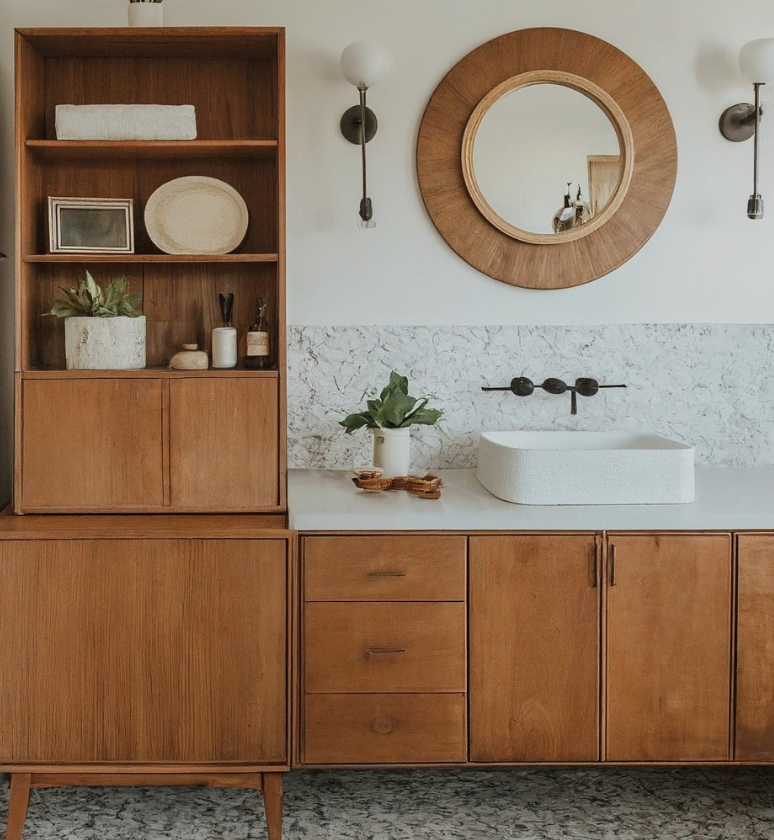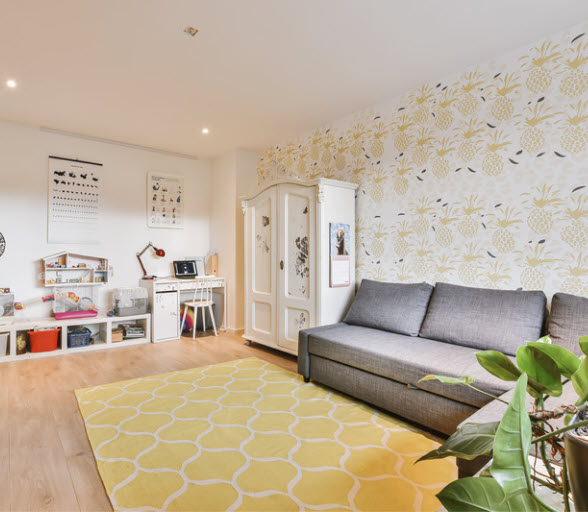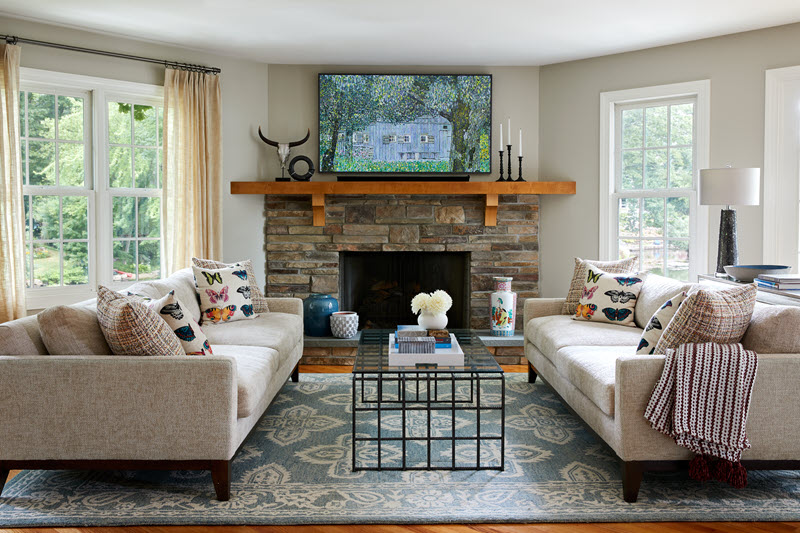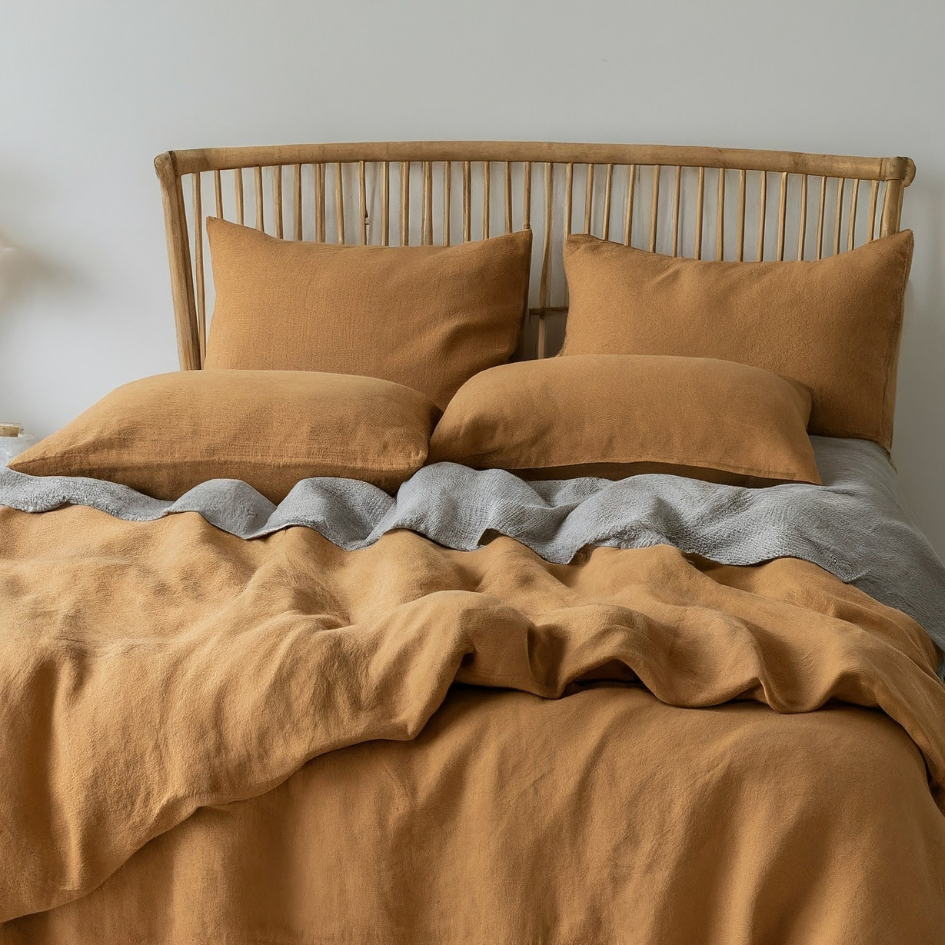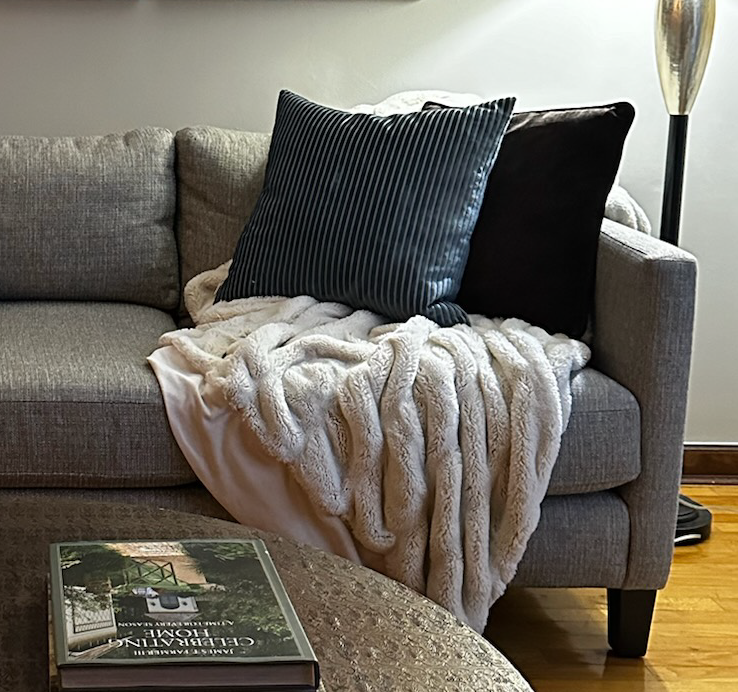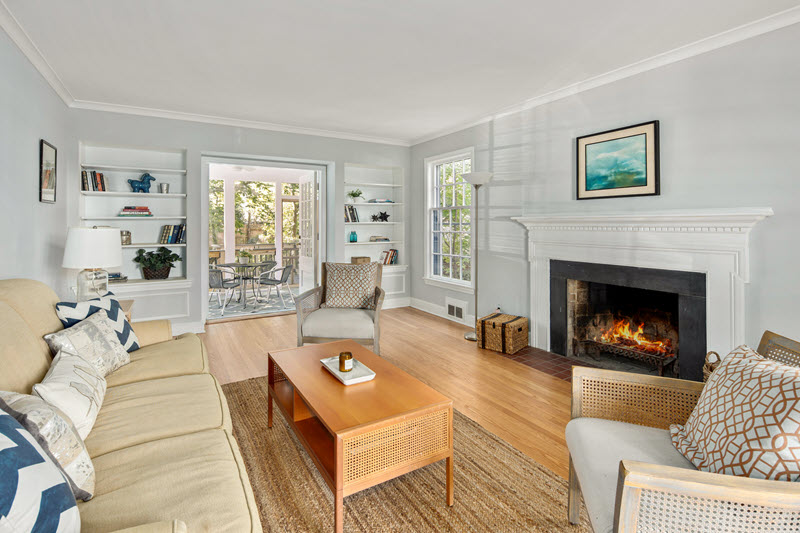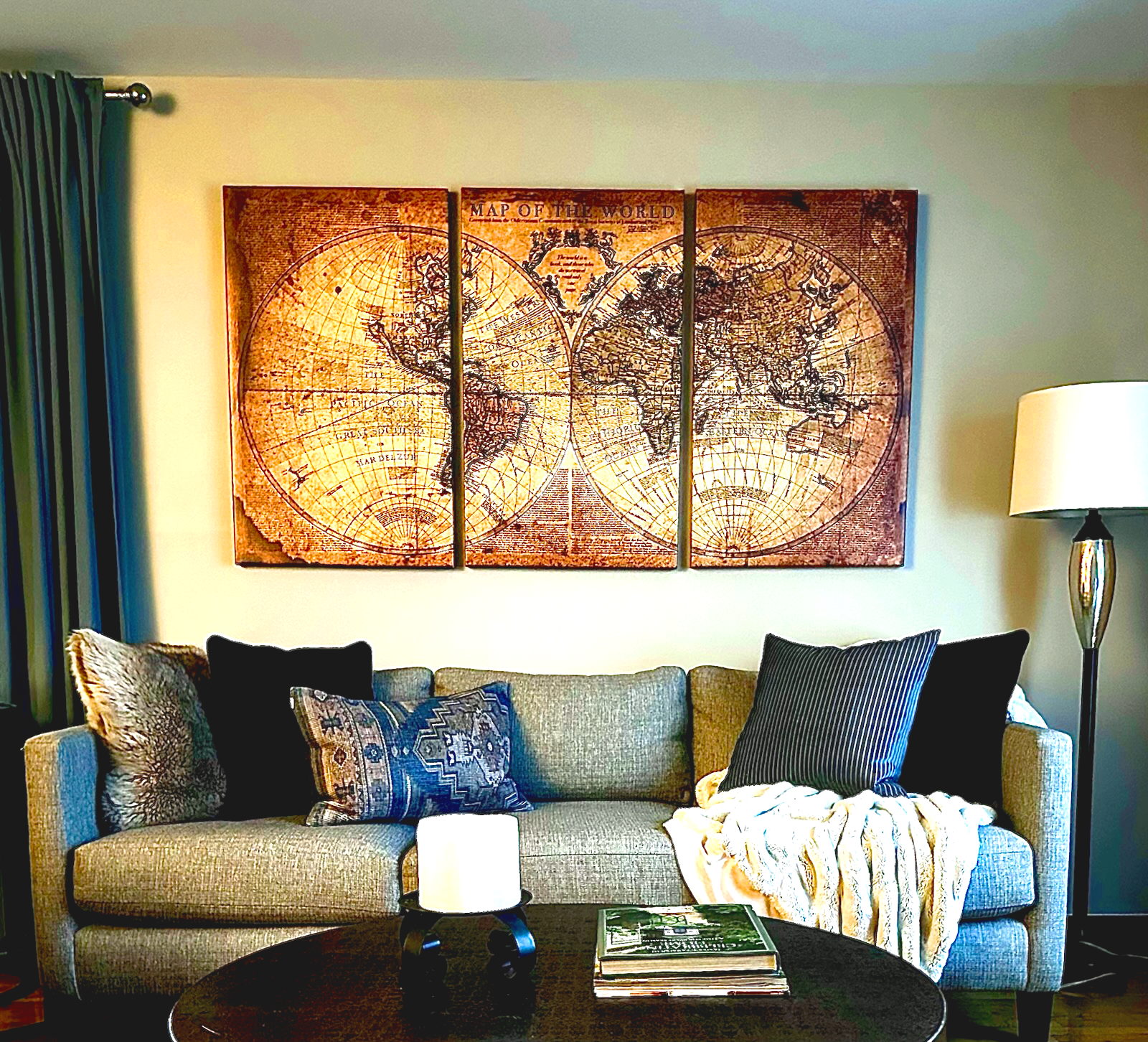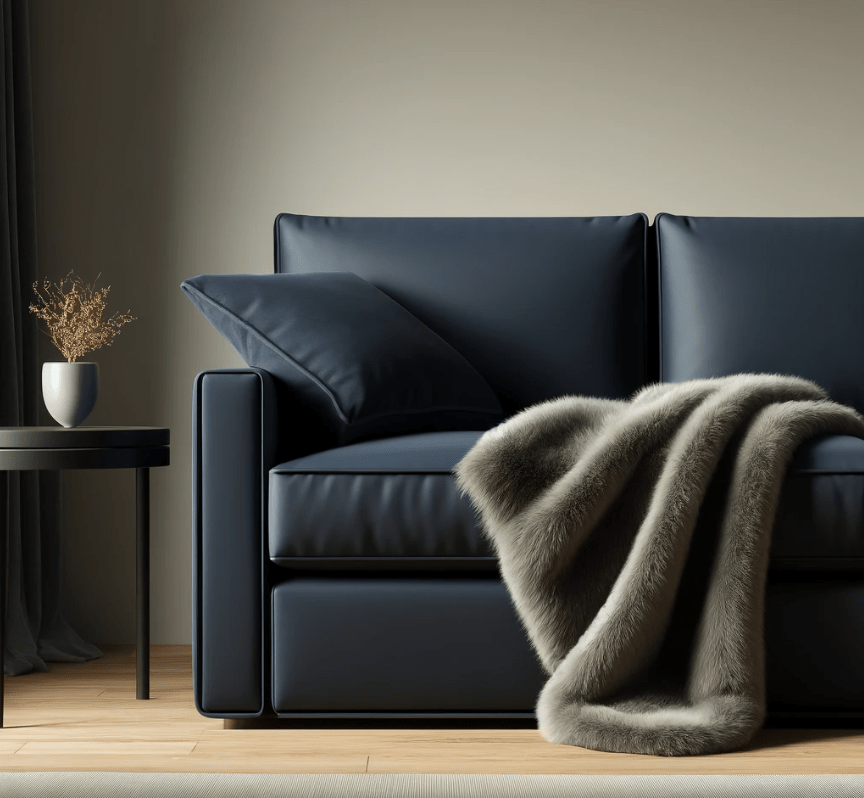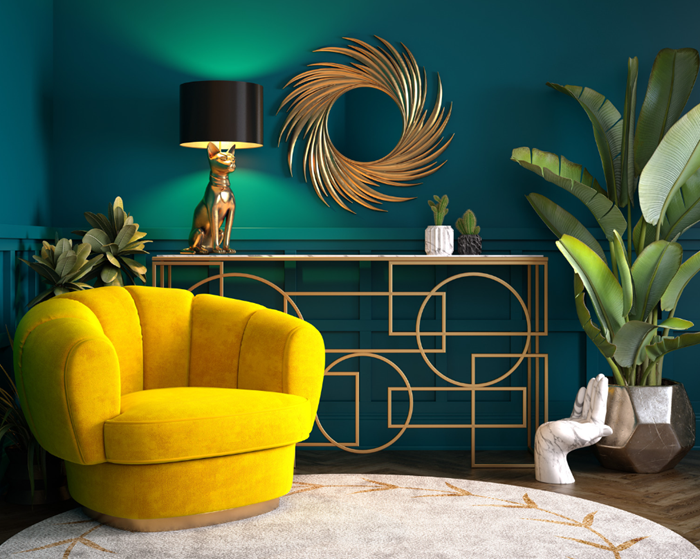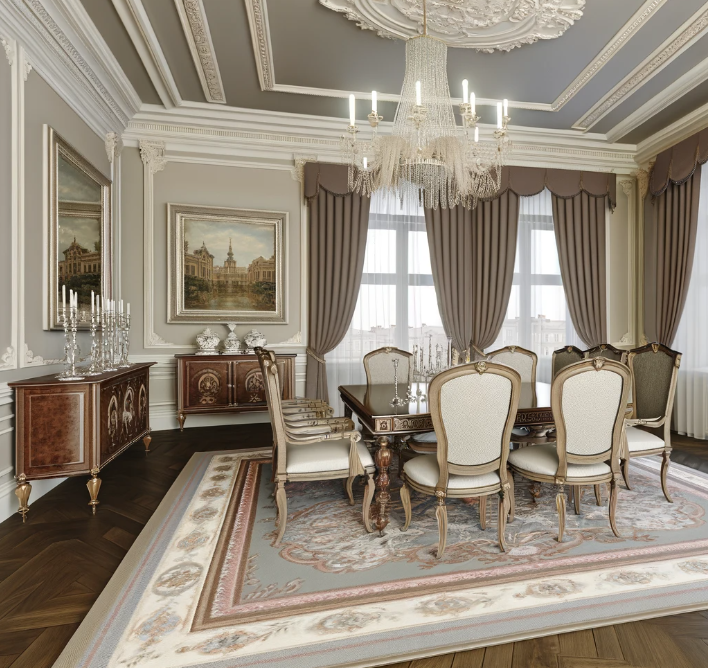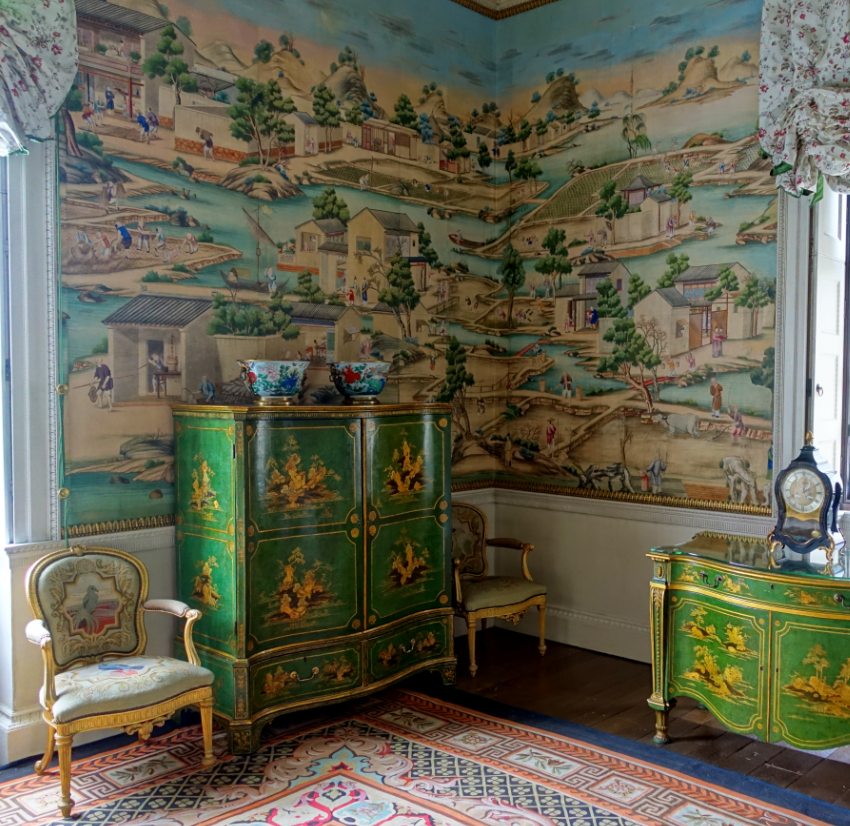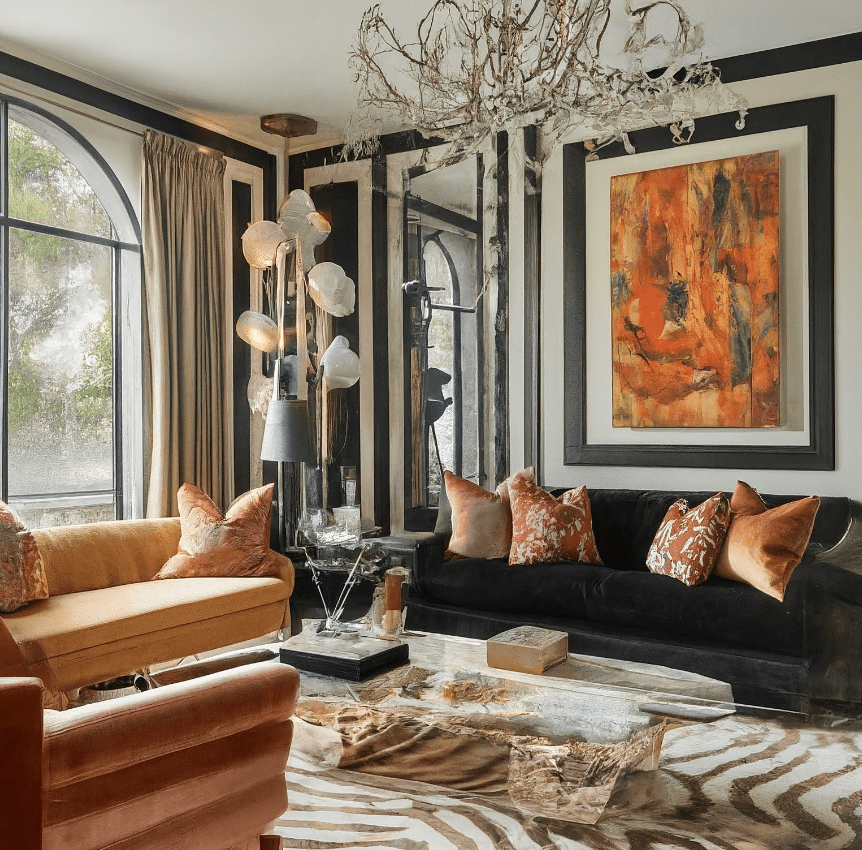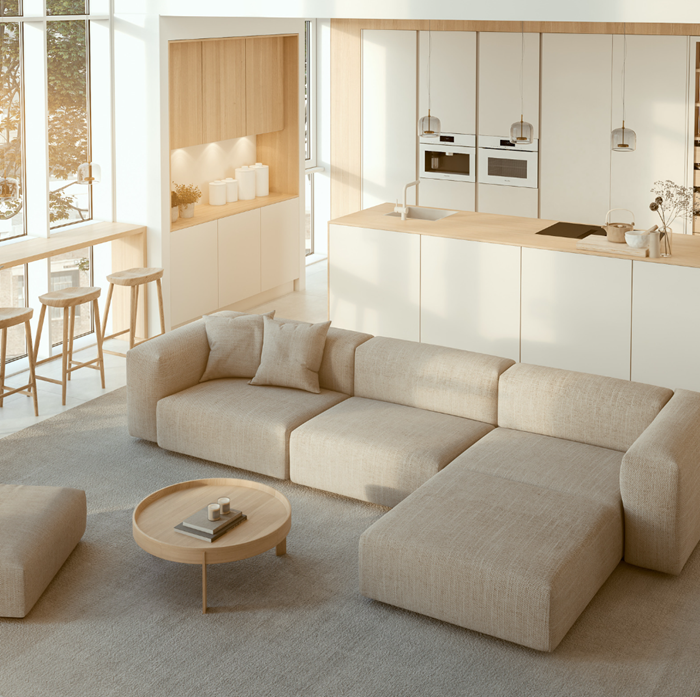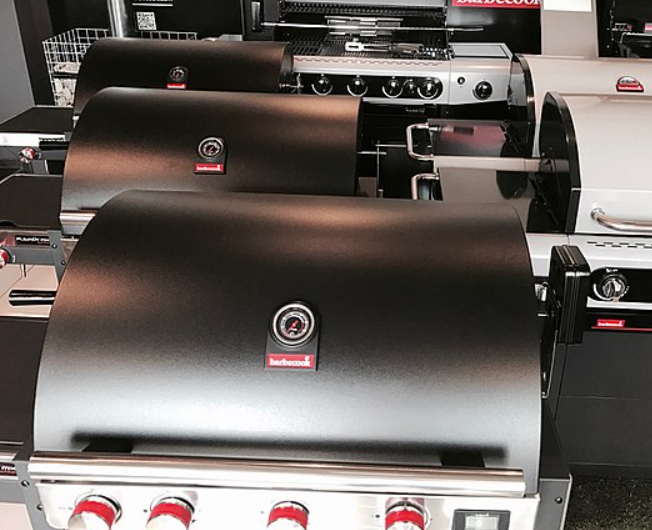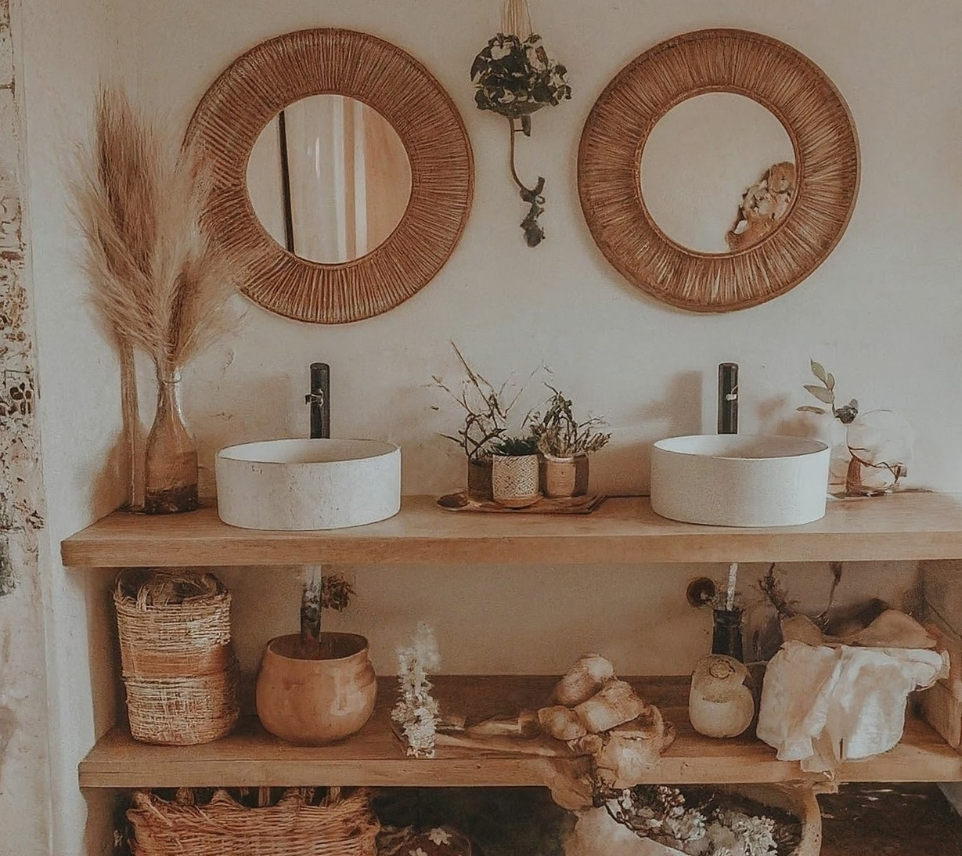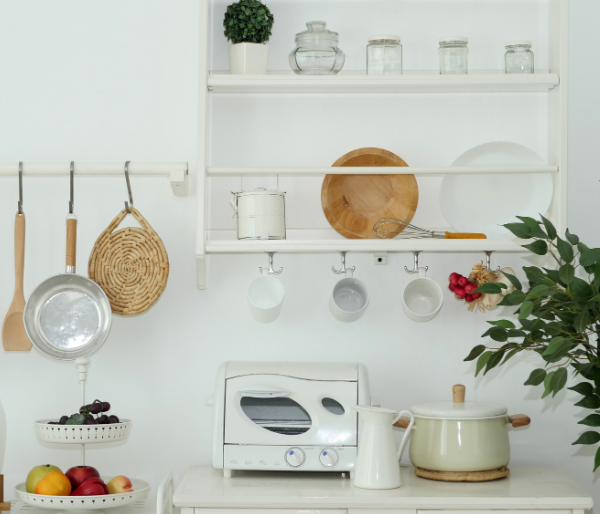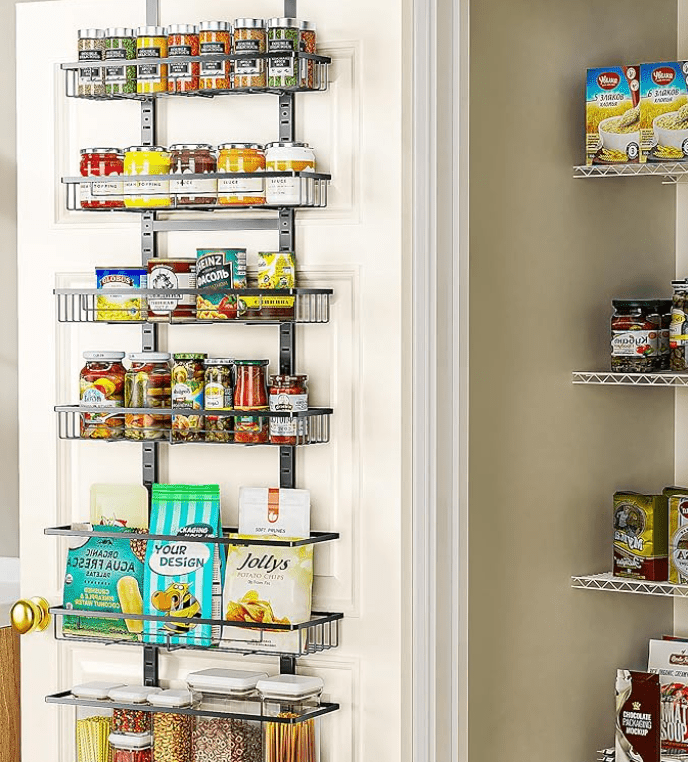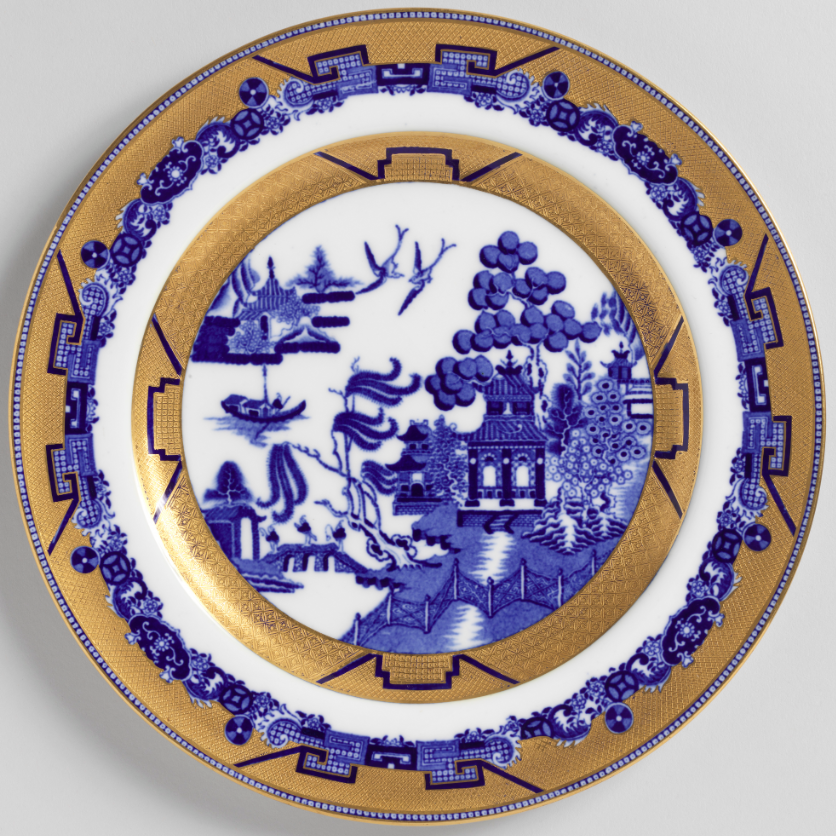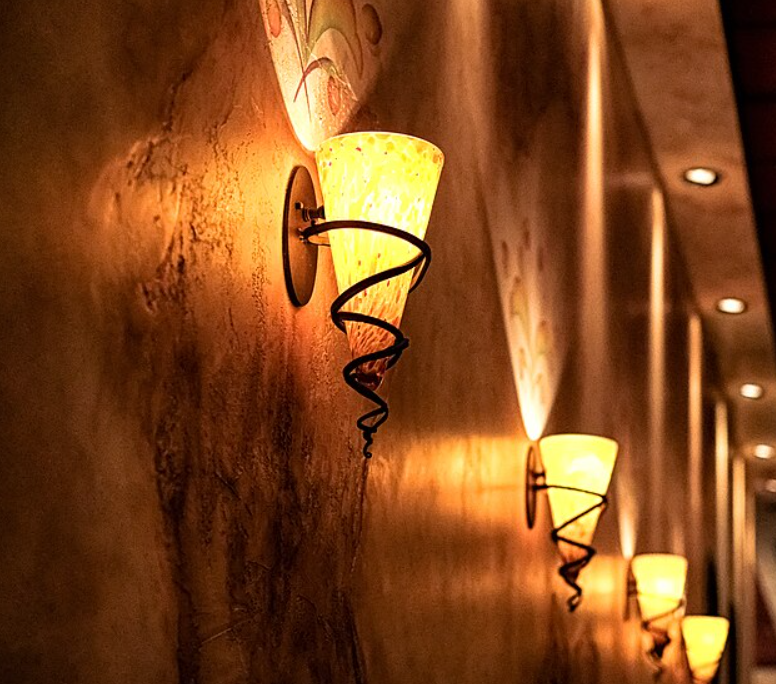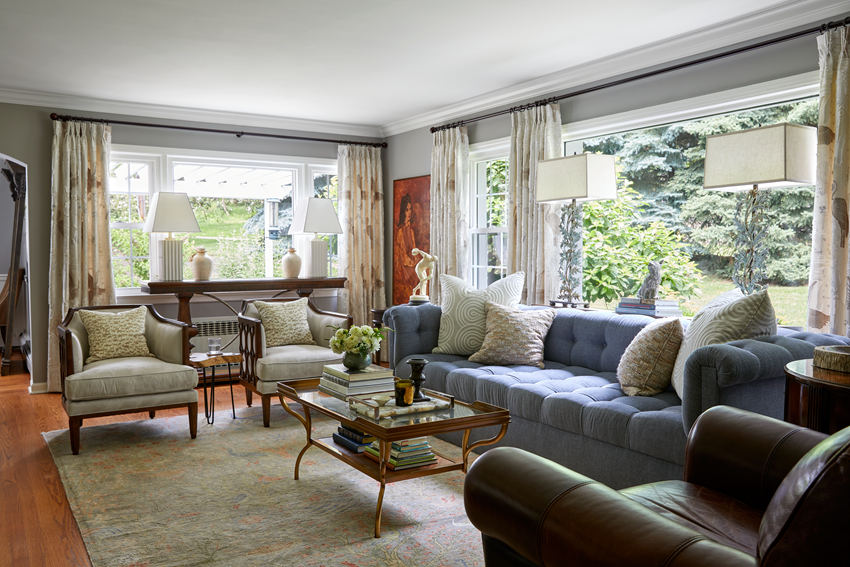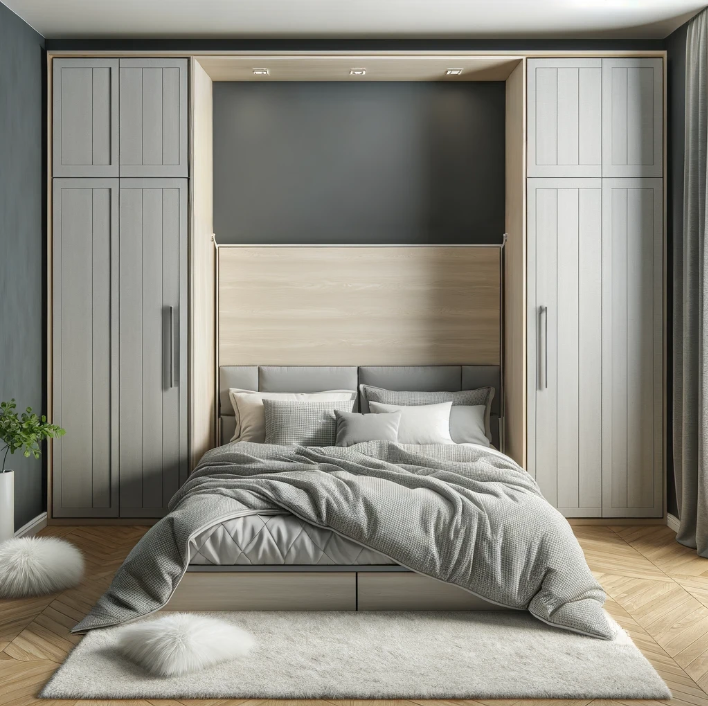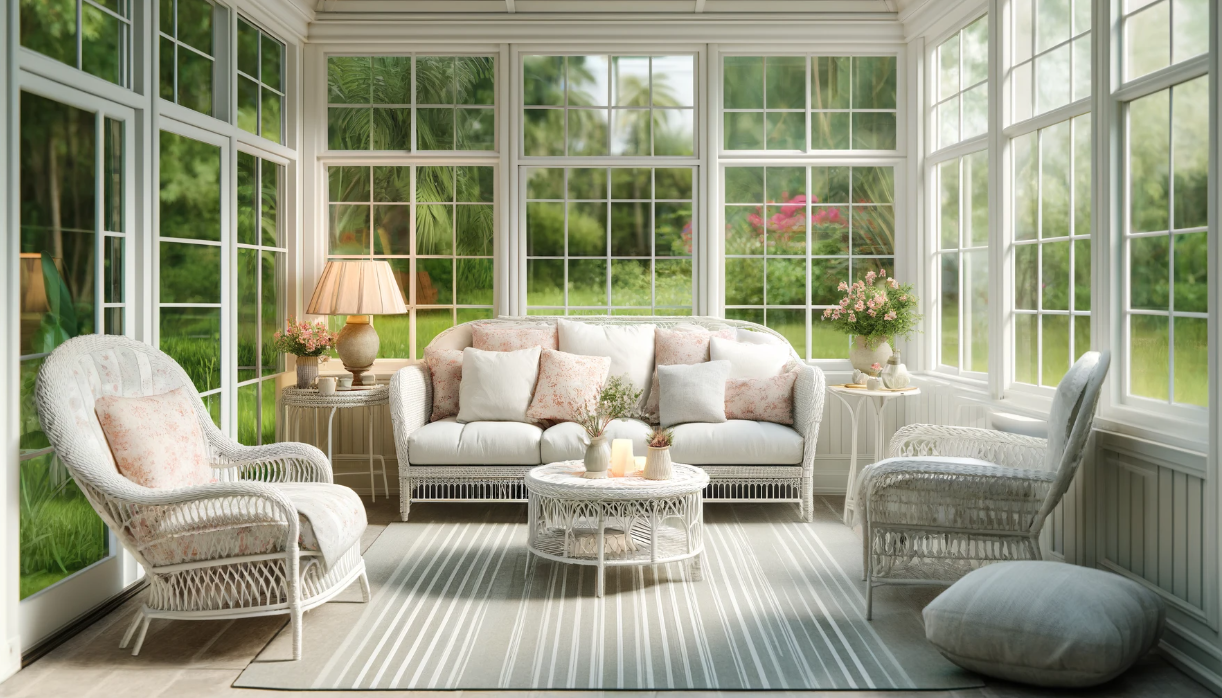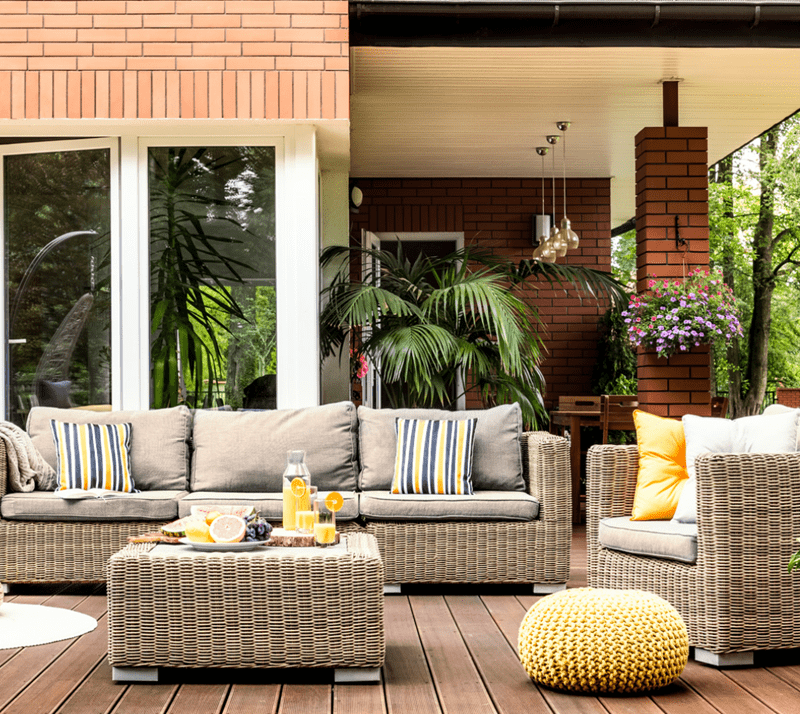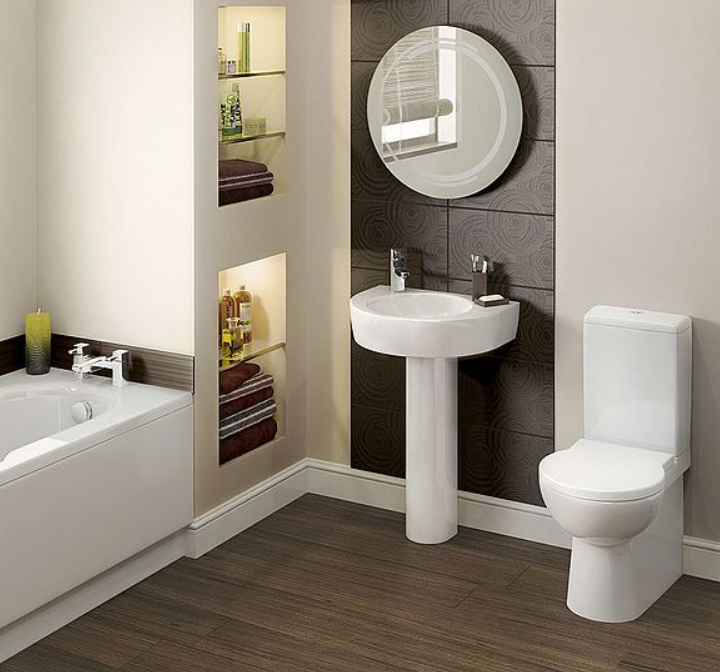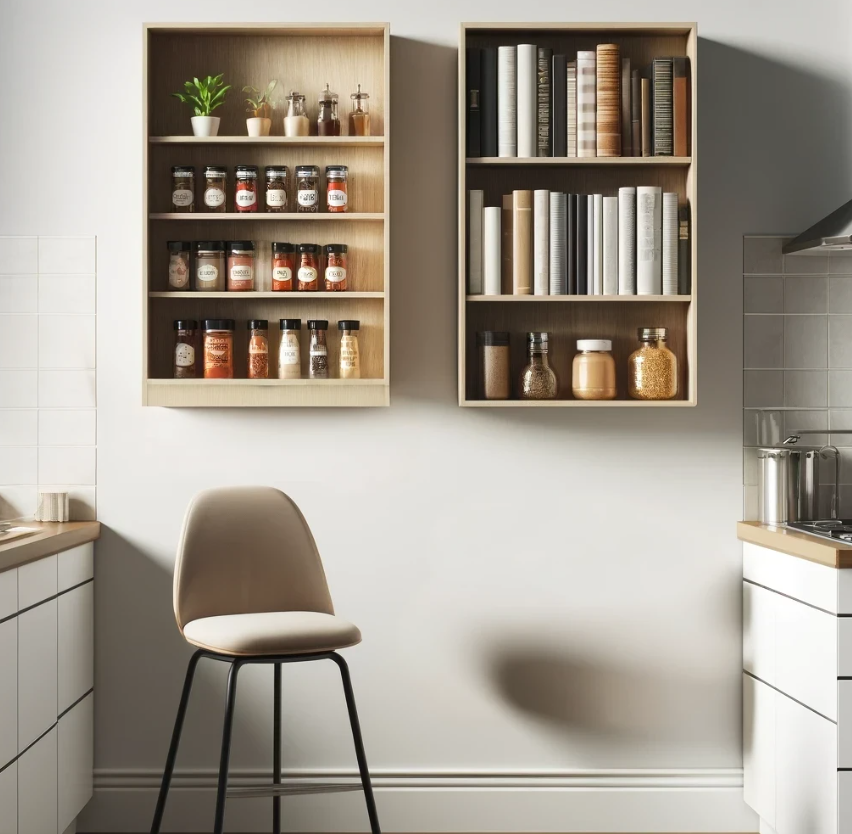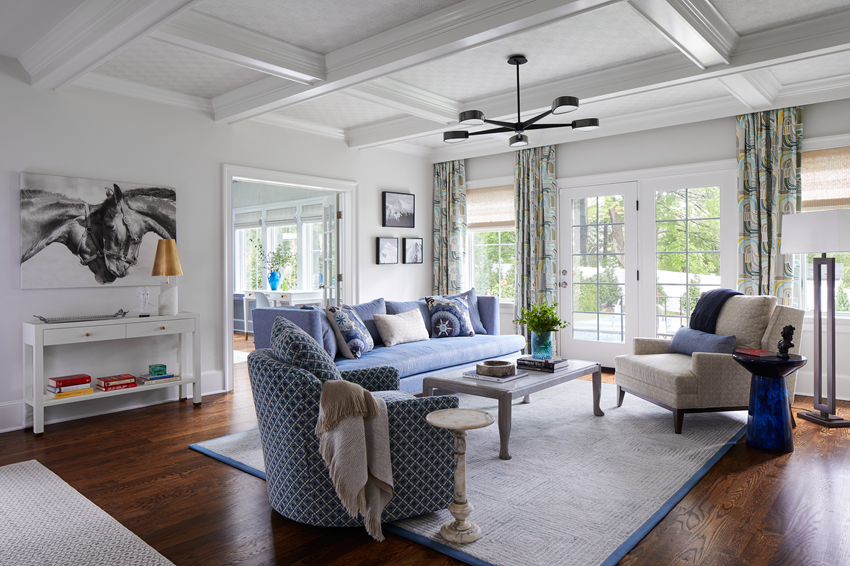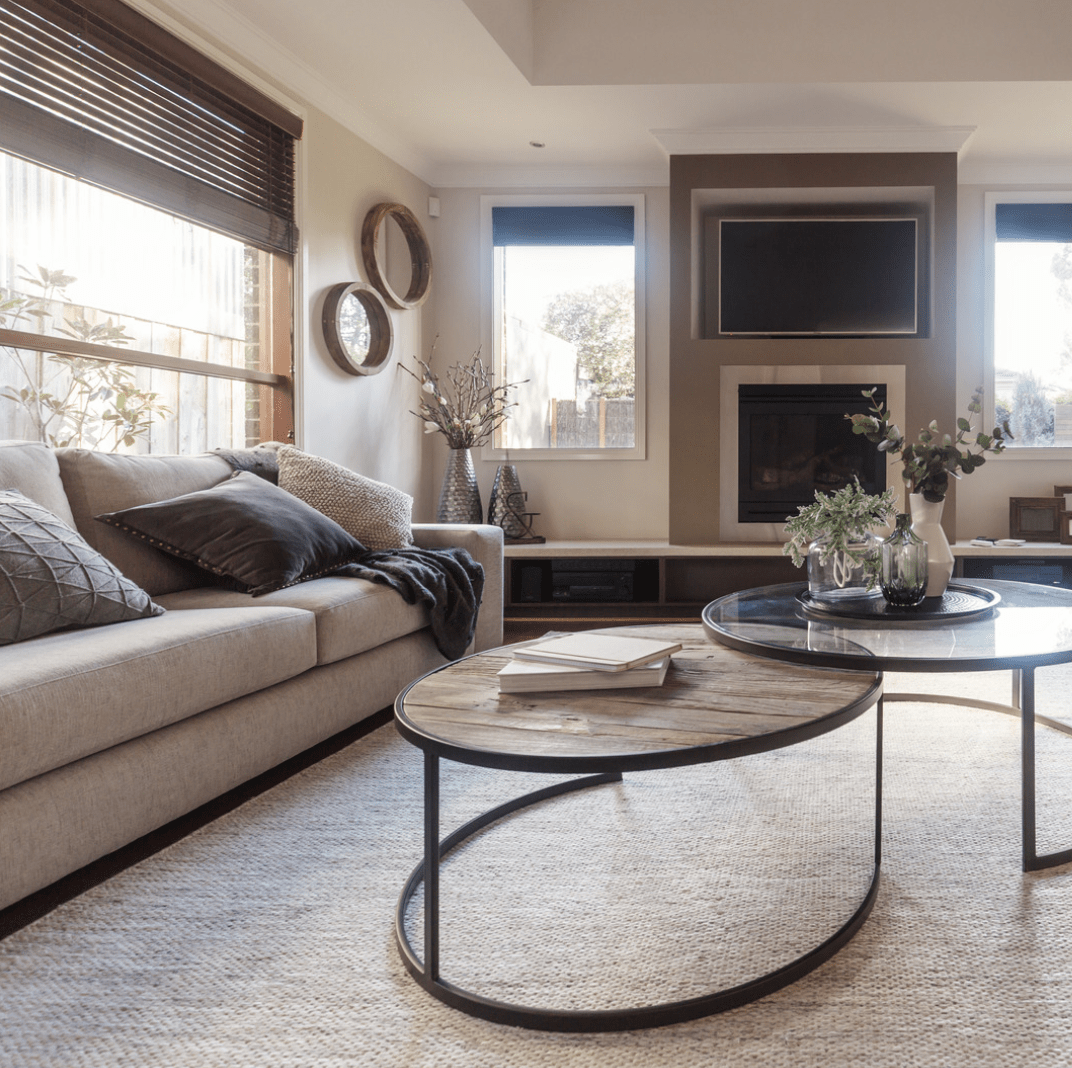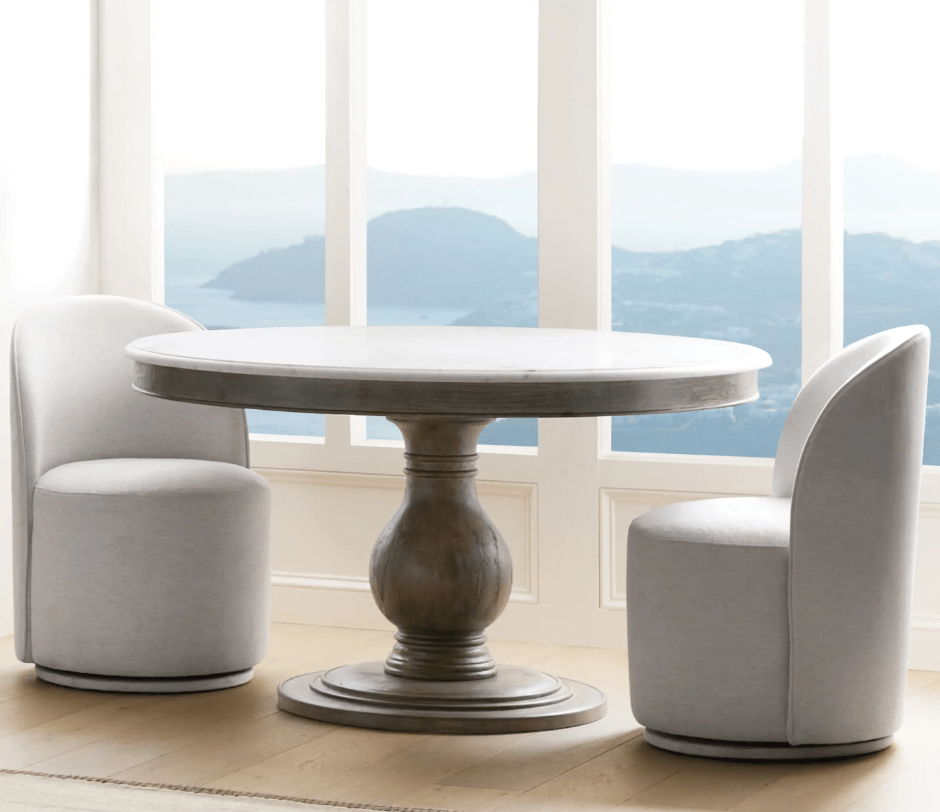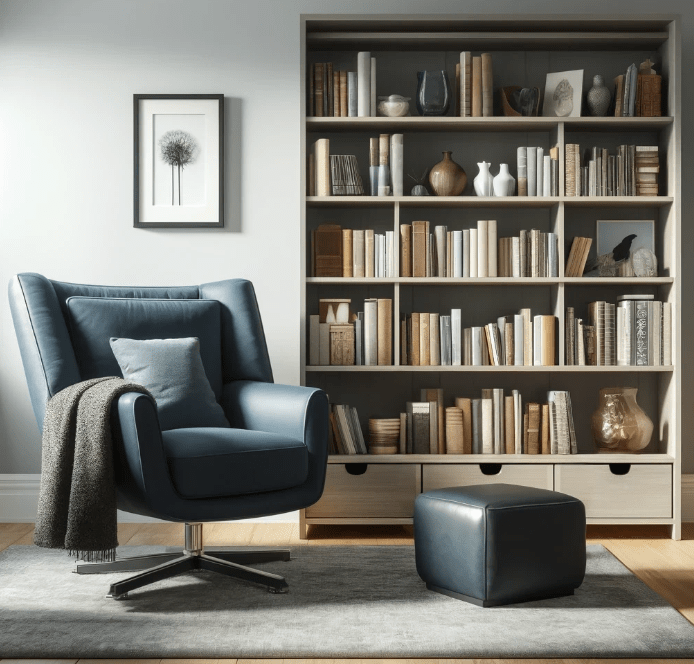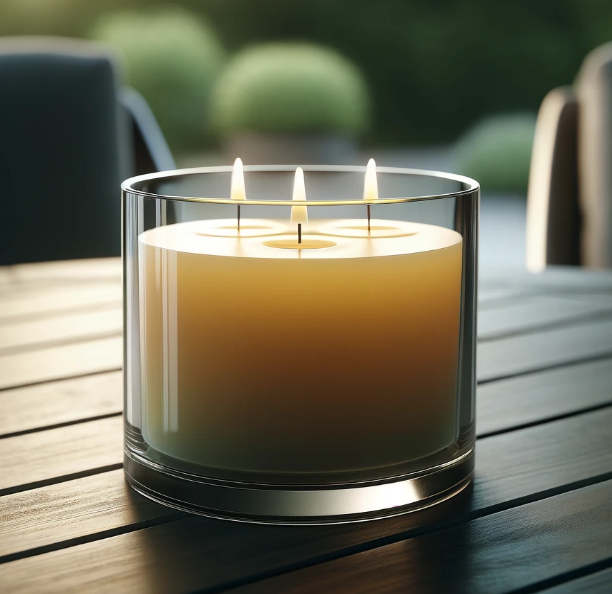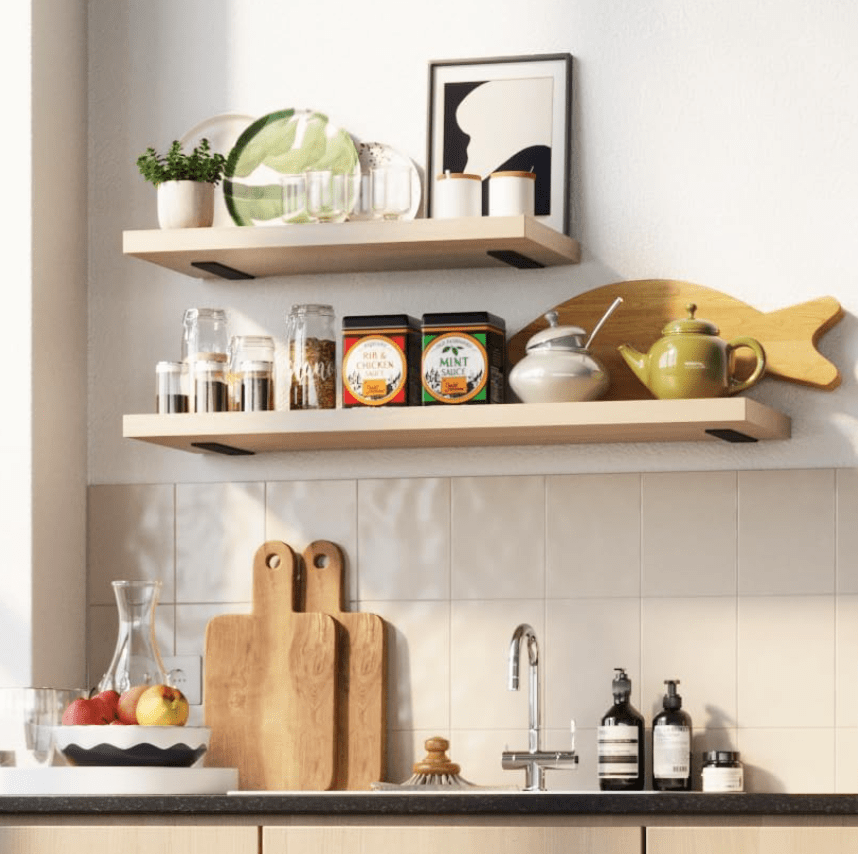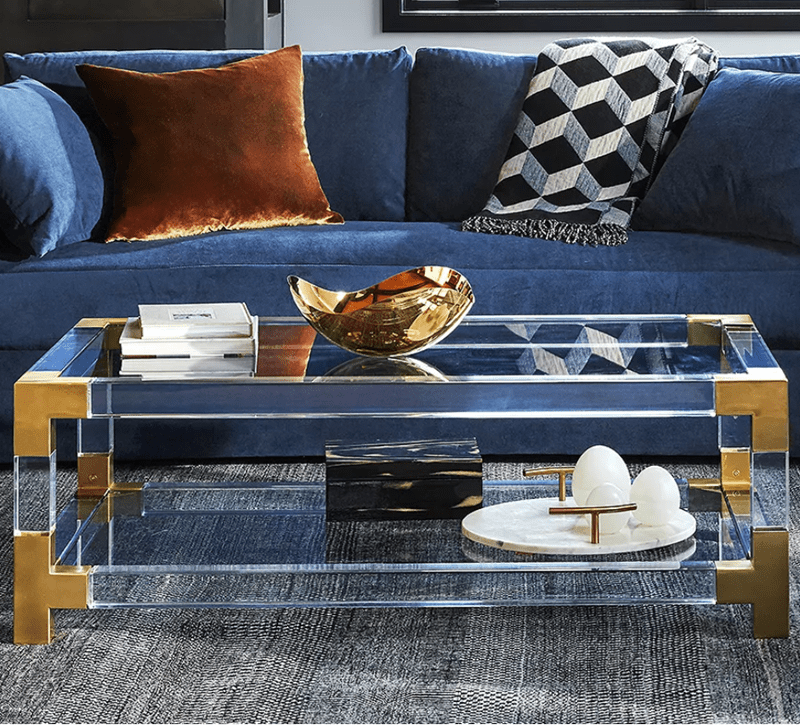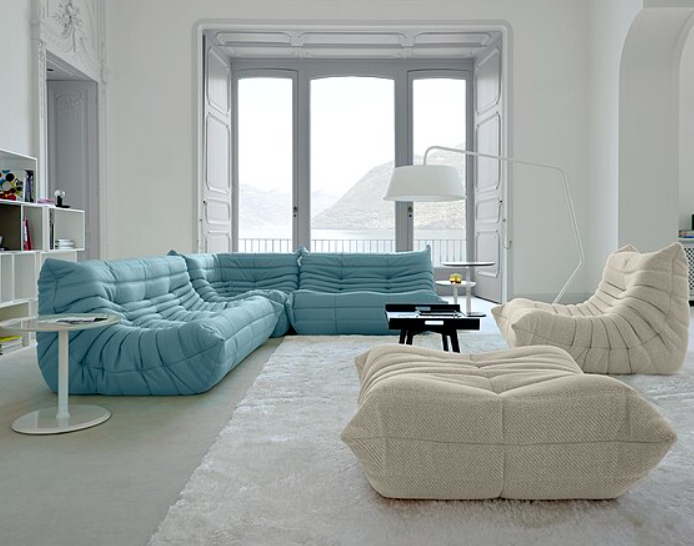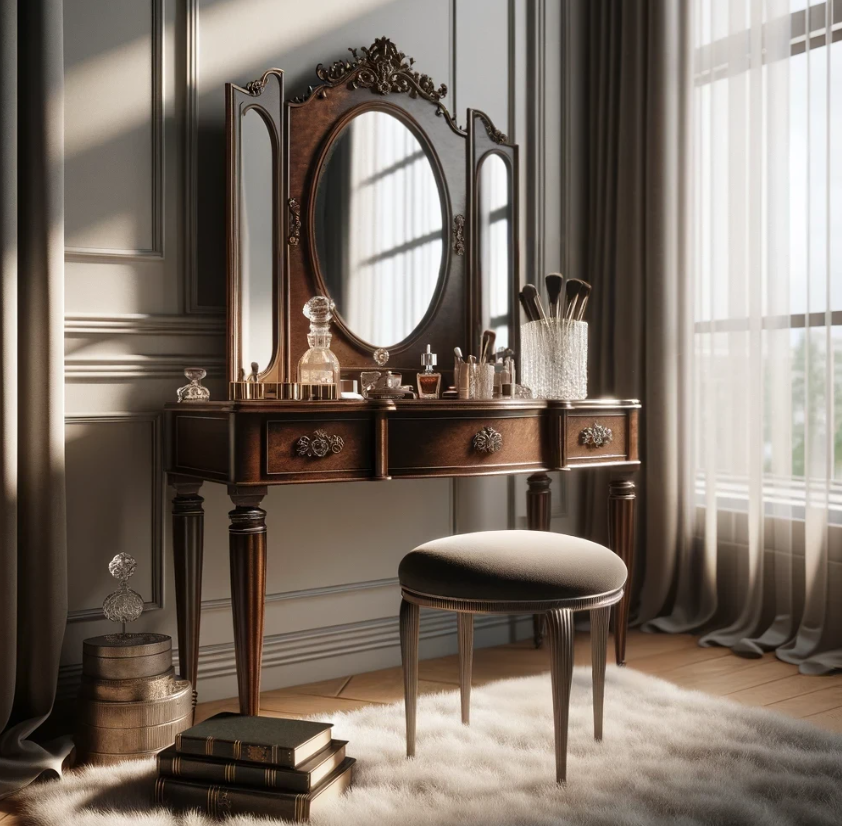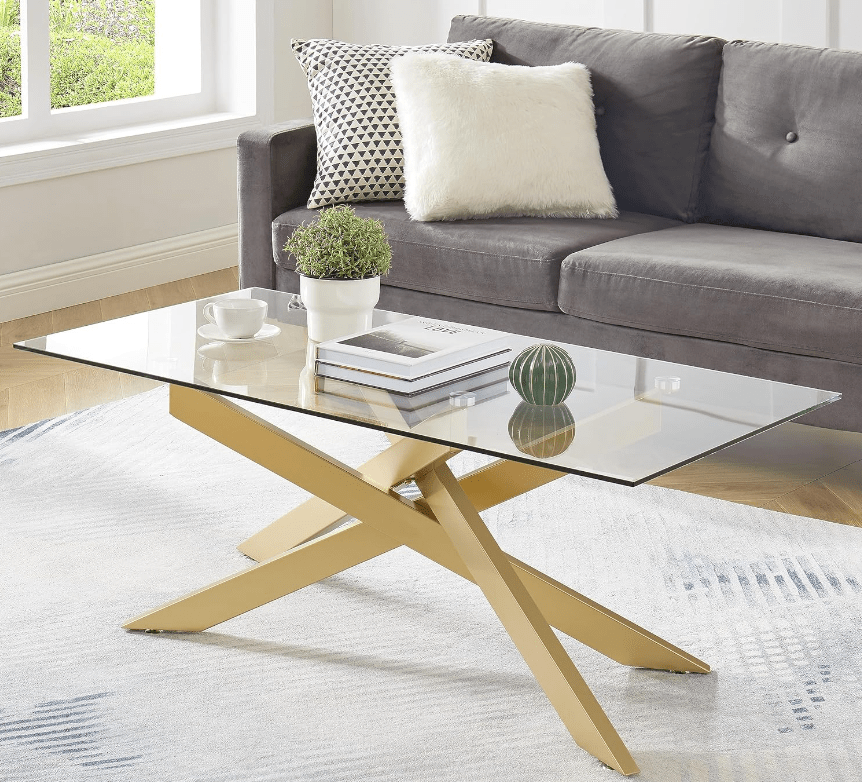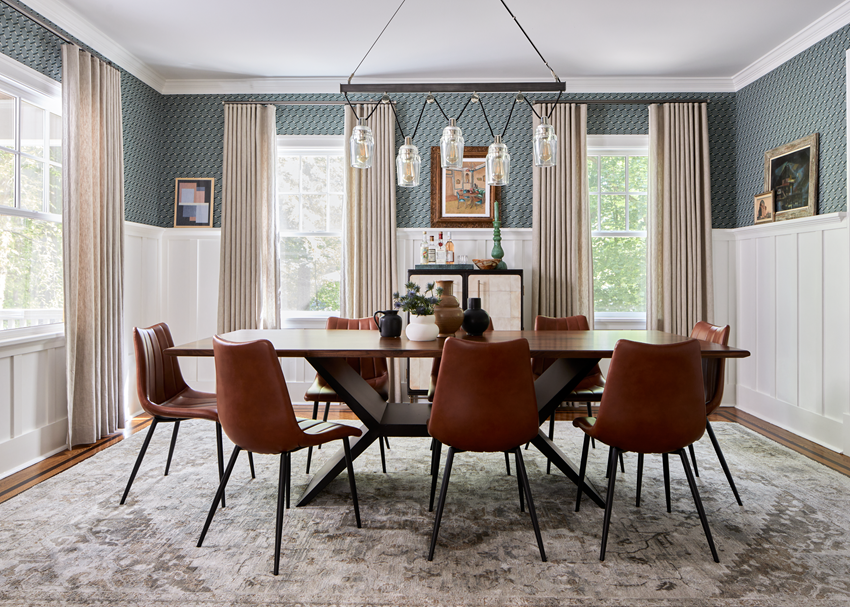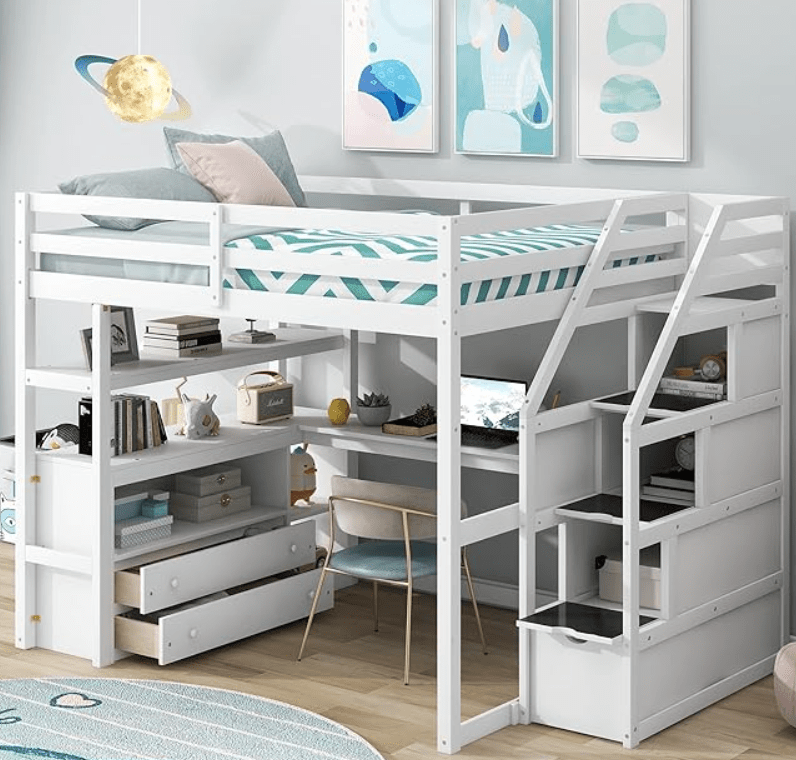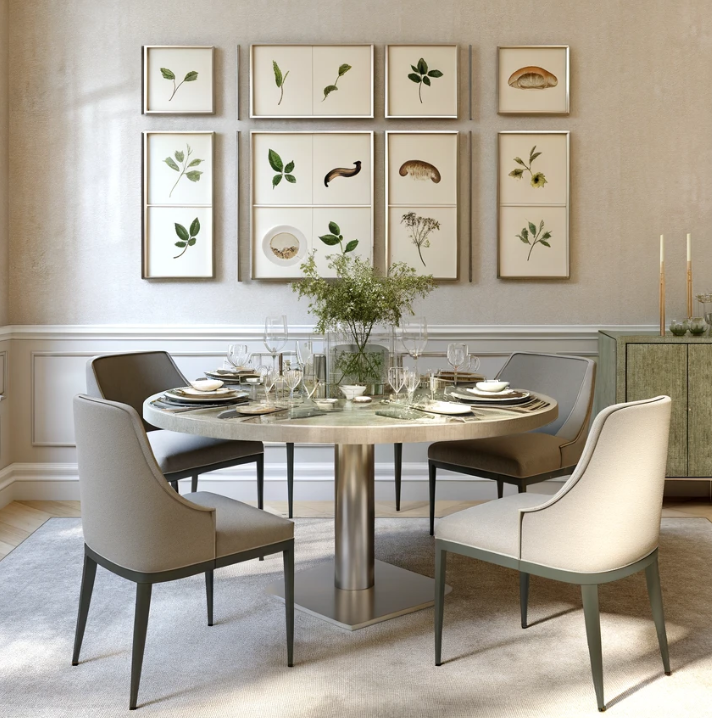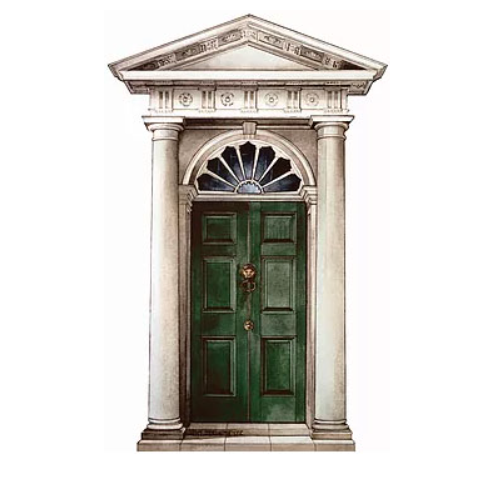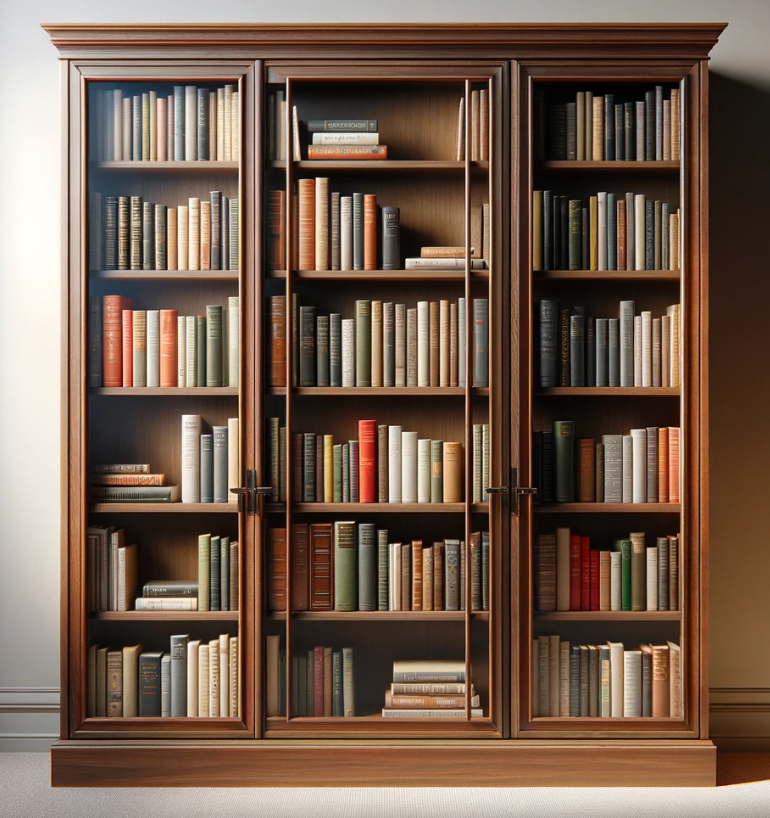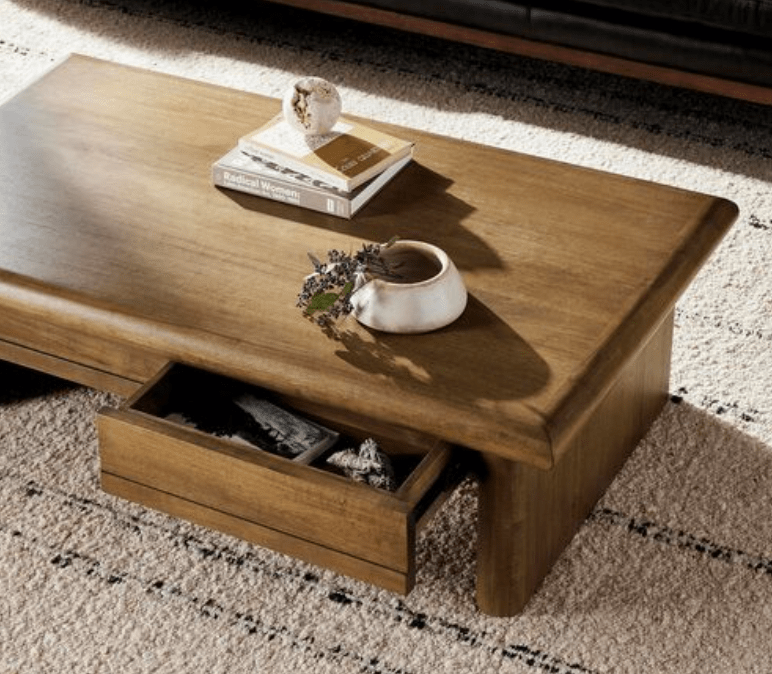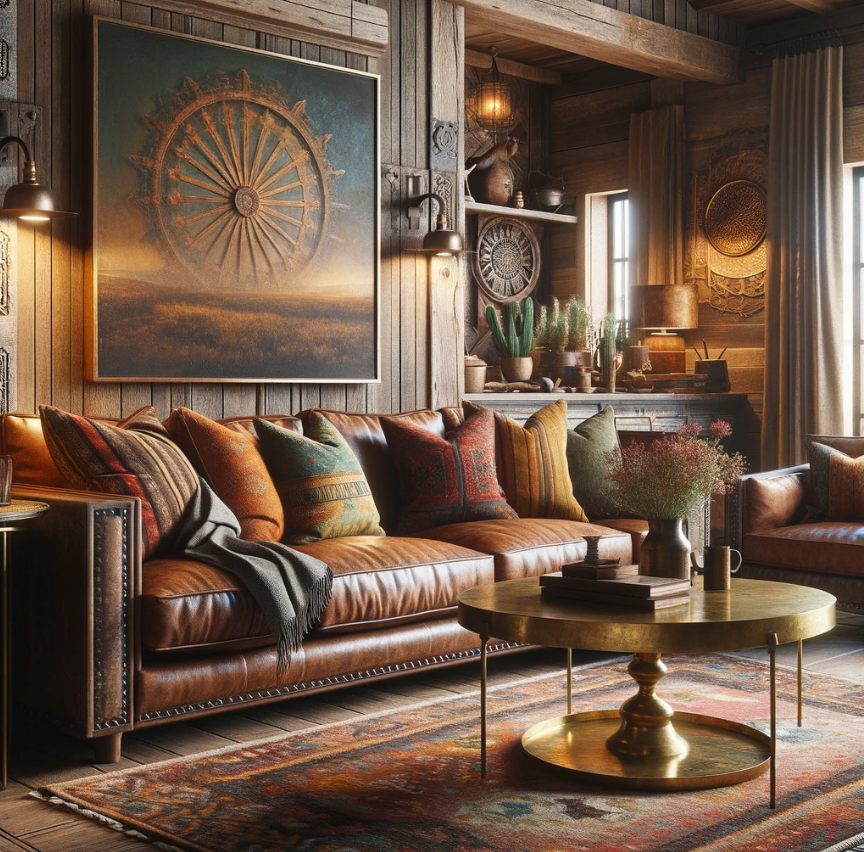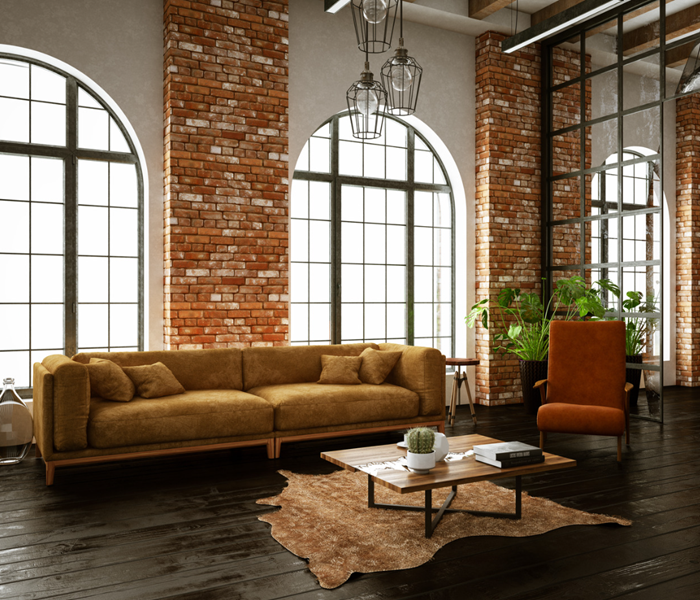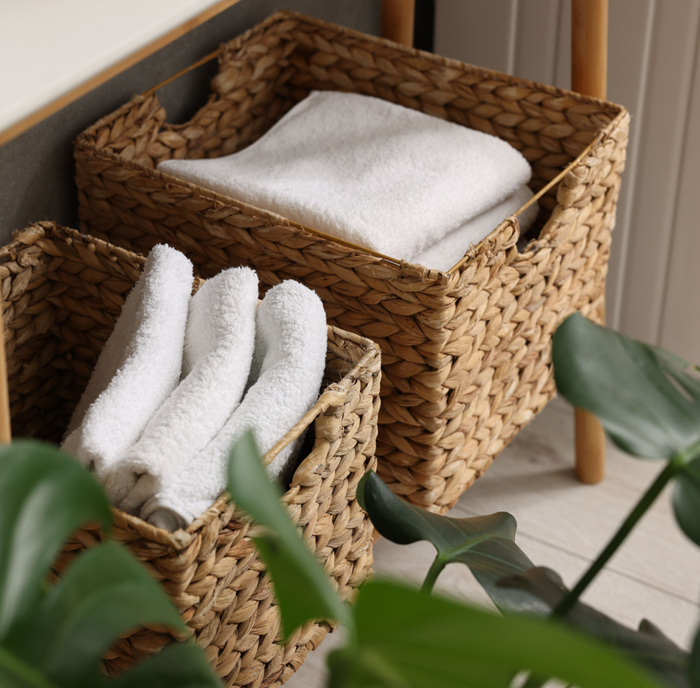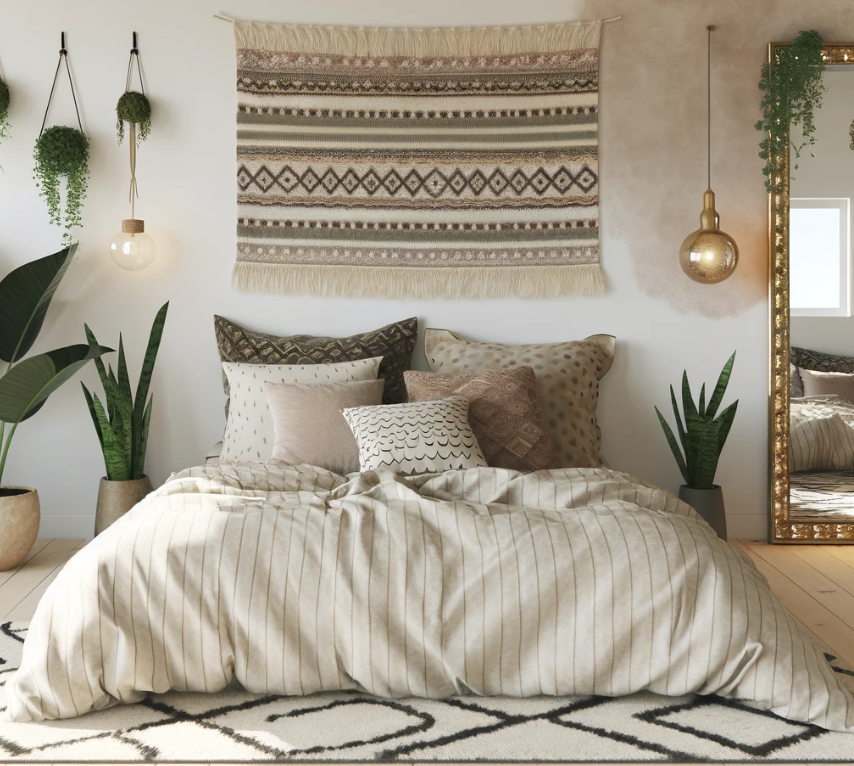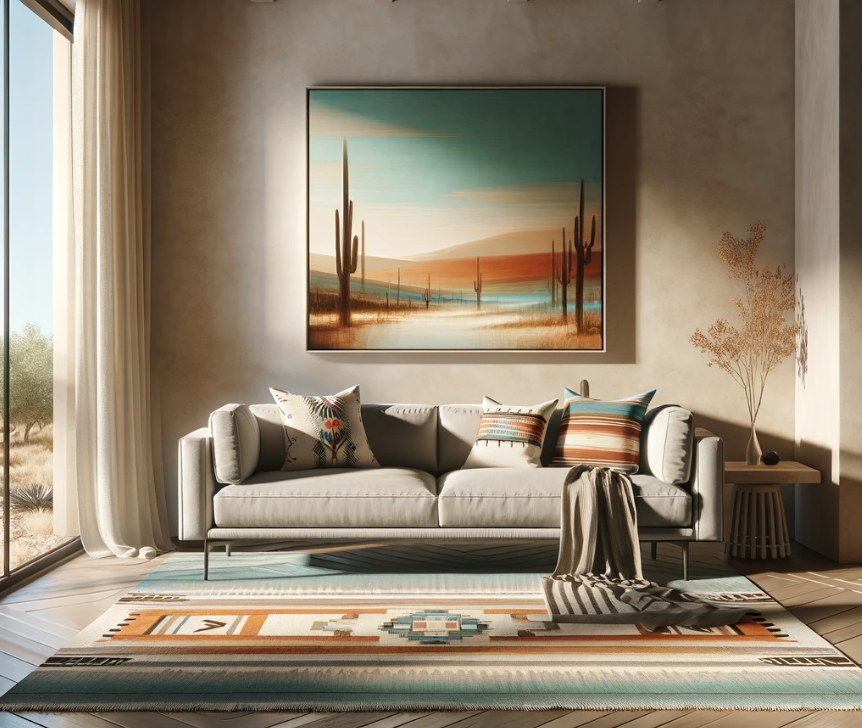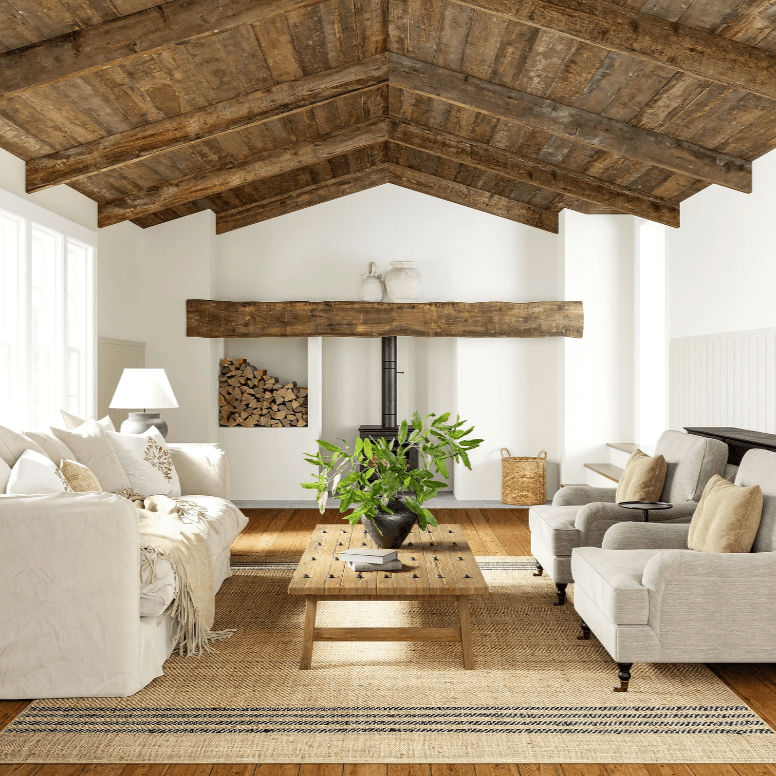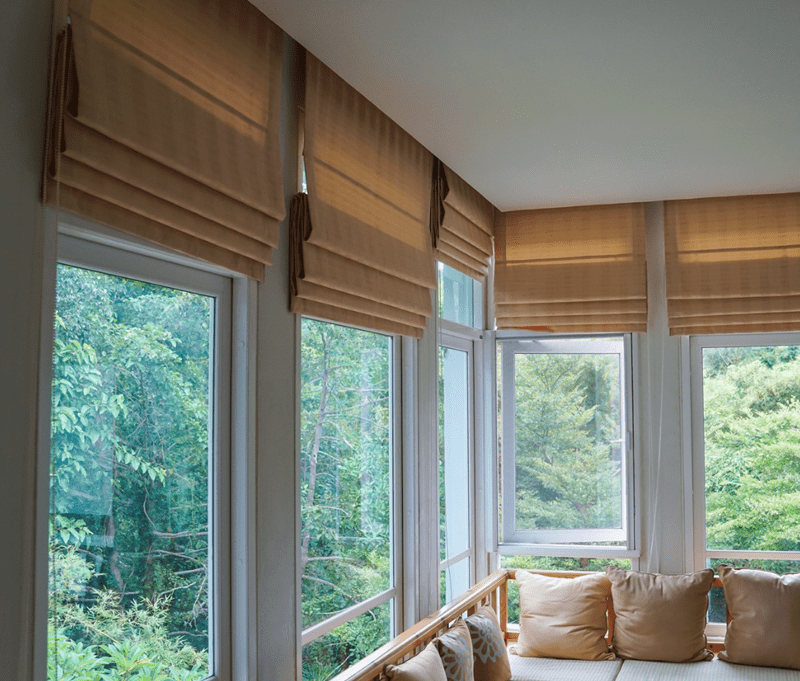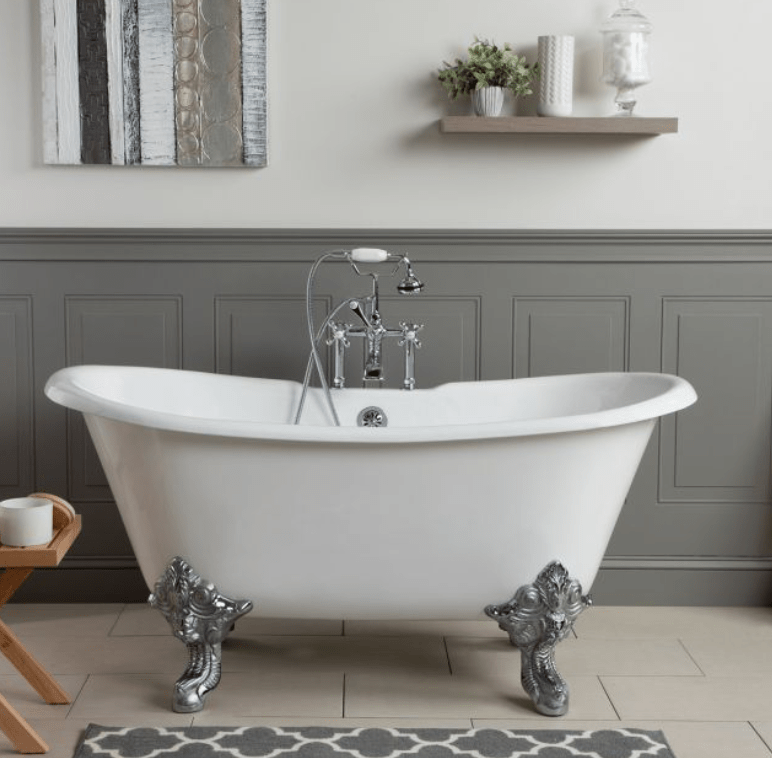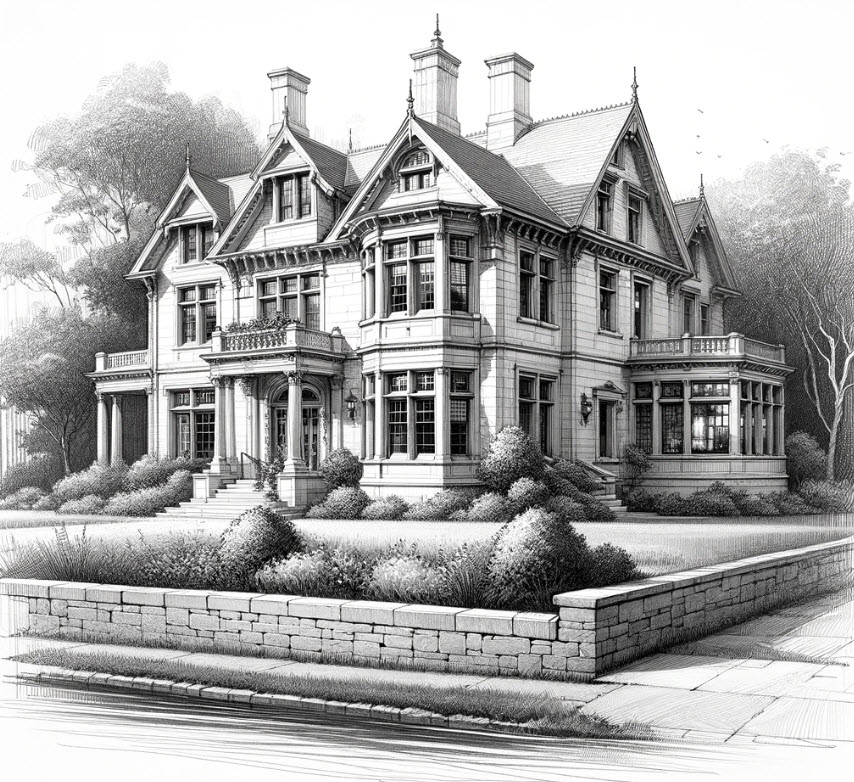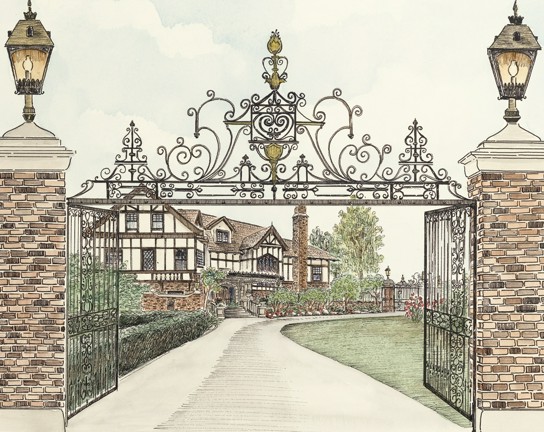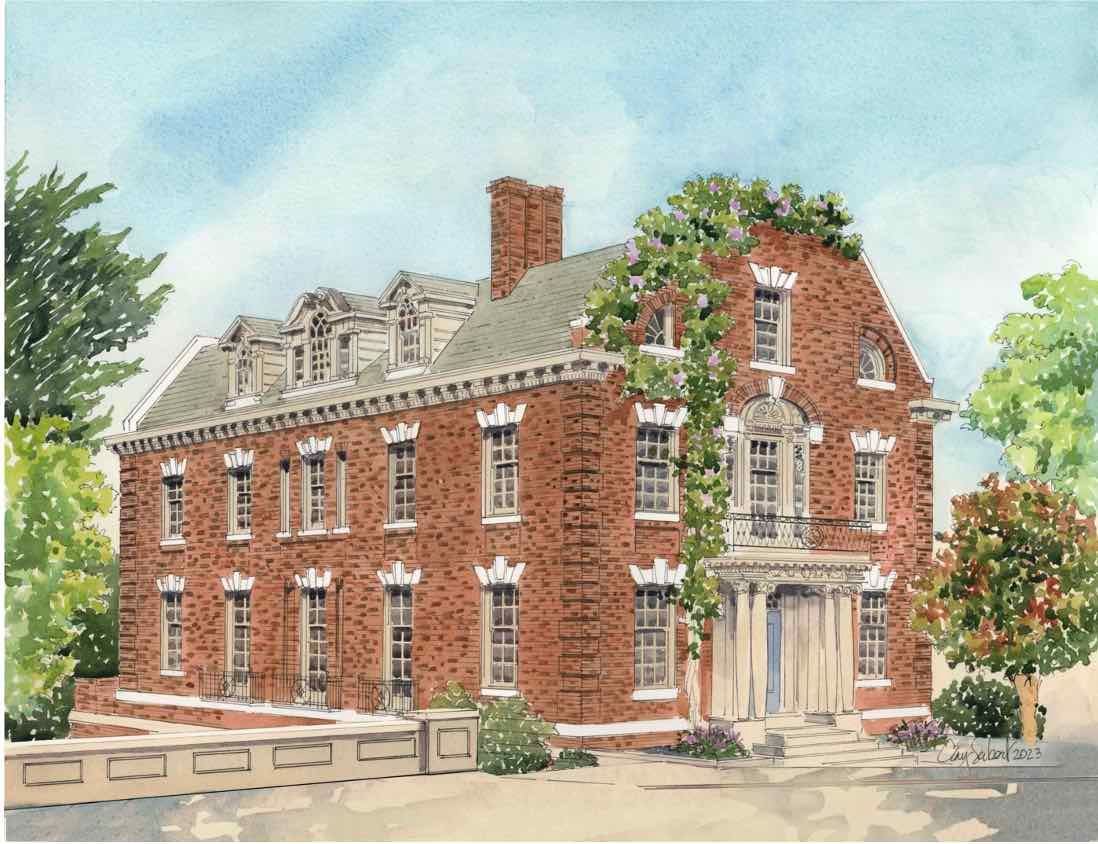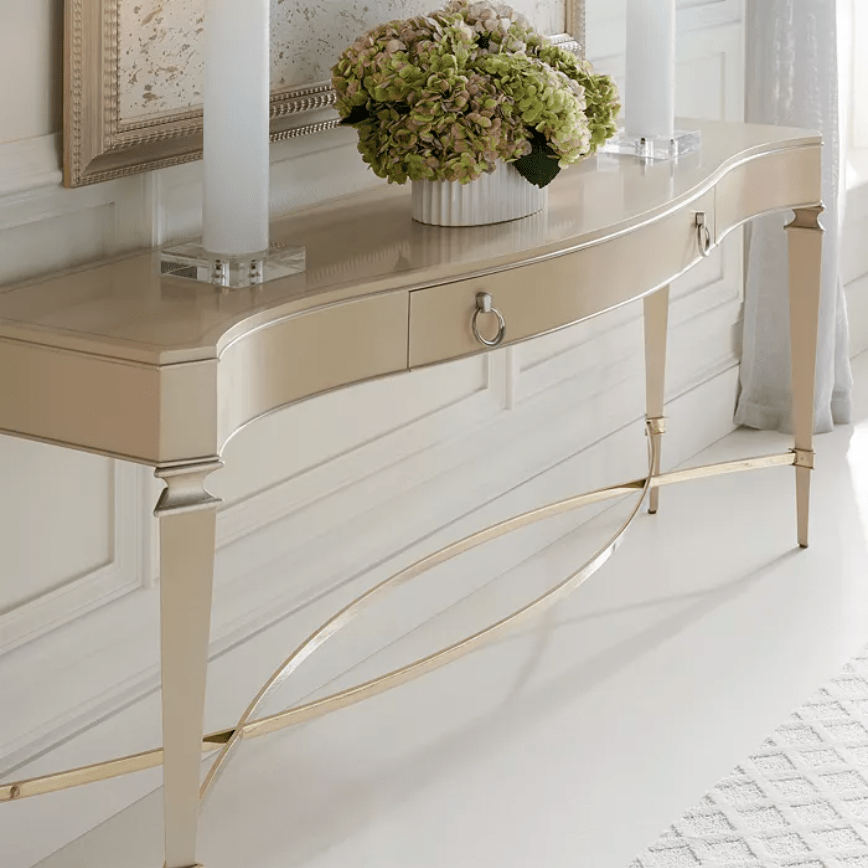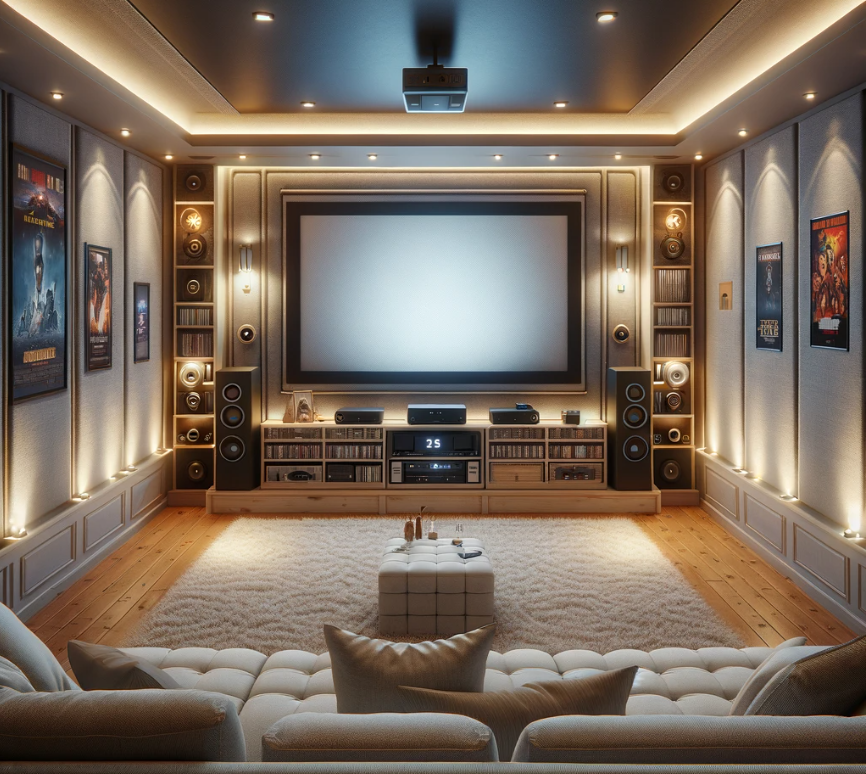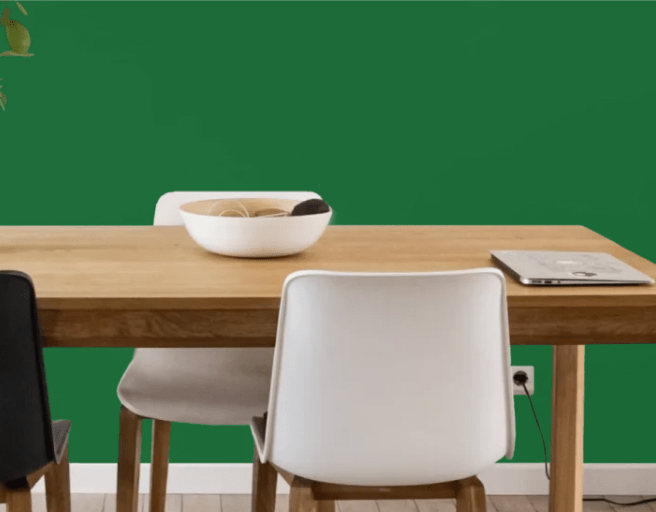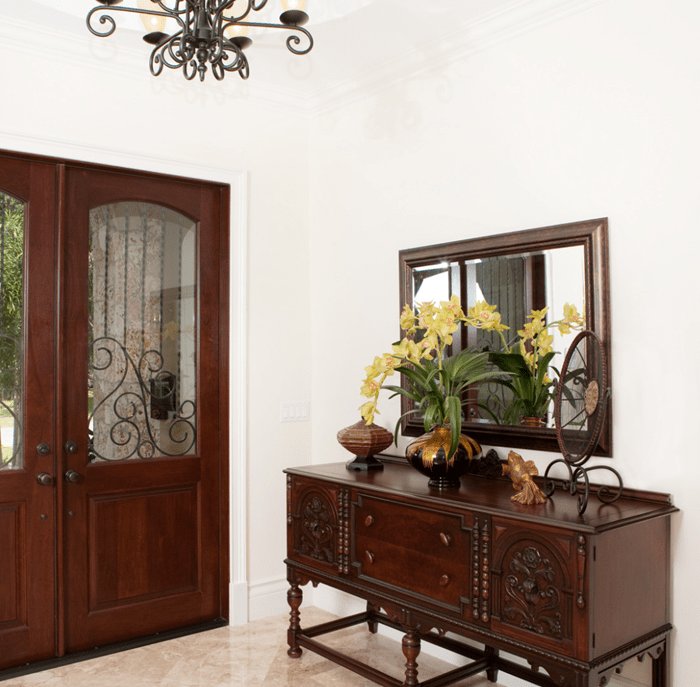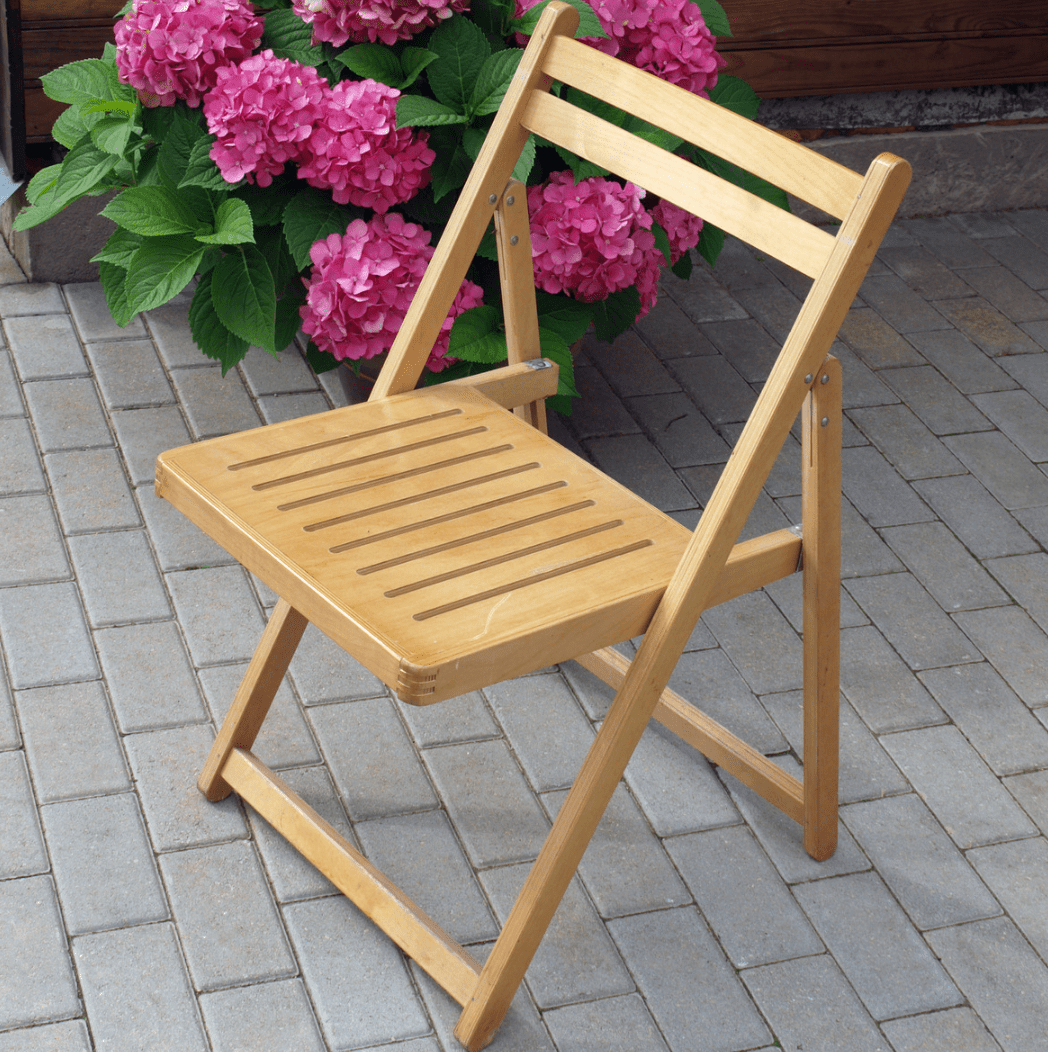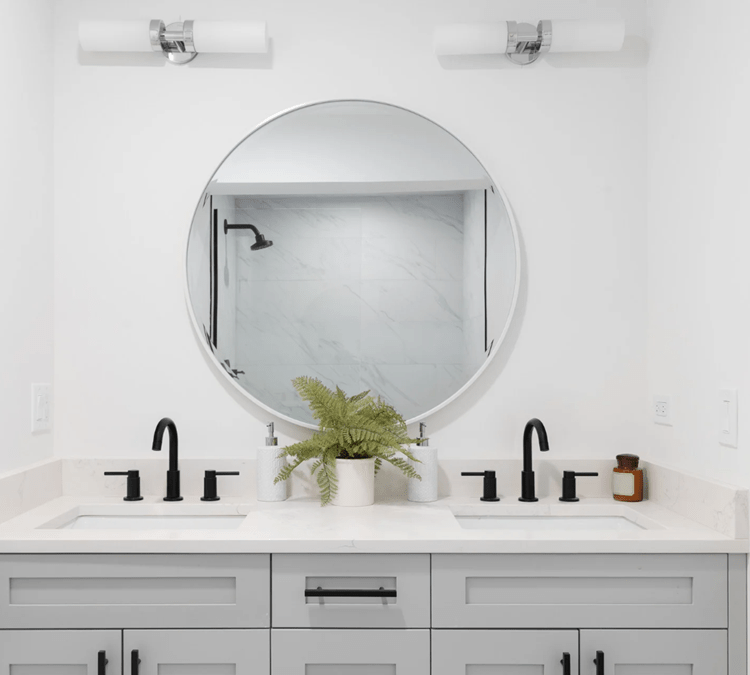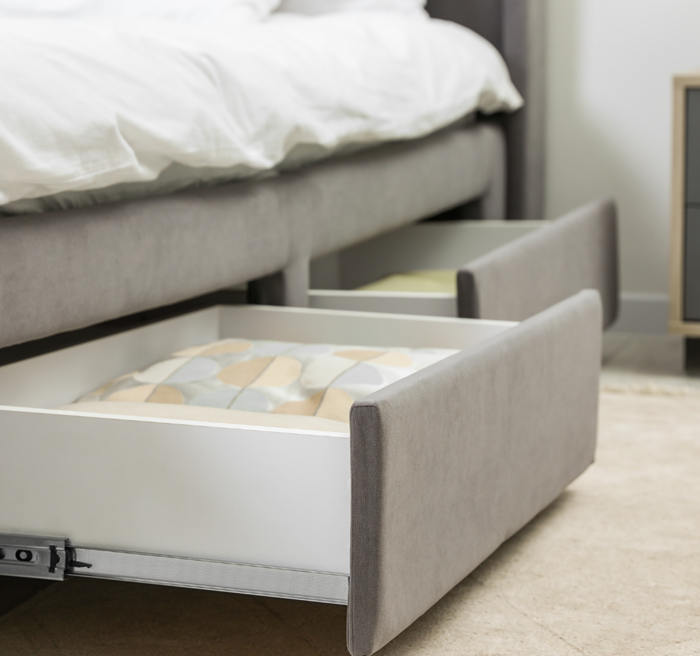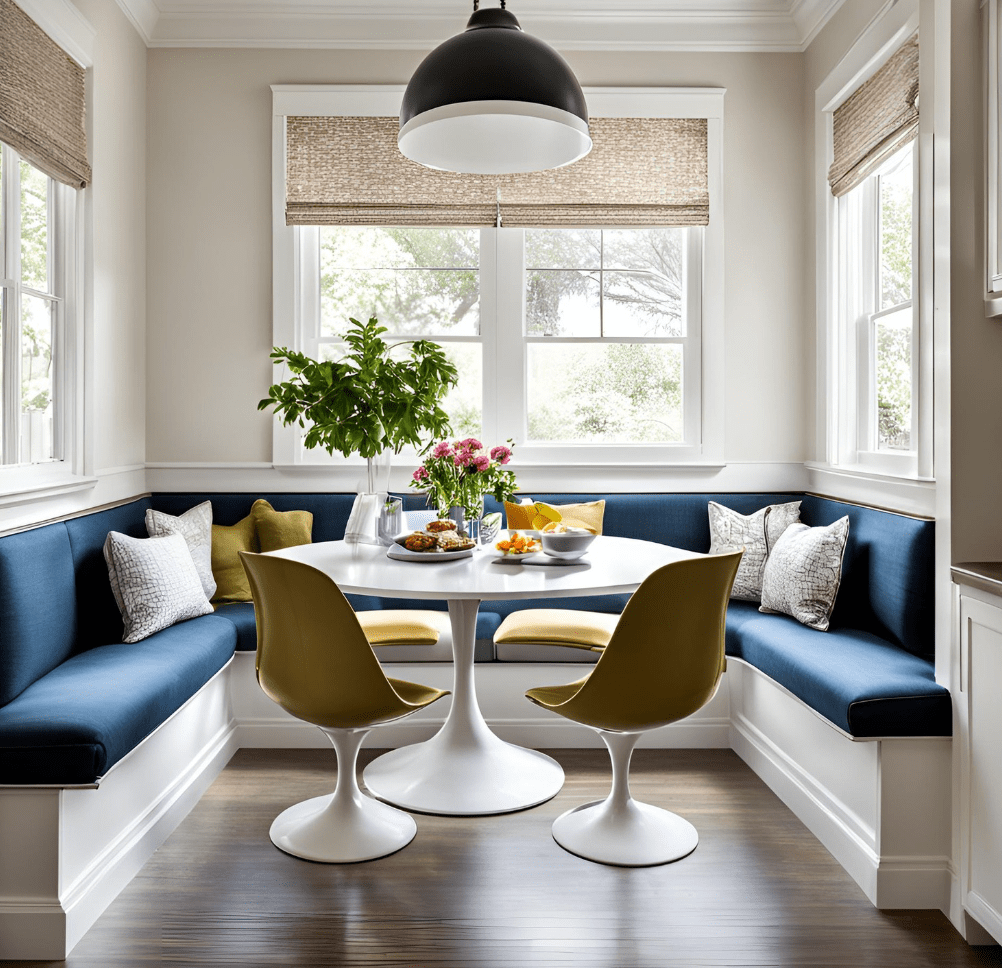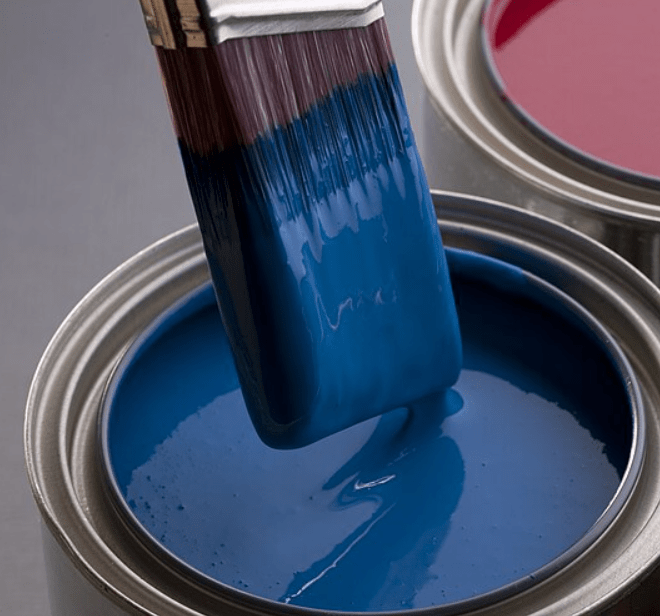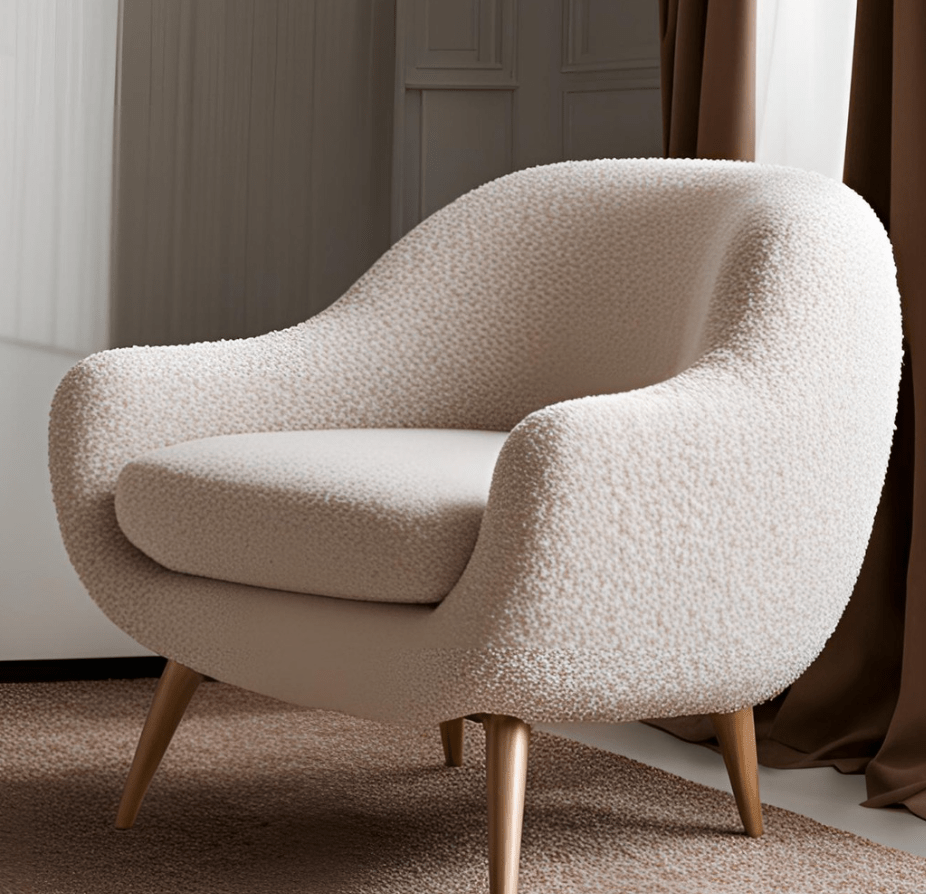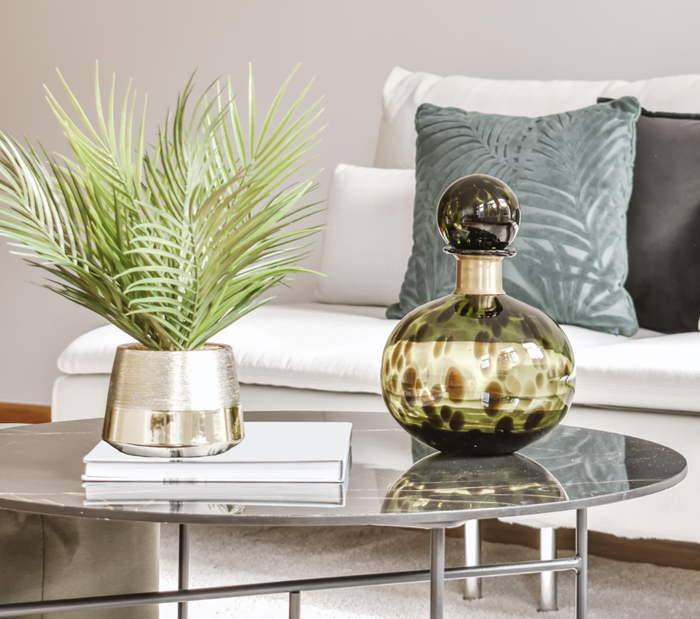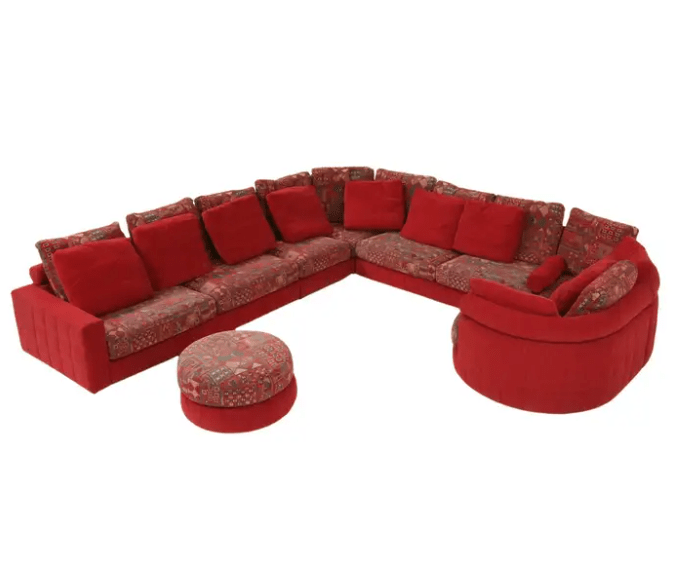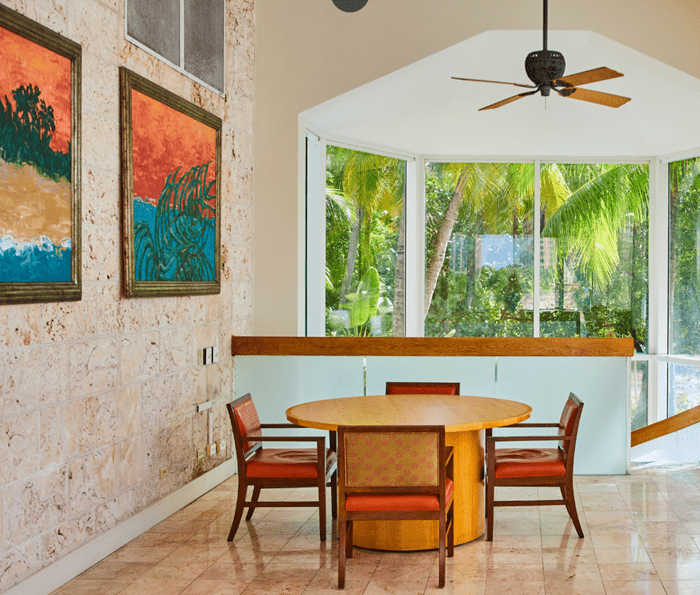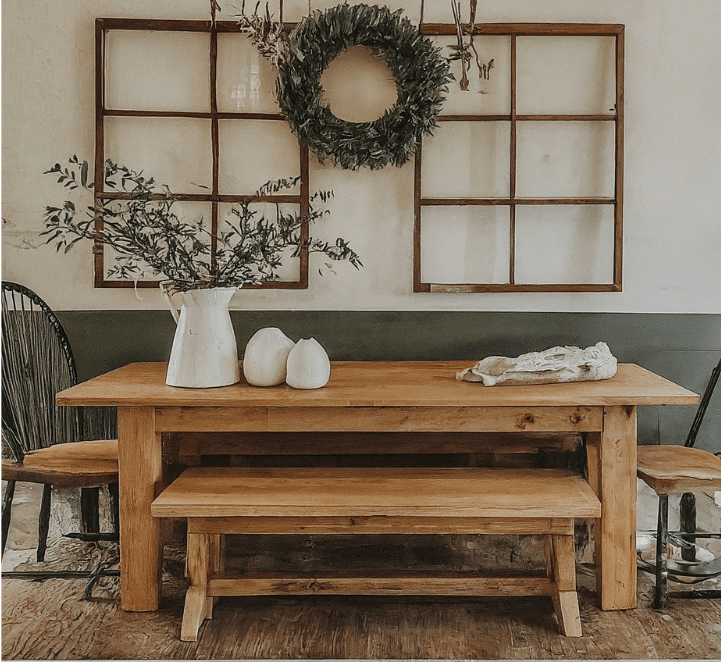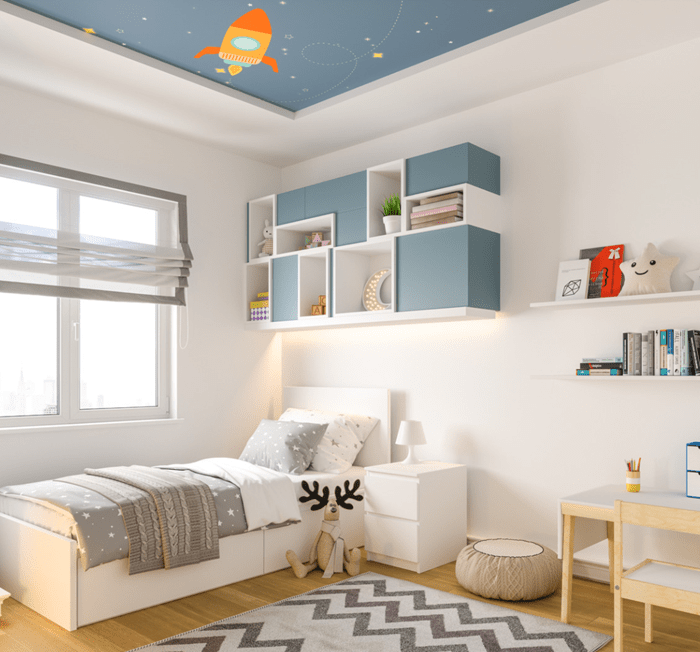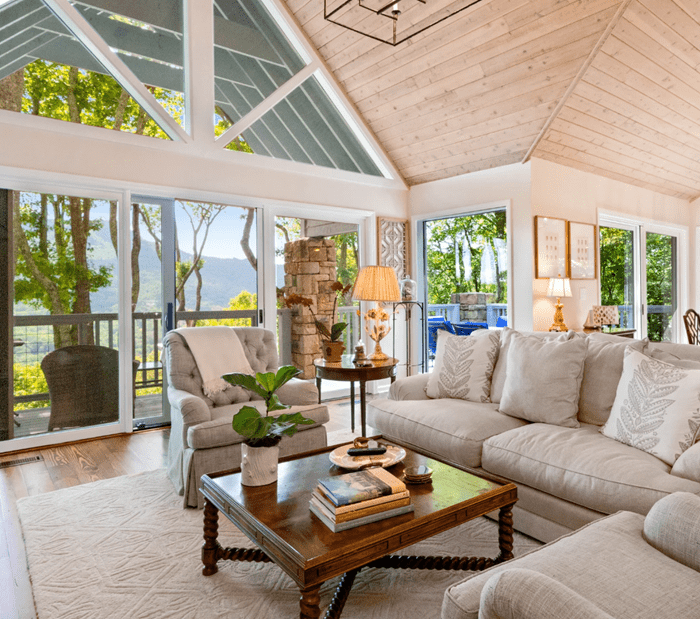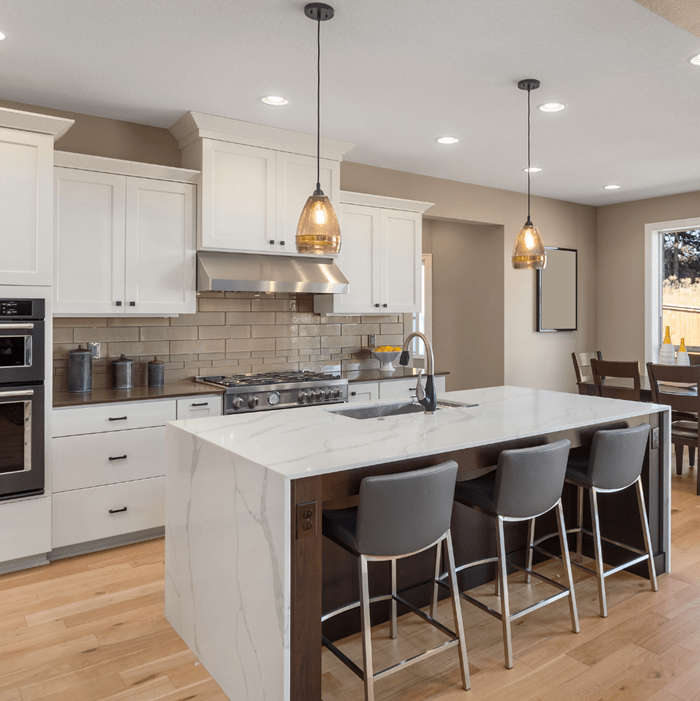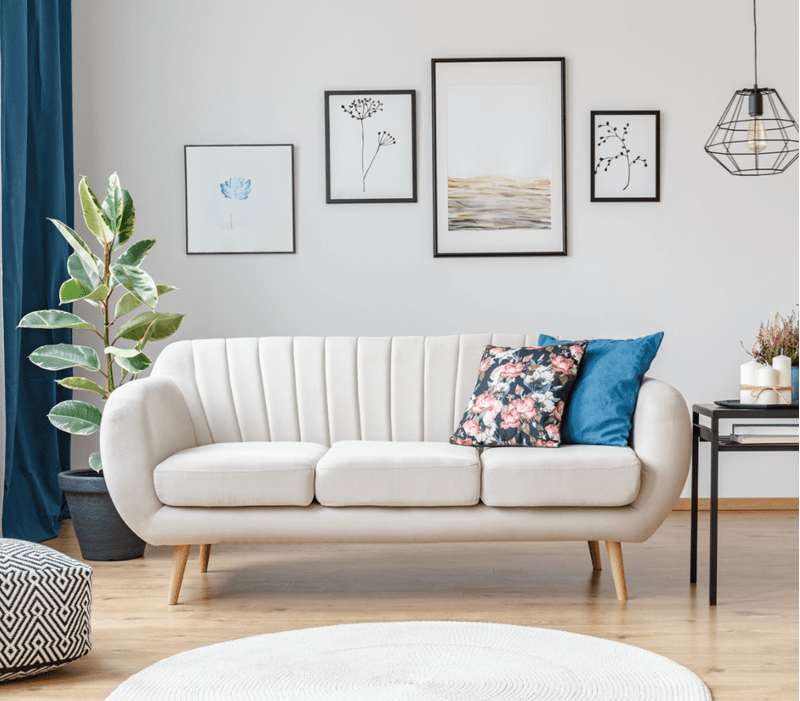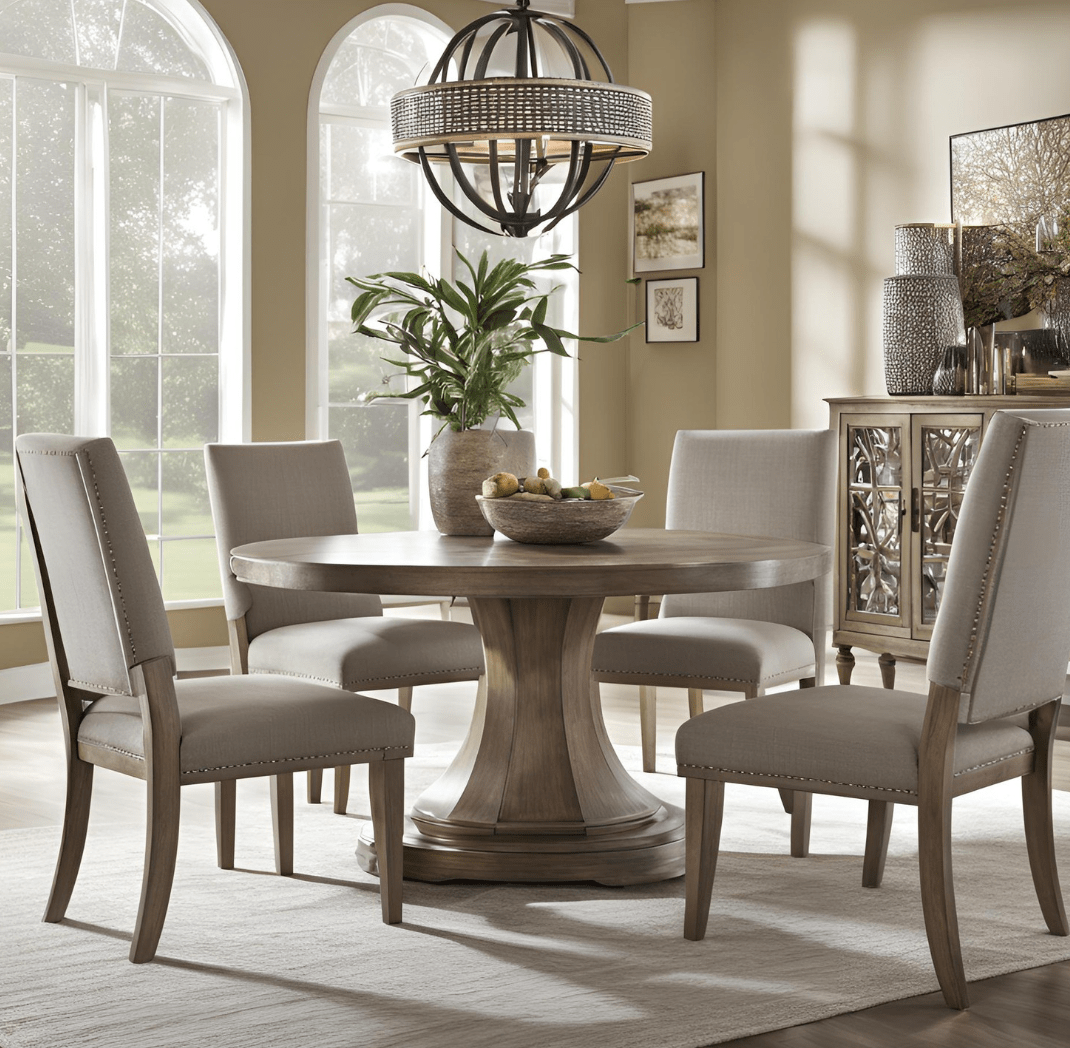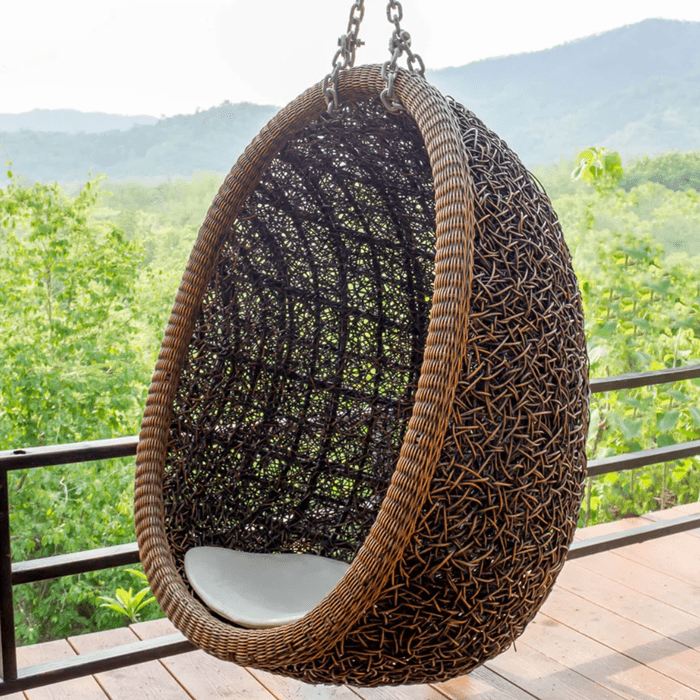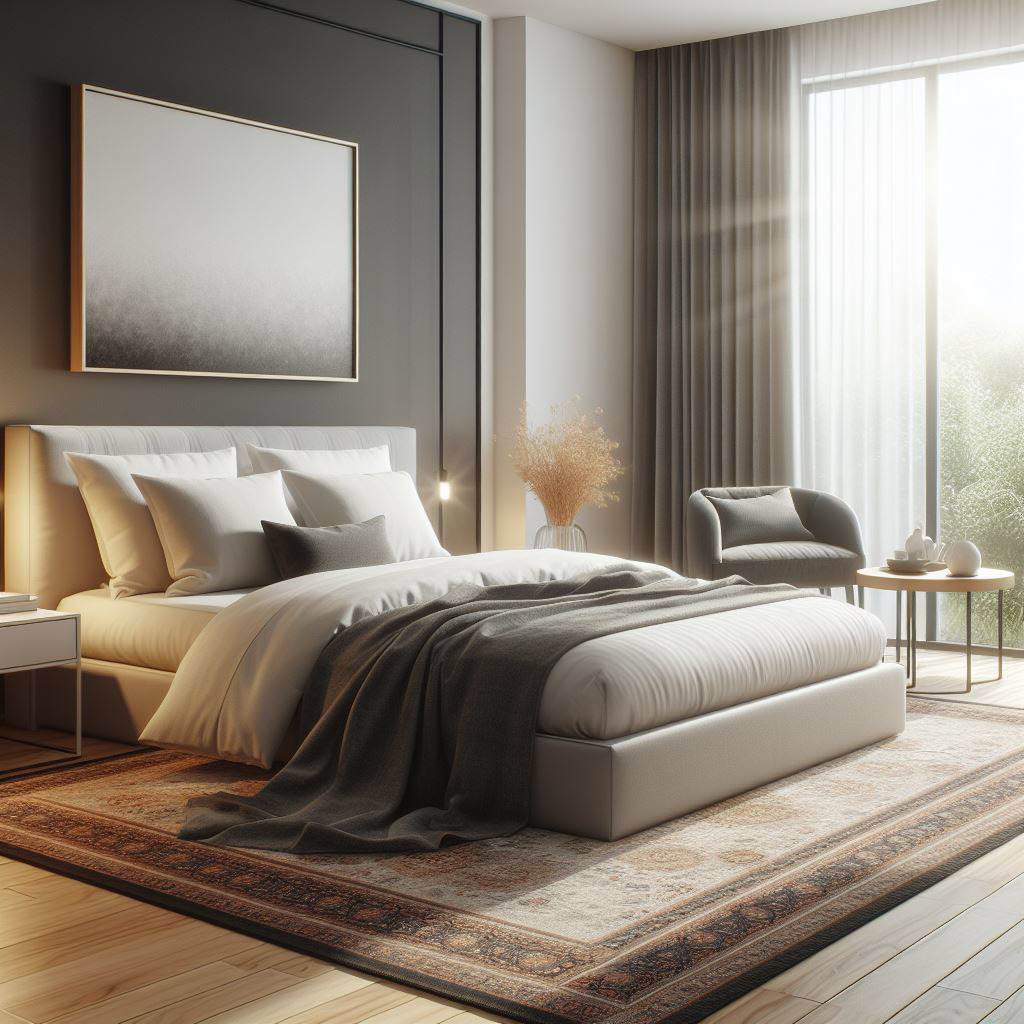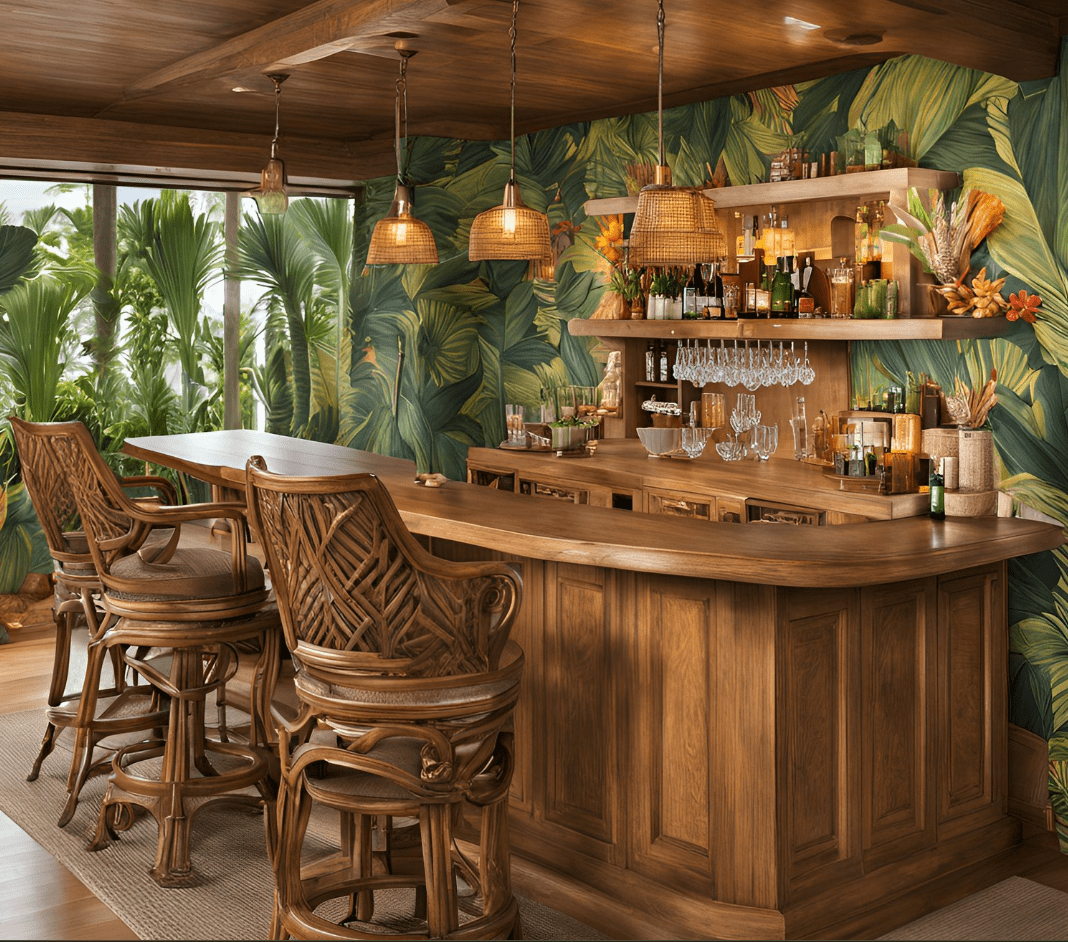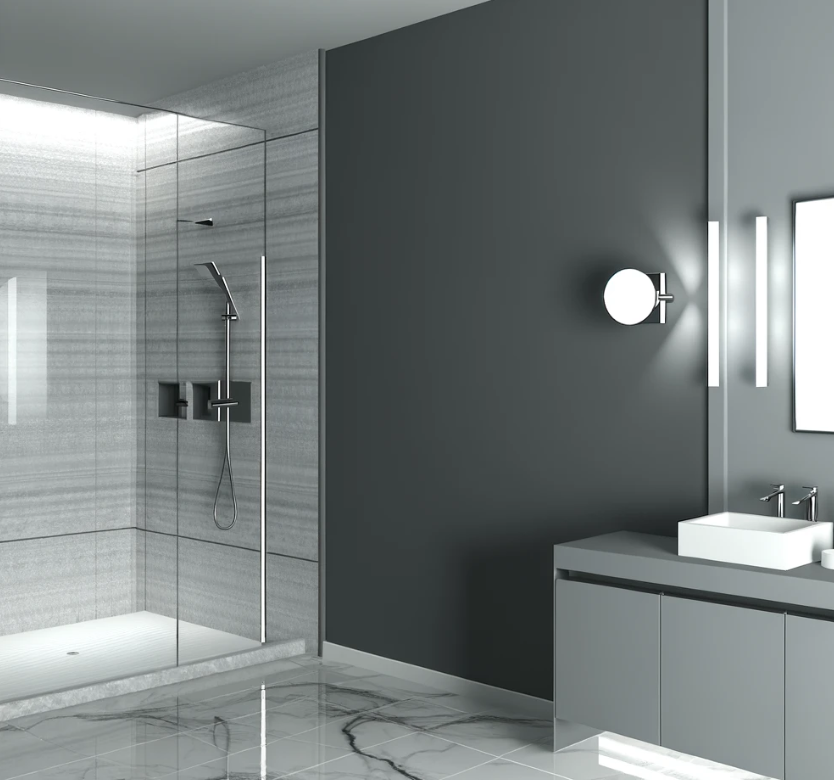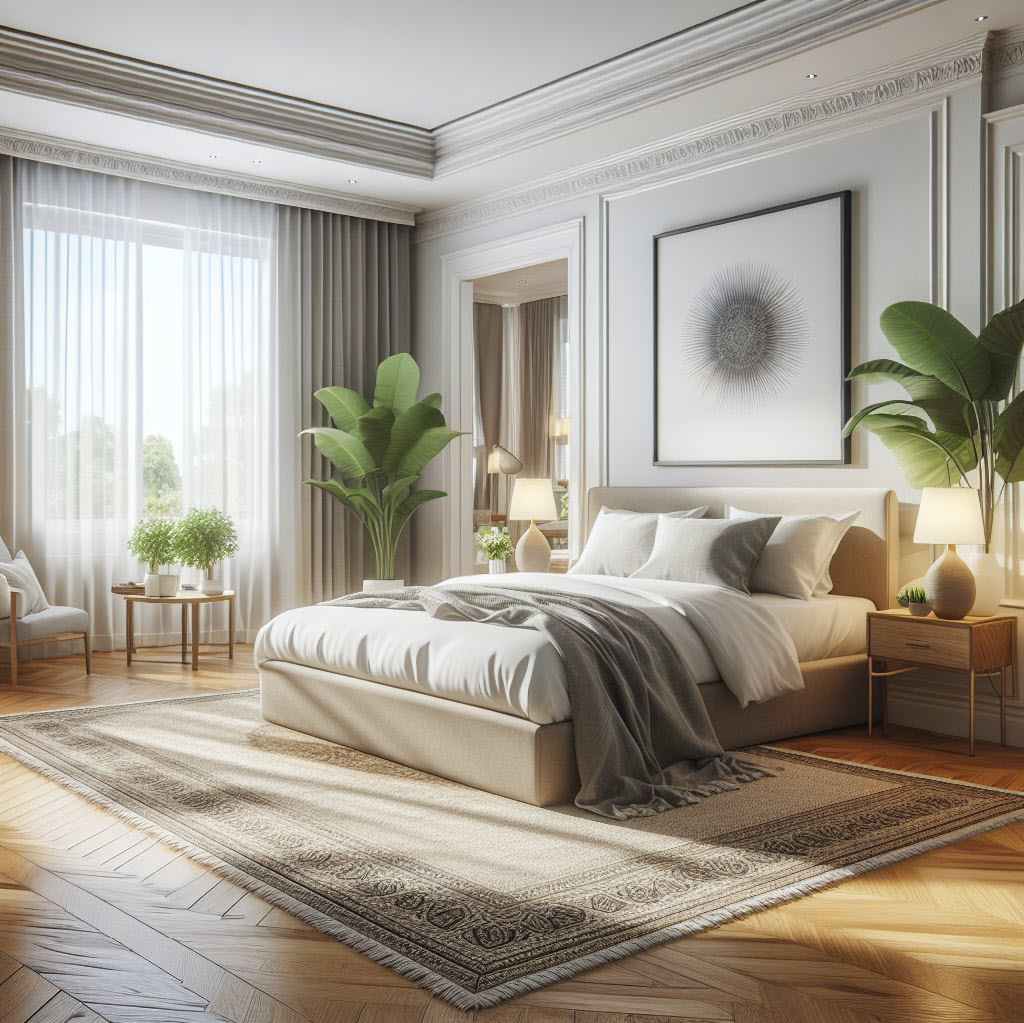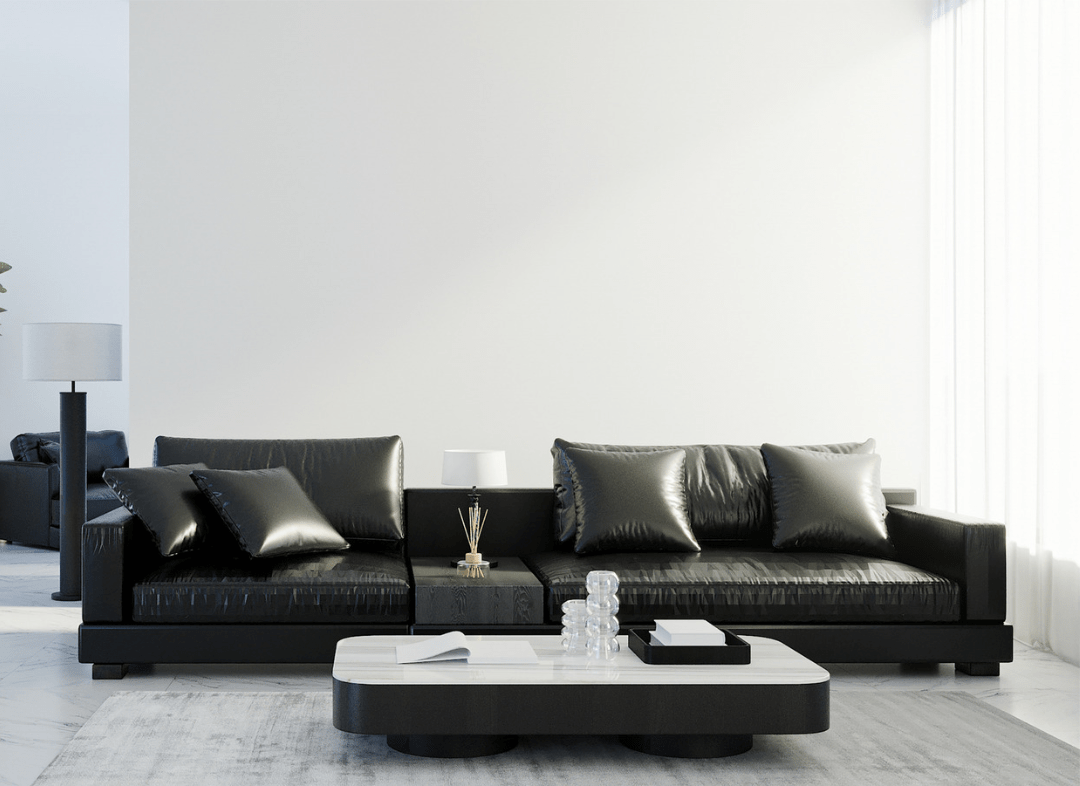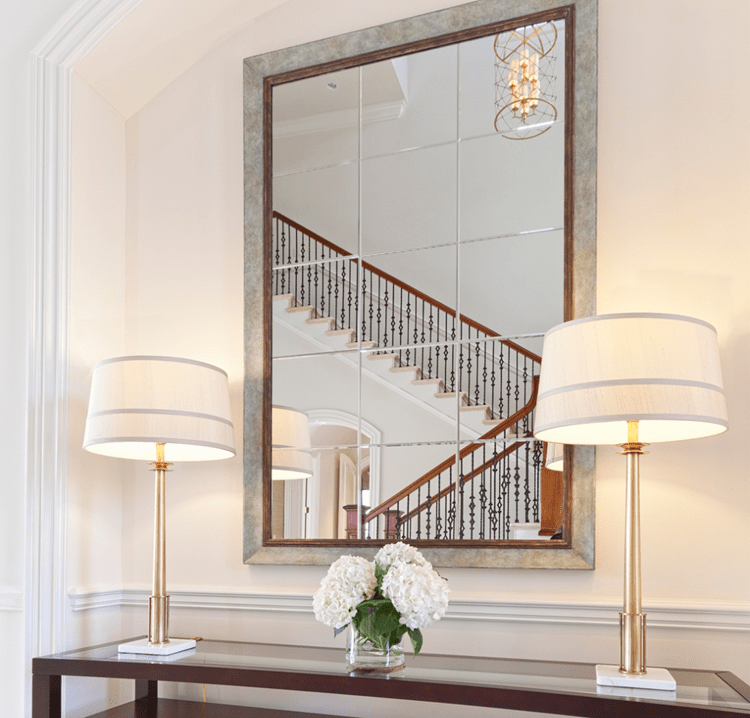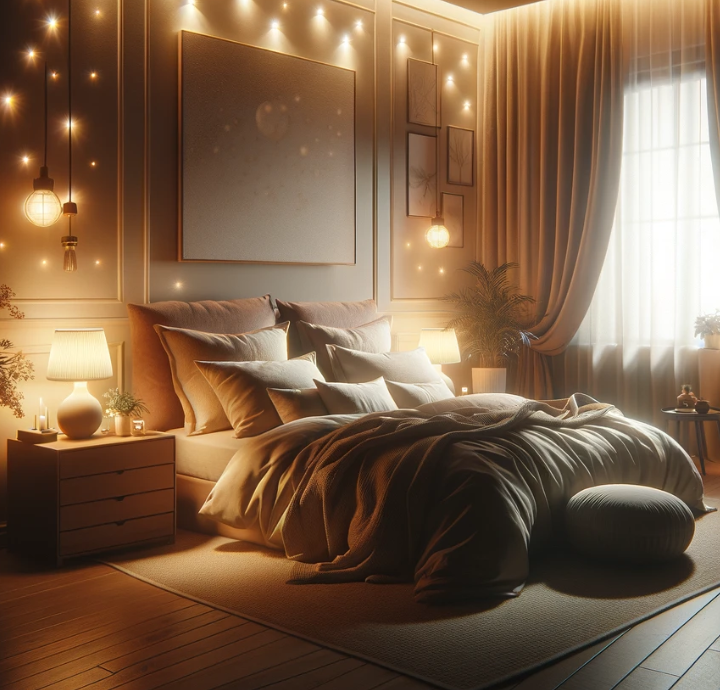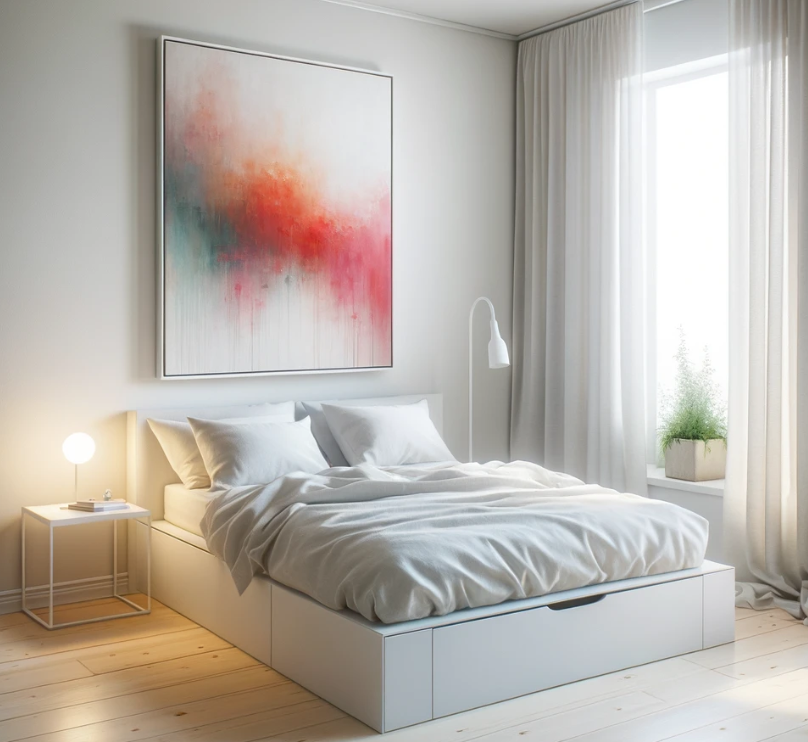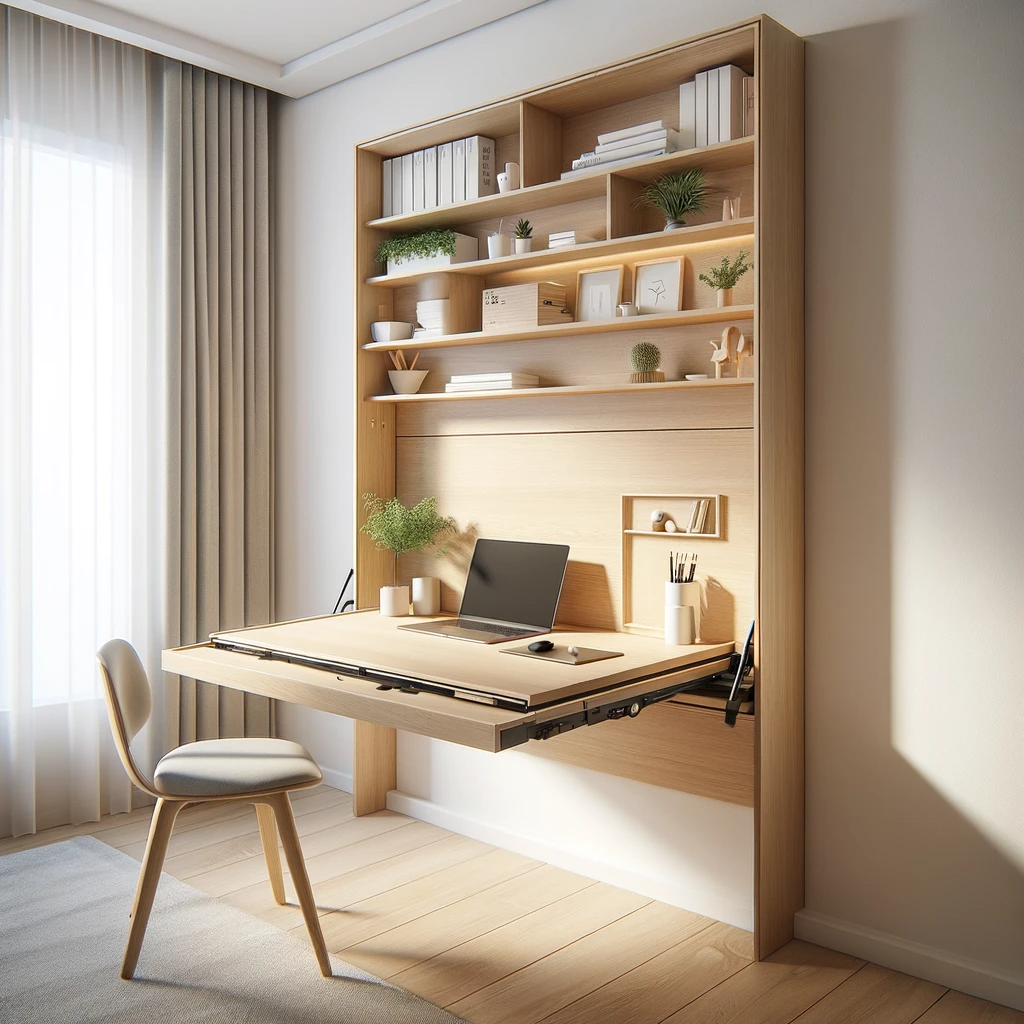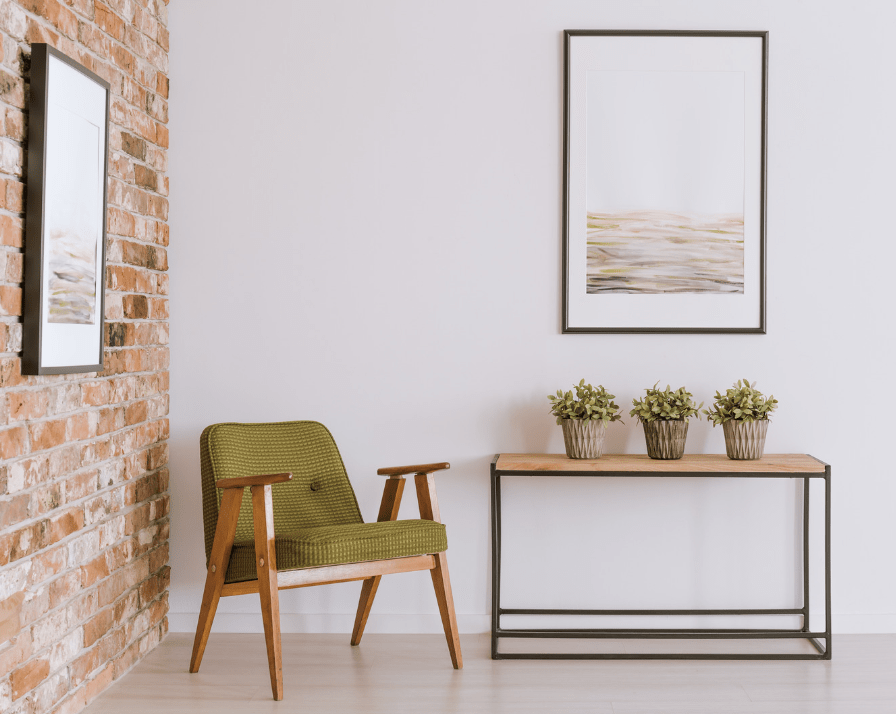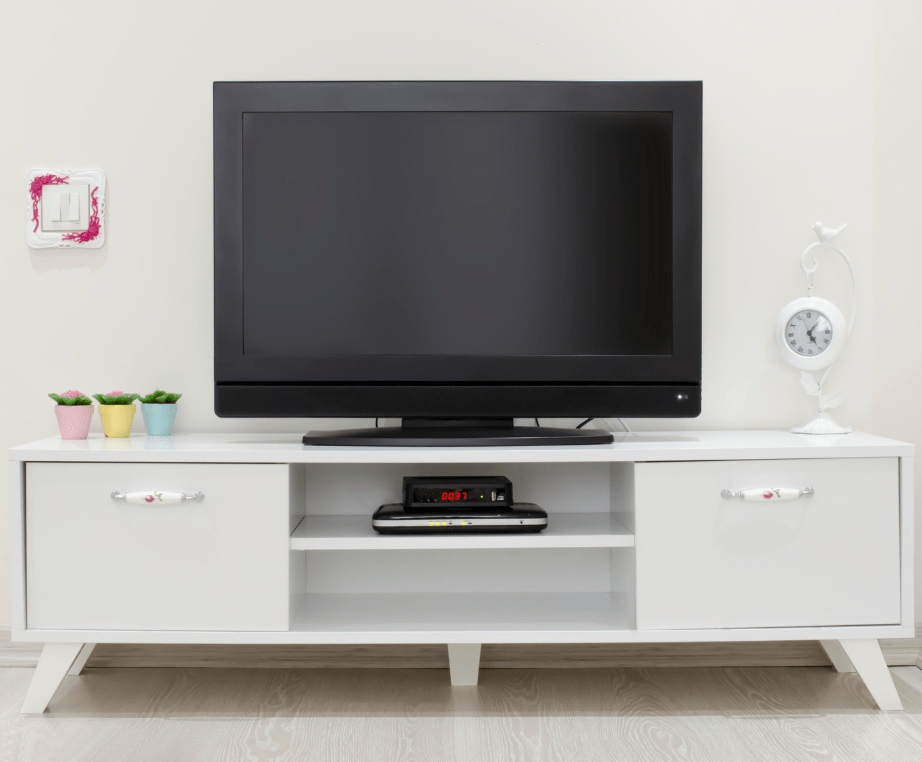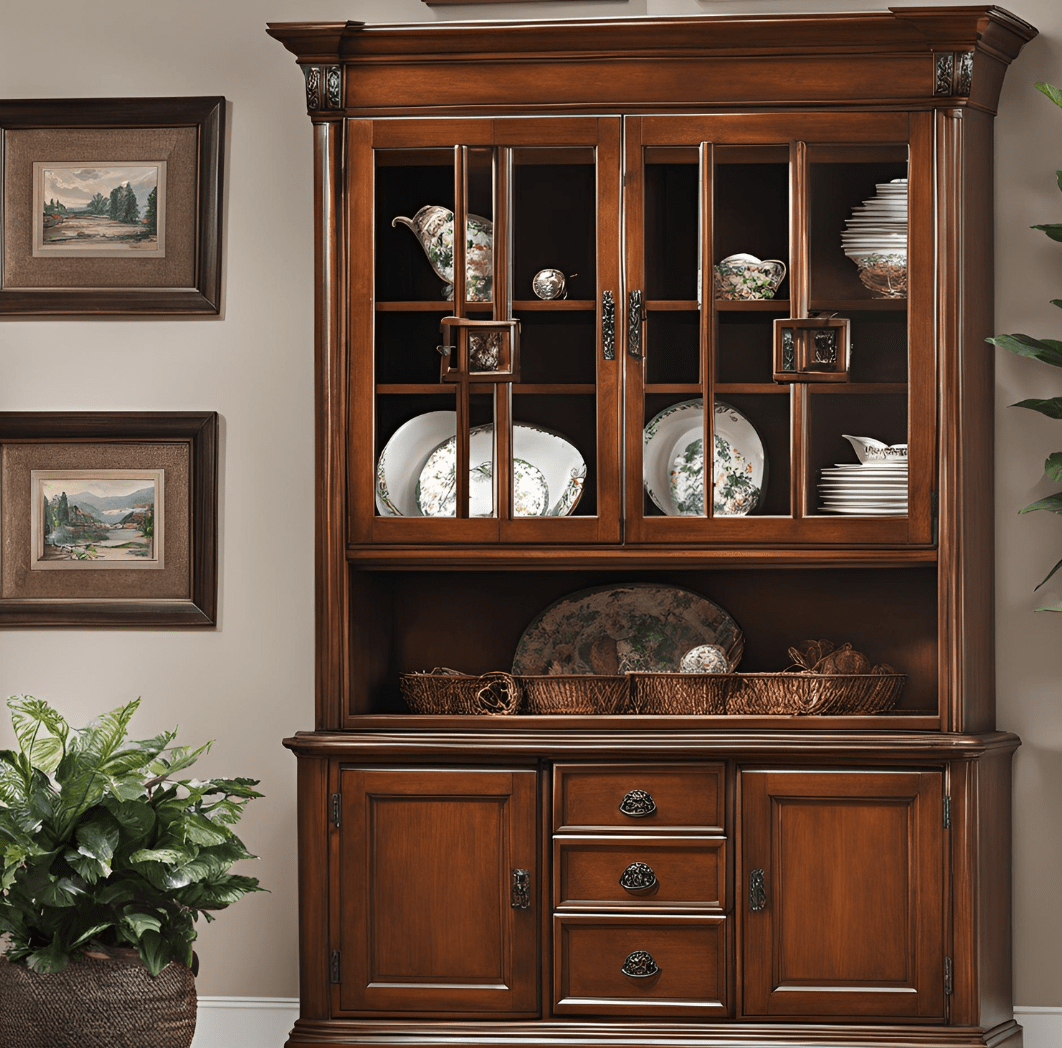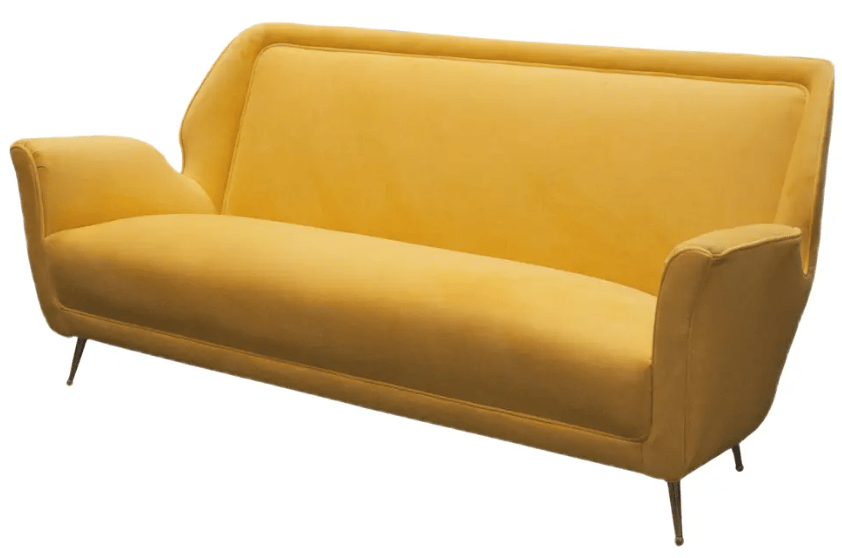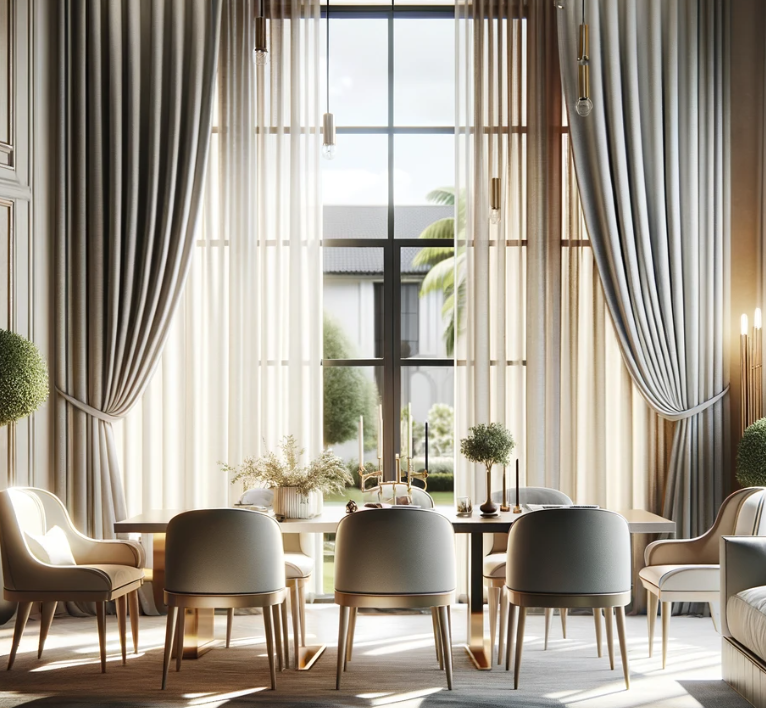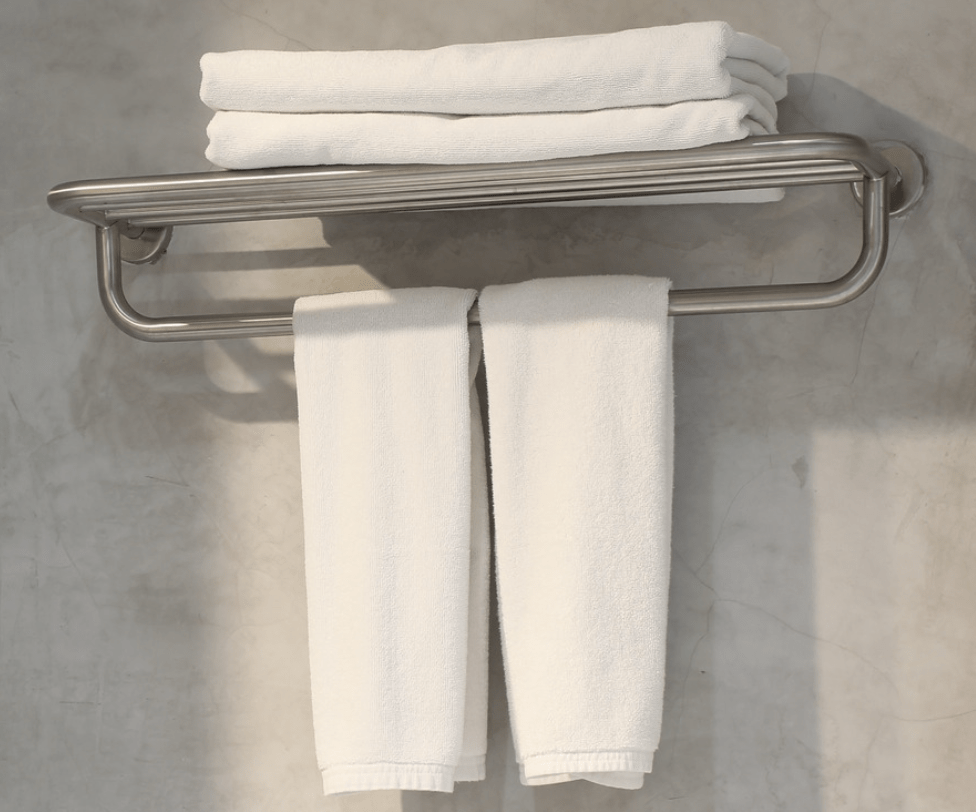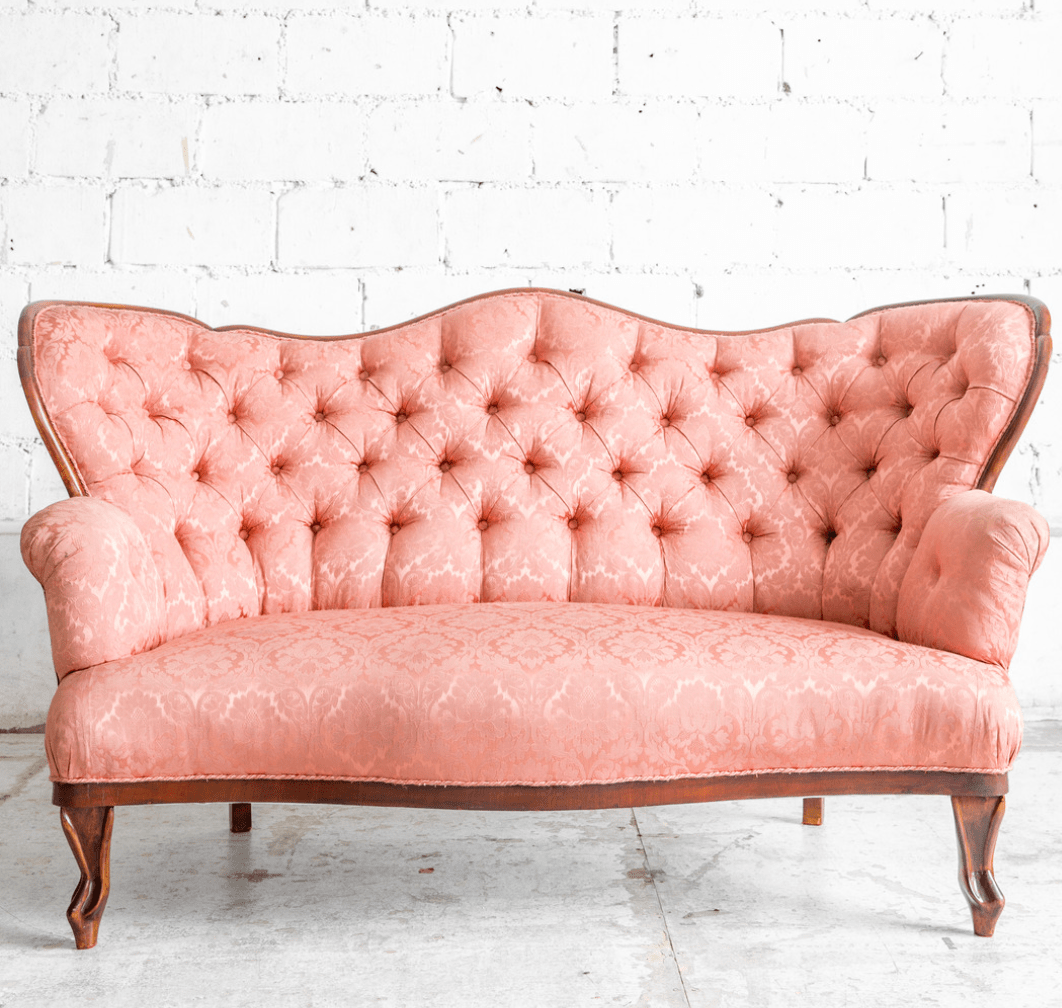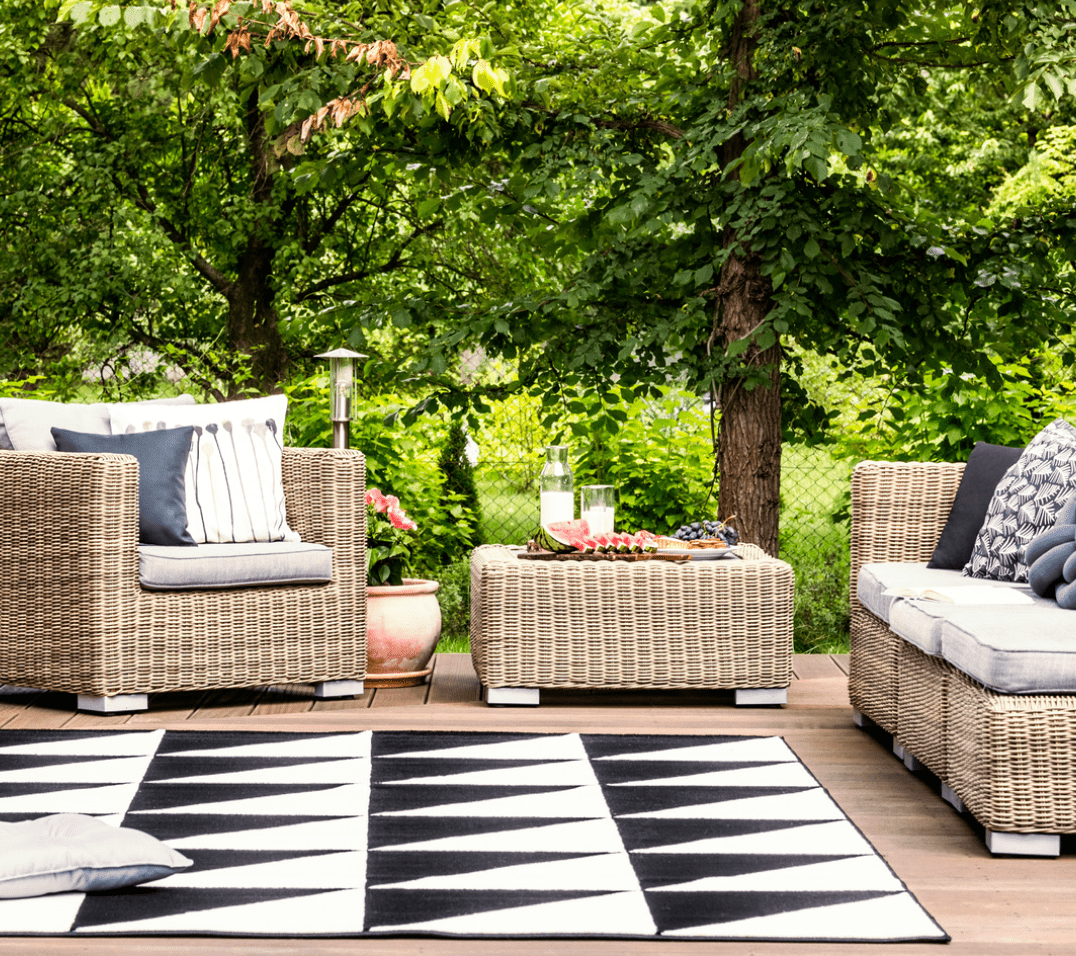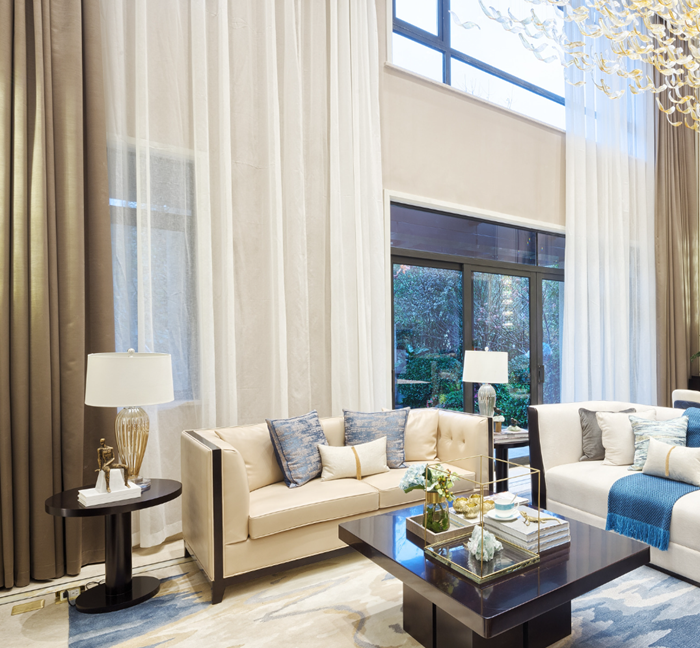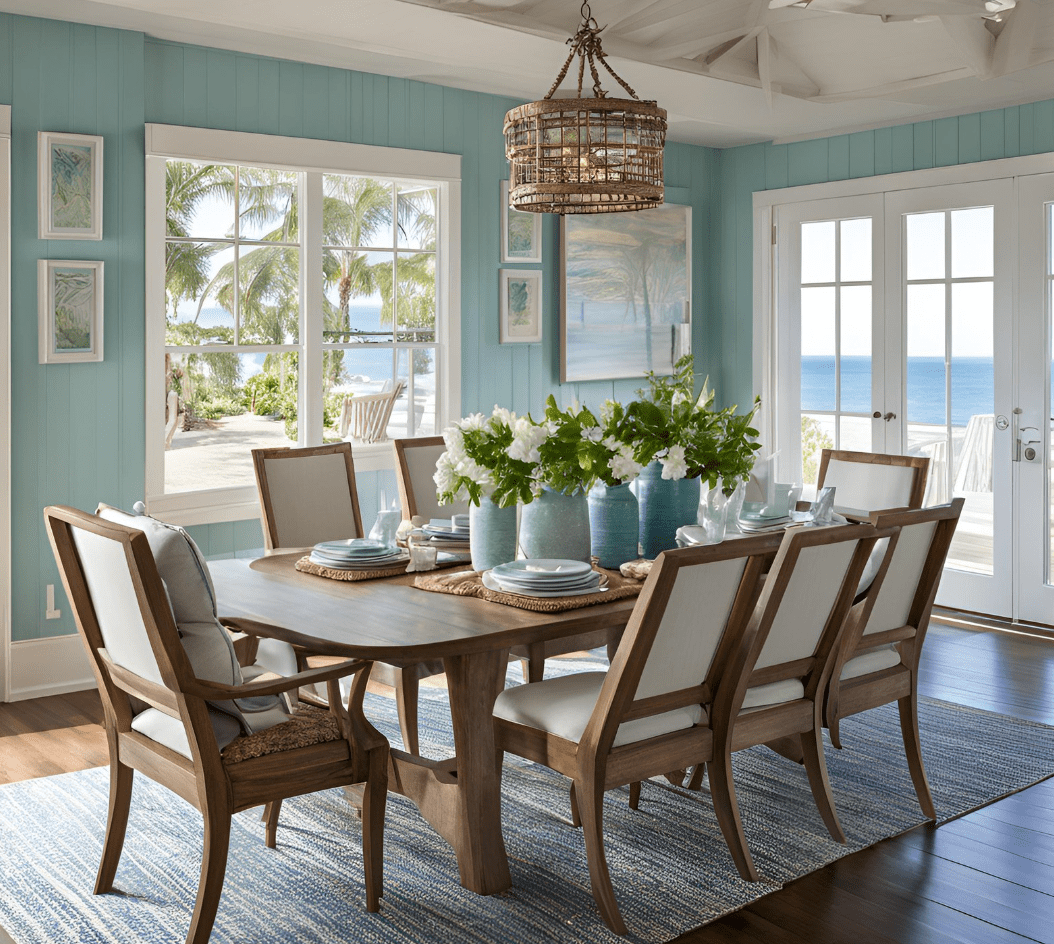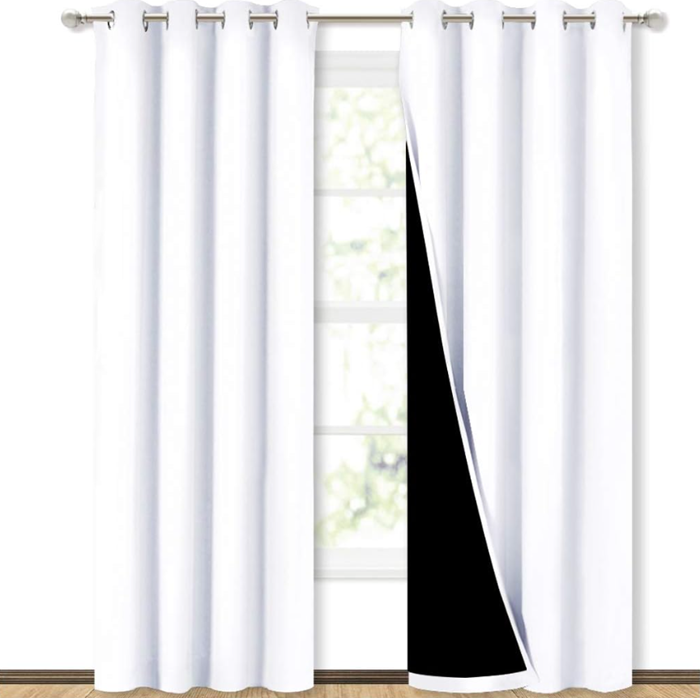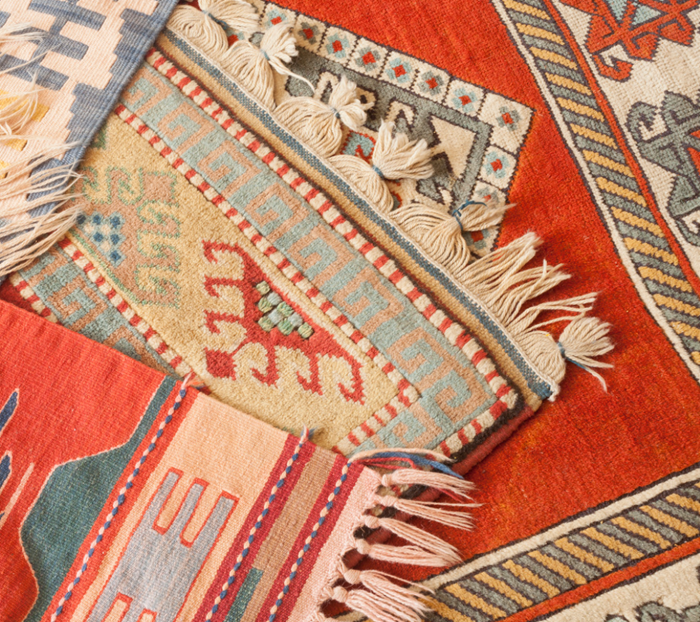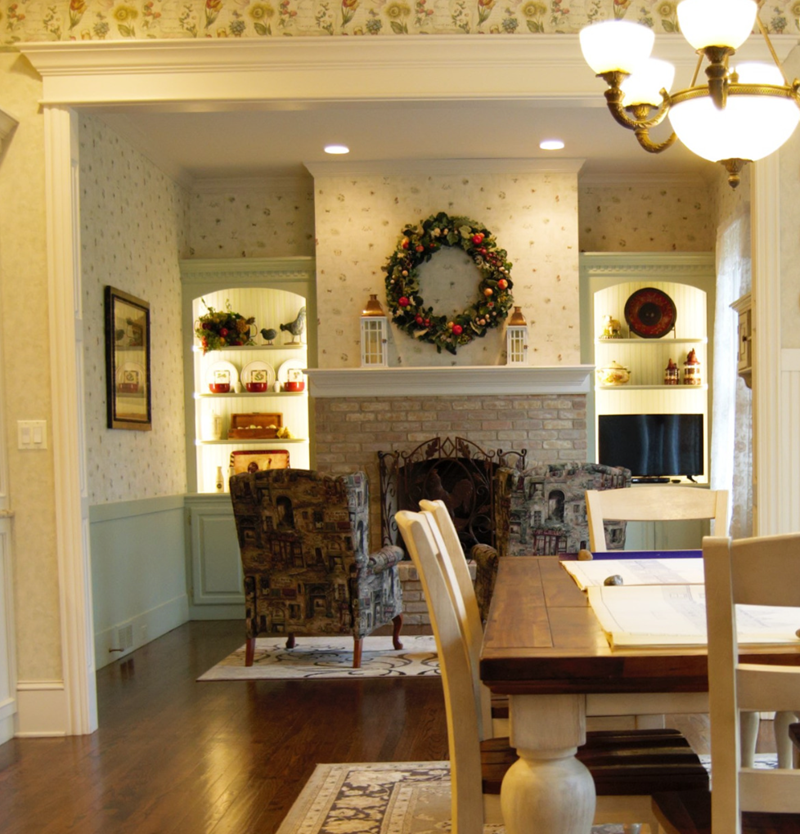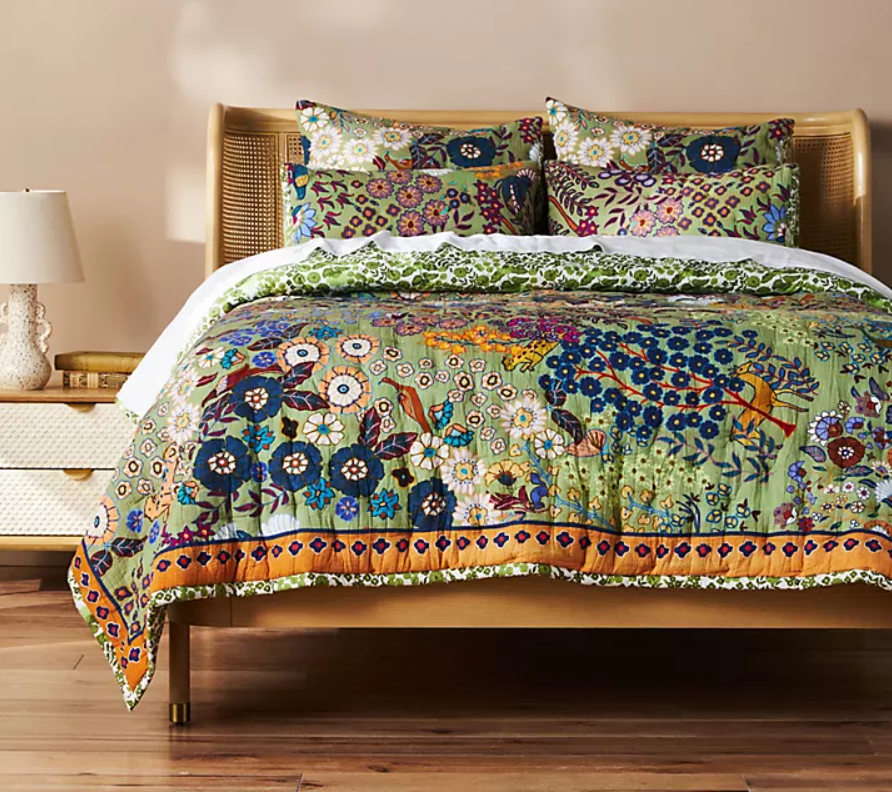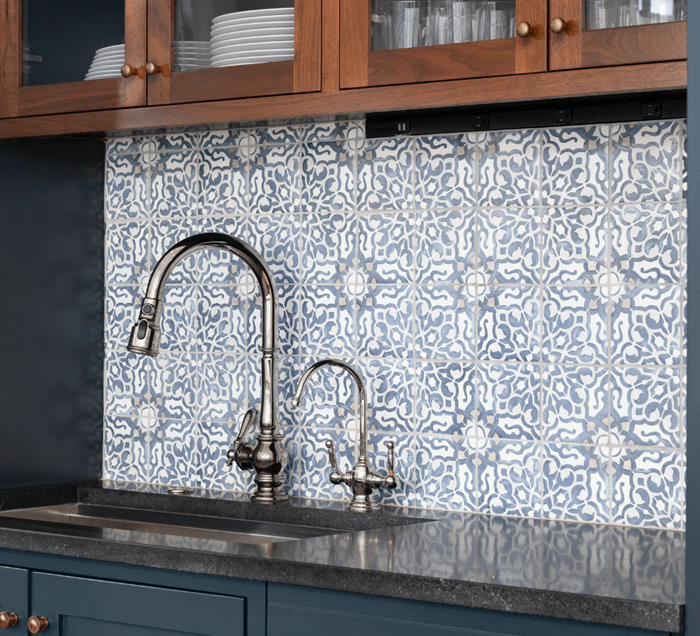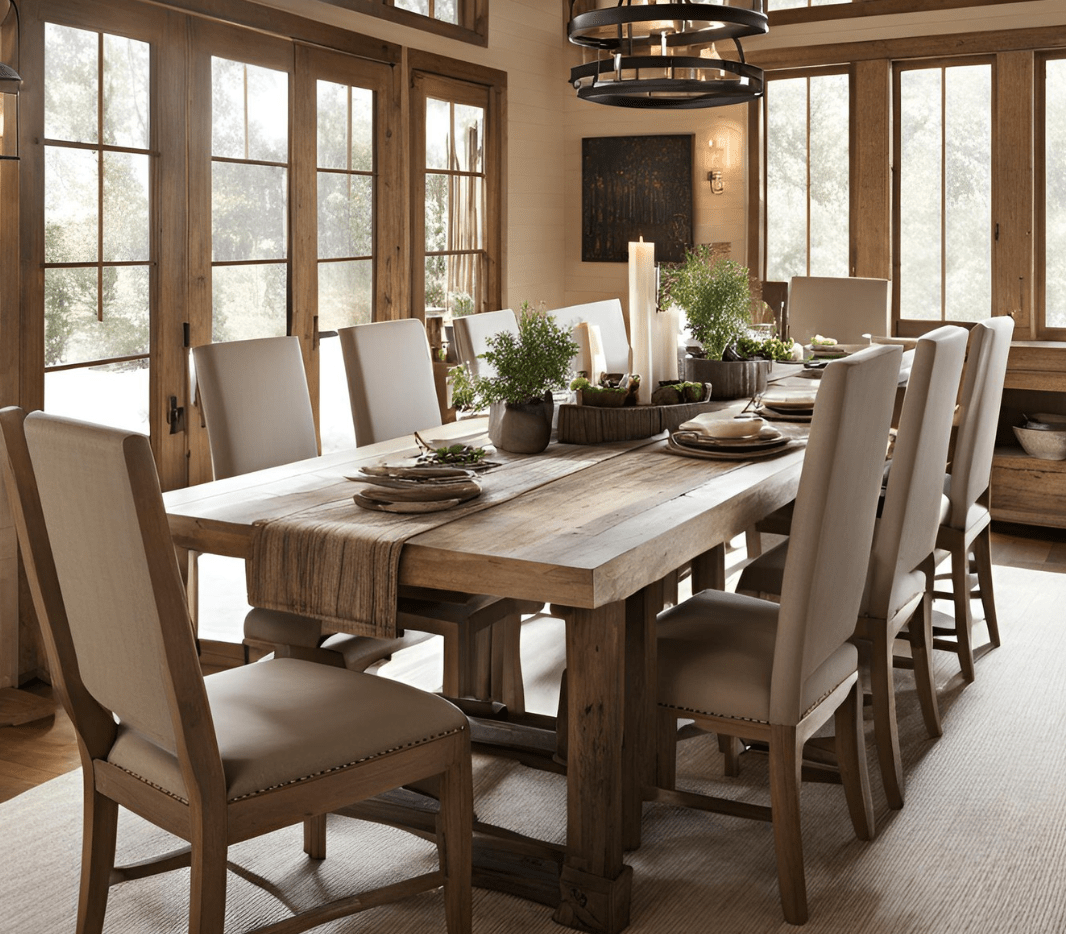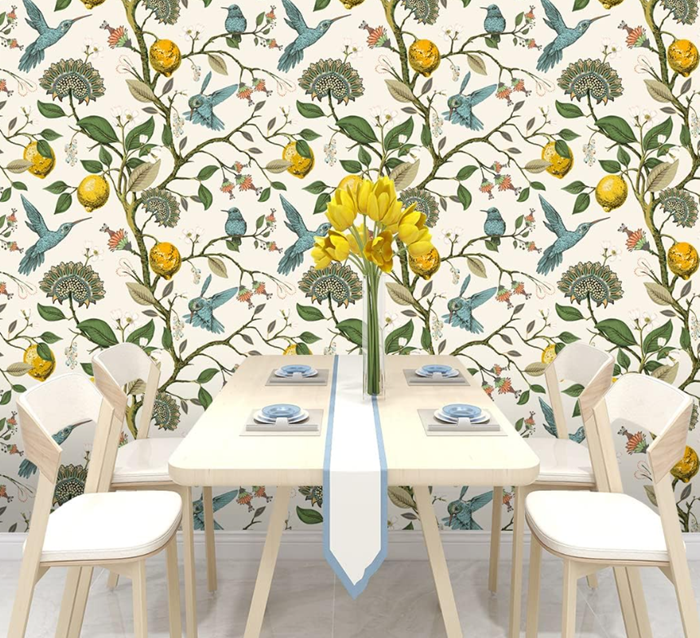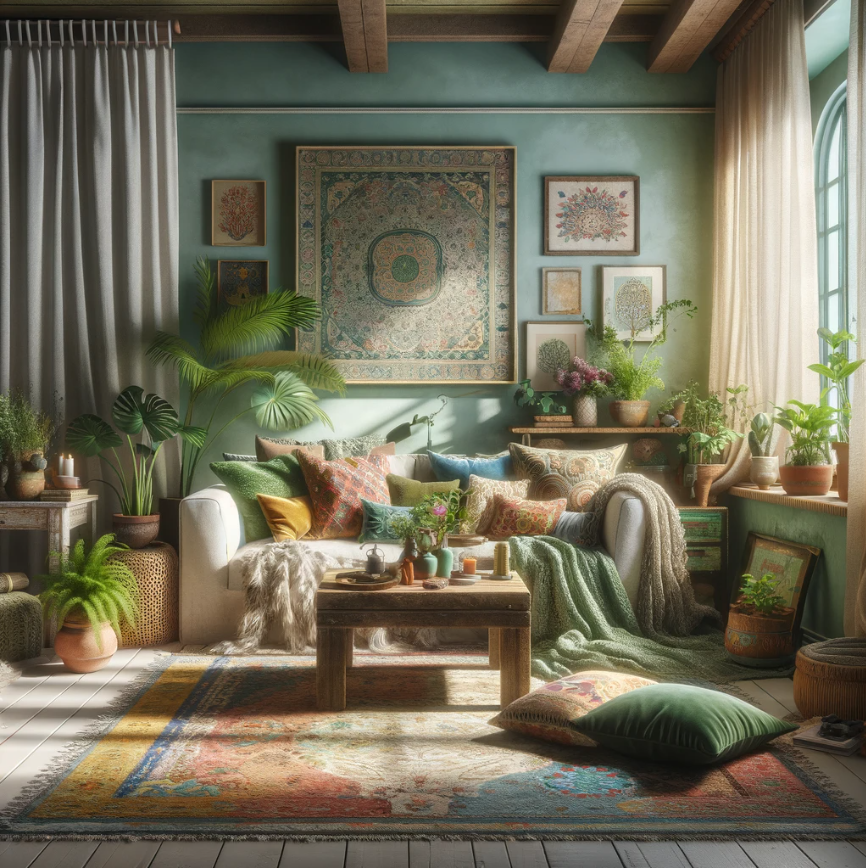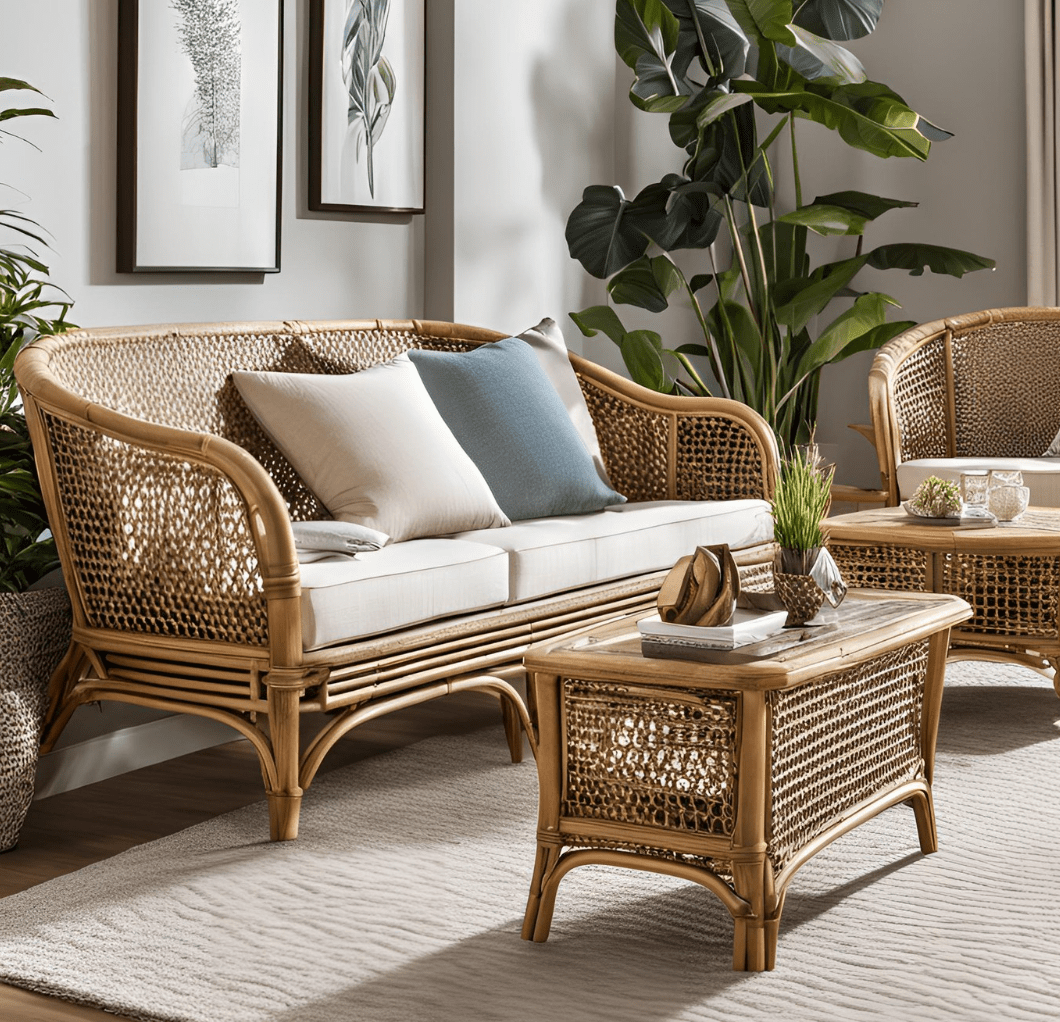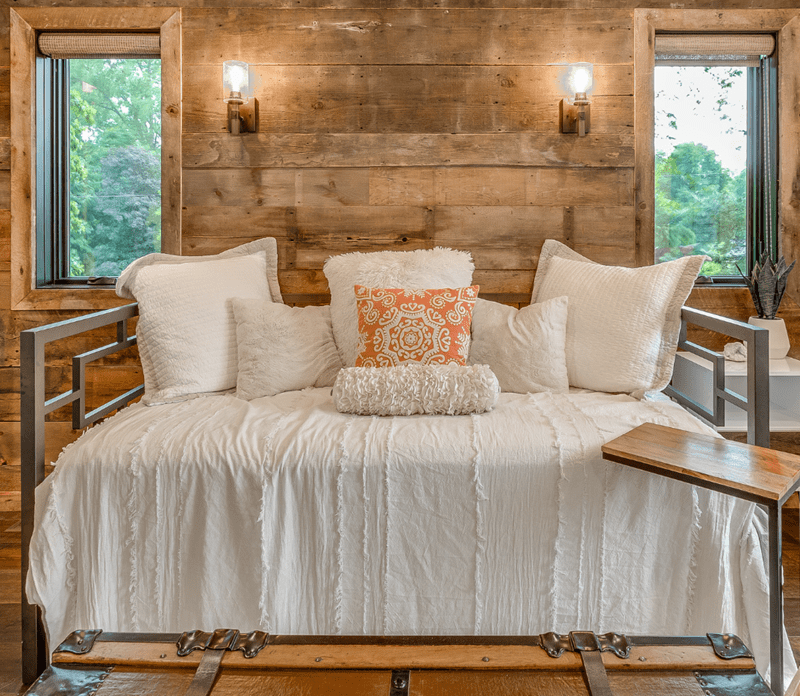The Keeping Room: A Blend of Nostalgia and Comfort

The ‘Keeping Room’ trend is gaining popularity in homes nationwide, capturing homeowners’ hearts and imaginations seeking a cozy, functional, and inviting space. But what exactly is a keeping room, and why is it so cherished?
Unraveling the Origins of the ‘Keeping Room’ Name
Before we can truly understand the ‘keeping room’ trend, we must unveil its name’s origins. The term ‘keeping room’ dates back to colonial America when it referred to the central space in a home where the family would gather to keep warm during winter.
This multi-purpose space served as a kitchen, dining area, and a place for socializing and relaxation. In the early days of colonial America, heating a home was a challenge, especially during the harsh winter months. The keeping room was strategically located near the fireplace, the primary heat source. Families would gather in this room to stay warm and cozy, huddling around the crackling fire.

traditional keeping room sketch
But the keeping room was more than just a space for warmth. It was a hub of activity and a place where daily life unfolded. The room would come alive in the mornings with freshly brewed coffee and the sizzle of bacon on the stove. It was here that families would gather to share meals, break bread together, and engage in lively conversations.
The keeping room was also a space for socializing and relaxation. After a long day of work, families would retreat to this room to unwind and spend quality time together. It was where stories were shared, laughter echoed, and bonds were strengthened. In the evenings, the room would be bathed in the soft glow of candlelight, creating a warm and inviting atmosphere.
Its name, ‘keeping room,’ comes from the old English word ‘cēpan,’ which means to care for or preserve. In this sense, the keeping room was a space where families would ‘keep’ their loved ones, food, and cherished belongings safe. It was a sanctuary within the home, a place of comfort and security.
As time passed, the concept of the keeping room evolved, and its purpose shifted. With the advent of modern heating systems, the need for a central gathering space solely for warmth diminished.
However, the charm and versatility of the keeping room remained. The keeping room has become a popular design trend, with homeowners embracing its historical significance and creating their own modern interpretations.
Whether it’s a cozy nook by the fireplace or a spacious area adjacent to the kitchen, the keeping room continues to be where families come together, share meals, and create lasting memories. It’s a space that embodies the spirit of togetherness and reminds us to preserve our traditions and connections.
The Essential Elements of a Traditional Keeping Room
Certain key elements must be considered to create an authentic keeping room experience. Firstly, the fireplace is the heart of the room. Not only does it provide warmth and comfort, but it also serves as a gathering point for family and friends. Picture cozy winter evenings spent huddled around the crackling fire, with the soft glow illuminating the room and casting dancing shadows on the walls. The fireplace becomes a focal point, radiating warmth and togetherness.
Next, ample seating is essential. Consider a mix of comfortable sofas and window seats to accommodate various activities and group sizes. Imagine sinking into a plush sofa, surrounded by plump cushions and soft blankets, as you engage in lively conversations or curl up with a good book. The seating arrangement should encourage relaxation and foster a sense of intimacy, allowing for easy conversation and shared experiences.
Natural materials like wood and stone help create a warm and inviting ambiance. Imagine the rustic charm of exposed wooden beams on the ceiling, or the elegance of a stone accent wall. These elements add texture and depth to the room, evoking a sense of history and tradition. The natural materials also connect to the outdoors, bringing a touch of nature into the space.
Soft lighting and cozy textiles complete the visual and sensory appeal of the space. Imagine the warm glow of a vintage-inspired chandelier. The gentle illumination creates a cozy atmosphere, perfect for unwinding after a long day. Soft, plush textiles, such as rugs, curtains, and throw blankets, add comfort and warmth, inviting you to sink in and relax.
To truly capture the essence of a traditional keeping room, it is important to incorporate elements of nostalgia and sentimentality. Family heirlooms, vintage photographs, and treasured artwork can all contribute to the story and character of the room. Imagine a wall adorned with black and white pictures, capturing generations of family memories. Each image tells a story, reminding us of our roots and the importance of family ties.
Additionally, consider incorporating a display area for collections or items with sentimental value. Imagine a vintage curio cabinet filled with cherished trinkets and mementos, each with its own story to tell. These personal touches bring a sense of history and meaning to the space, reminding us of the importance of family, tradition, and cherished memories.
A traditional keeping room is more than a functional space. It is a place where warmth, comfort, and togetherness come together. By incorporating elements such as a fireplace, ample seating, natural materials, soft lighting, and sentimental decor, you can create a space that looks beautiful and feels like home.
Maximizing the Functionality of Your Keeping Room (or Alternative Spaces)
While a dedicated keeping room may not be feasible in every home, there are alternative spaces that can serve the same purpose. These spaces can be designed to be multi-functional, accommodating various activities and needs. Let’s explore ideas for creating a cozy and functional keeping room, regardless of the available square footage.
The Evolution of the Keeping Room Concept
Over time, the concept of the keeping room has evolved to suit homeowners’ changing lifestyles and needs. Originally a space for practicality and survival, it has transformed into a place of comfort, relaxation, and socialization. Modern keeping rooms can now be found in various homes, from traditional to contemporary. This versatility ensures that anyone can create a space that reflects their style and meets their needs.
One popular alternative to a traditional keeping room is a designated corner in the kitchen. By combining the warmth and functionality of a kitchen with the comfort and inviting atmosphere of a keeping room, this space becomes the heart of the home. It allows for effortless entertaining, informal dining, and a cozy spot to gather and share stories while meals are being prepared.
Designing a Cozy and Functional Keeping Room
Regardless of the space available, there are several design principles to consider when creating a cozy and functional keeping room. Firstly, consider the layout and flow of the space. Arrange furniture in a way that promotes conversation and interaction while also allowing for comfortable movement. Adequate storage is also crucial for keeping the room organized and clutter-free. Incorporate built-in cabinets, bookshelves, or a vintage armoire to house belongings and display cherished items.
Furthermore, lighting plays a significant role in setting the ambiance of the room. Incorporate a mix of natural and artificial lighting to create a warm and inviting atmosphere. Use a combination of pendant lights, floor lamps, and candles to achieve a cozy glow throughout the space. Lastly, don’t avoid incorporating modern technology into your keeping room. A large flat-screen TV, sound system, or gaming console can add entertainment value while maintaining the room’s comfort and functionality.
Alternative Uses for a Modern Keeping Room
Modern interpretations have expanded its functionality, while the traditional keeping room was primarily used for cooking, dining, and socializing. Today, a keeping room can serve various purposes depending on the needs and preferences of the homeowner. Consider transforming your keeping room into a home office, a craft room, a yoga studio, or a library. This versatility allows you to tailor the space to your interests and hobbies, creating a personalized sanctuary to pursue your passions.
Ultimately, the true beauty of the keeping room trend lies in its ability to blend practicality and nostalgia with contemporary design. It serves as a reminder that a home should be more than just a place to live; it should be a space that nurtures and inspires.
So, whether you have a dedicated keeping room or a cozy corner in the kitchen, embrace the ‘keeping room’ trend and create a sanctuary where cherished memories are made and treasured moments are shared.
FAQs
- What is a Keeping Room?
- A keeping room is a traditional space, usually adjacent to the kitchen, that dates back to colonial times. It was a multi-purpose area for cooking, eating, and spending time with family.
- How does the modern Keeping Room differ from its historical counterpart?
- While historically a functional space for warmth and cooking, modern keeping rooms blend this historical charm with contemporary comfort, often serving as cozy, informal sitting areas near the kitchen.
- Why is the Keeping Room trend making a comeback?
- The trend is resurfacing due to its blend of nostalgia, comfort, and practicality. It offers a warm, inviting space where families can gather informally, echoing a desire for more intimate and multifunctional home areas.
- Can Keeping Rooms be integrated into modern homes?
- Yes, keeping rooms can be integrated into modern homes. They are versatile, can be adapted to various interior styles, and serve as a cozy extension of the kitchen for family gatherings.
- What are some key elements of a Keeping Room’s design?
- Key elements include comfortable seating, warm textiles, and a fireplace or stove for warmth. The design often features rustic, homey elements that evoke a sense of history and comfort.
The Curated Showhouse
Our content is written by our team of experienced interior design experts.











